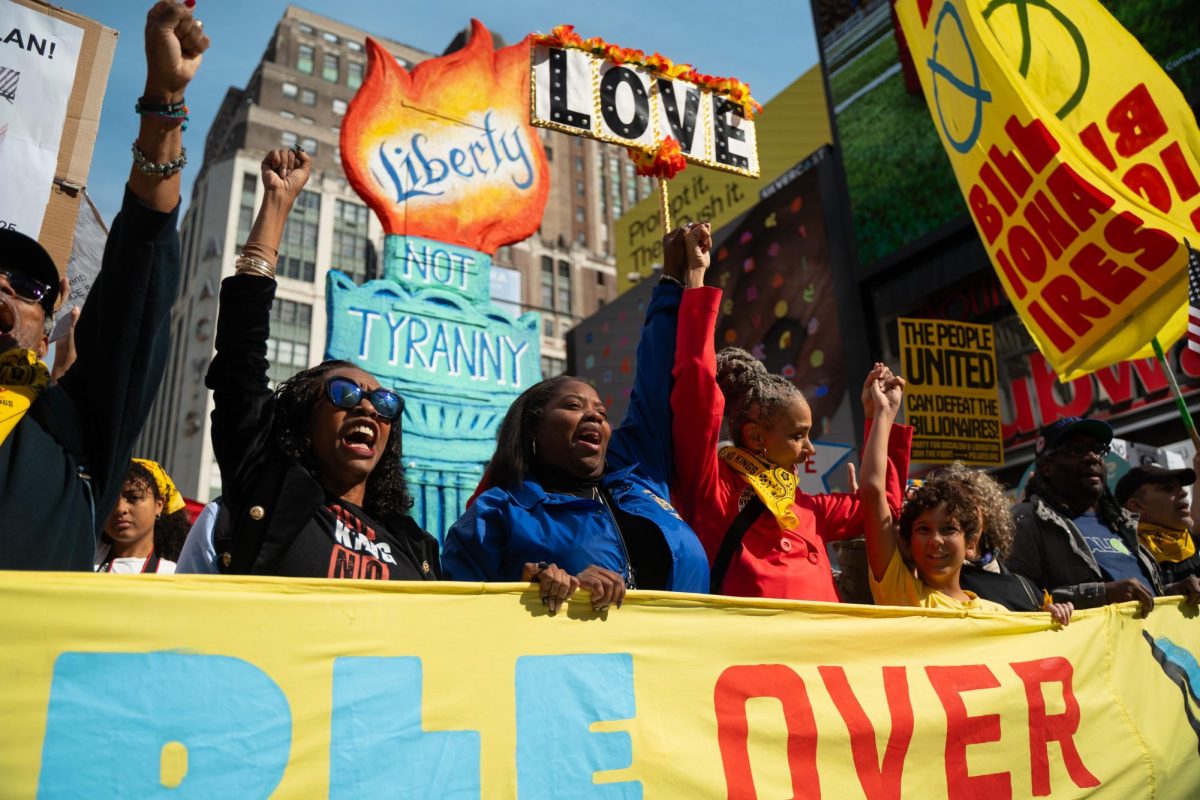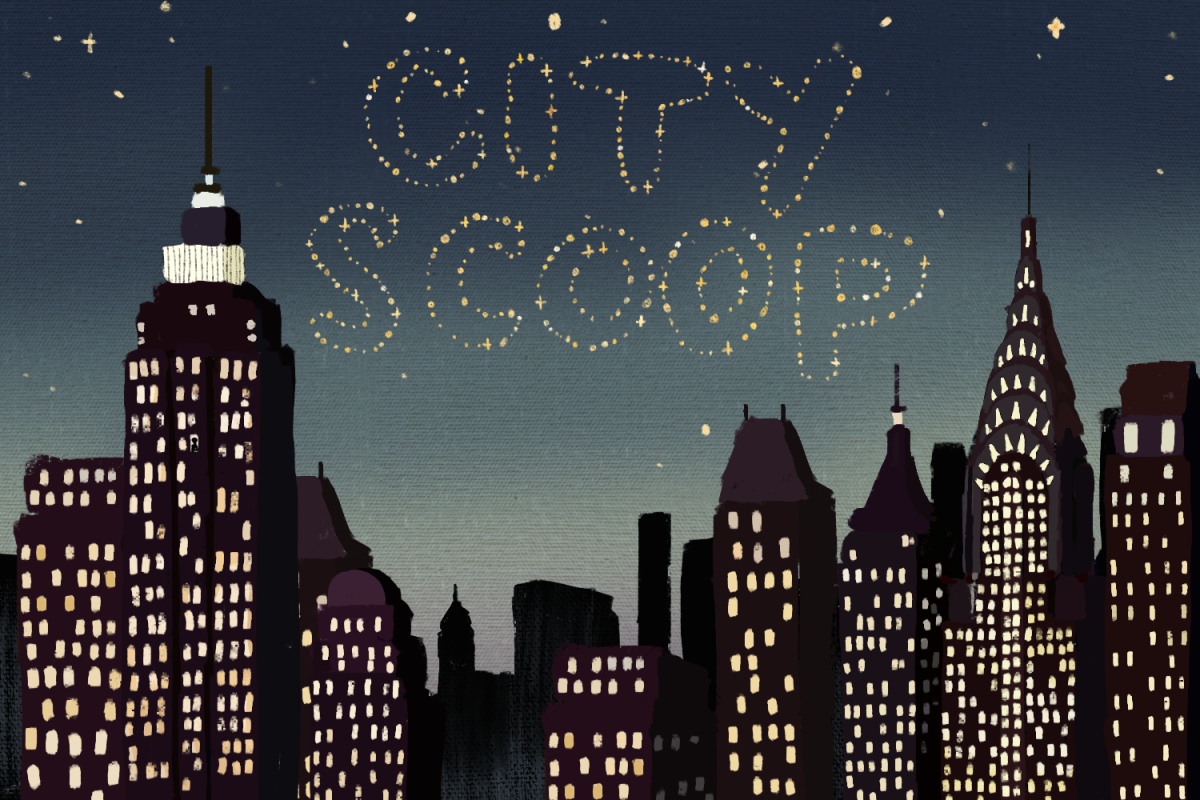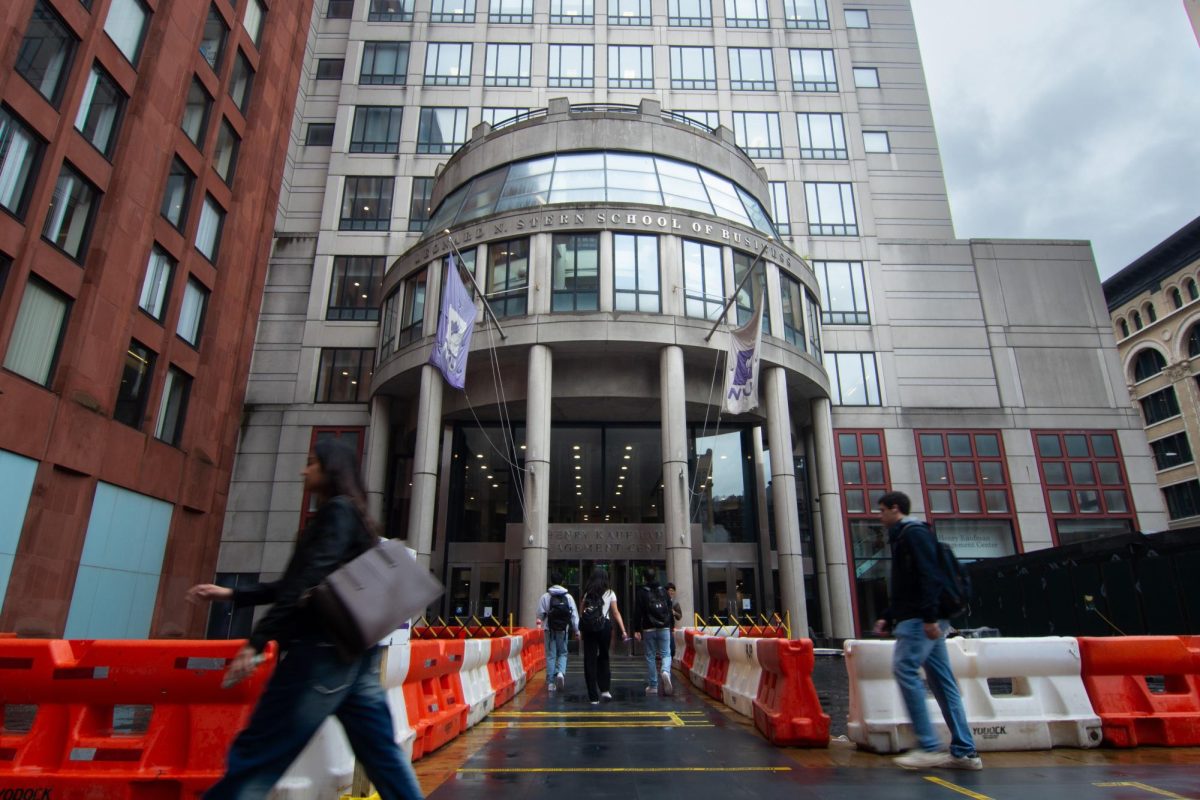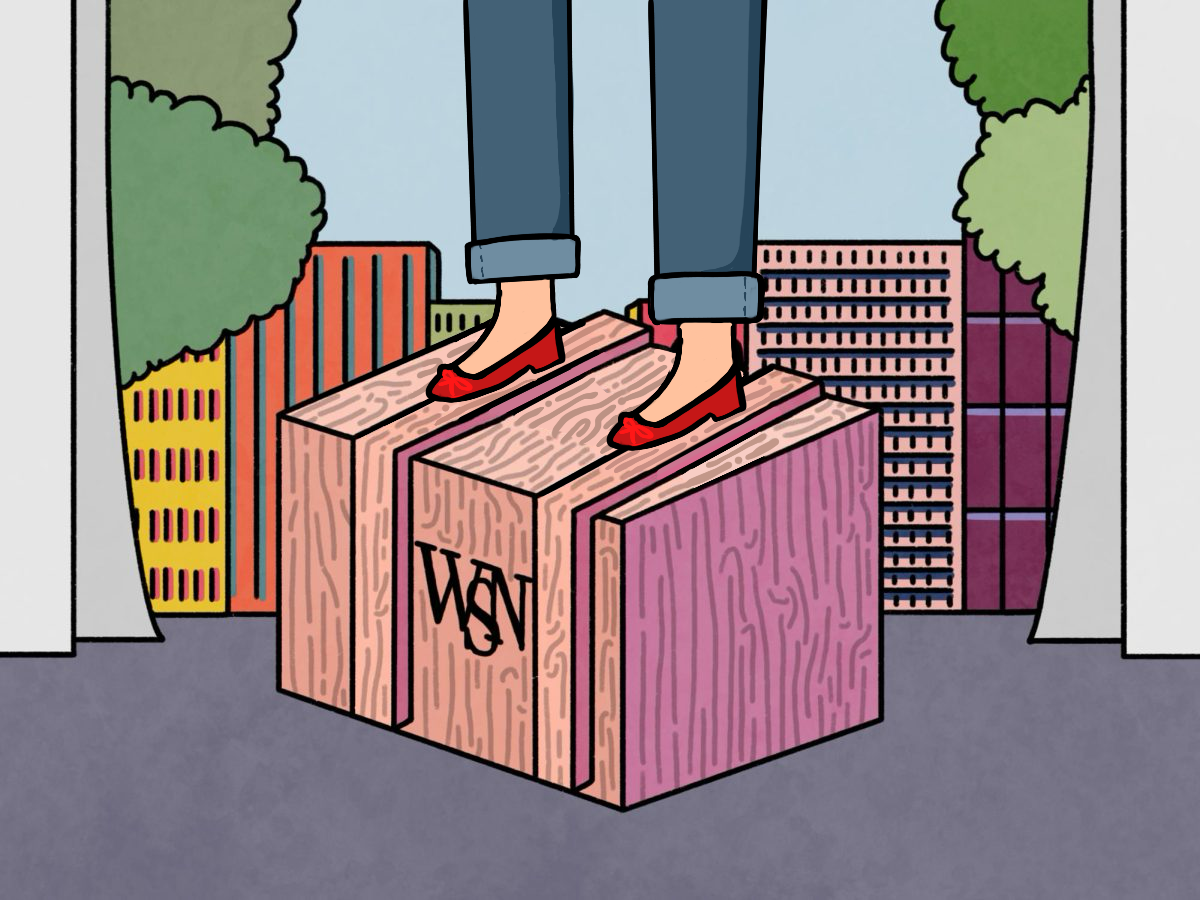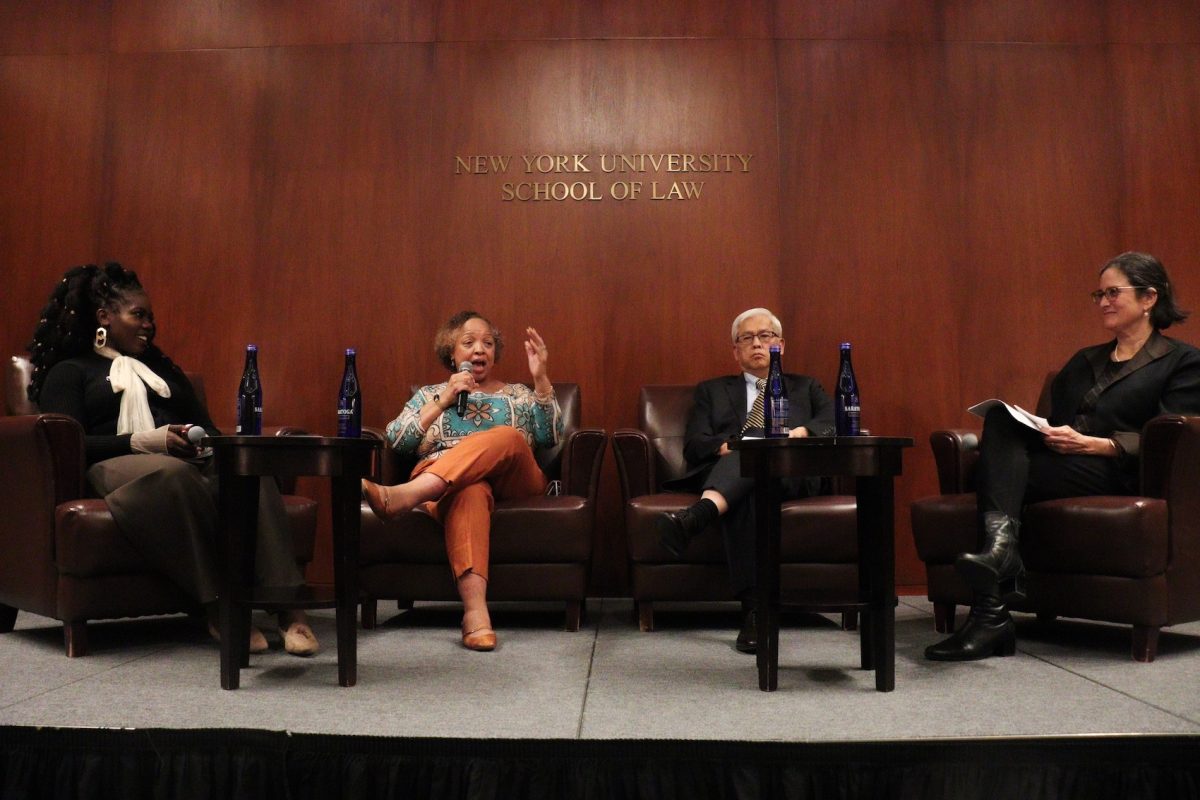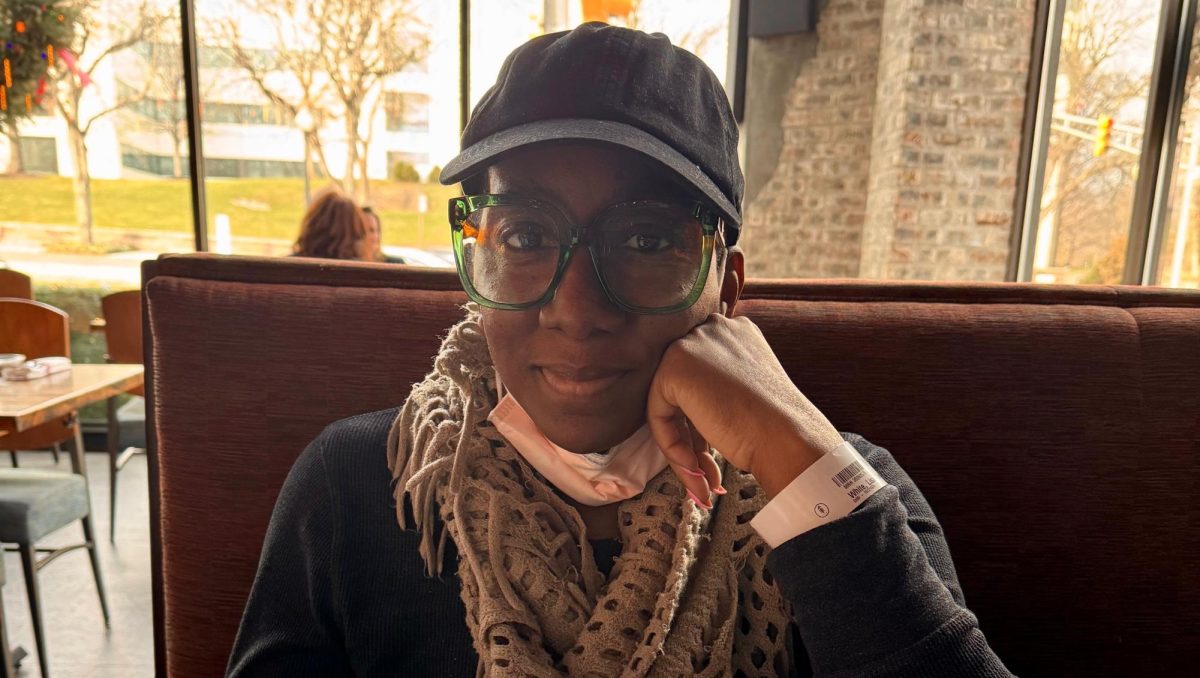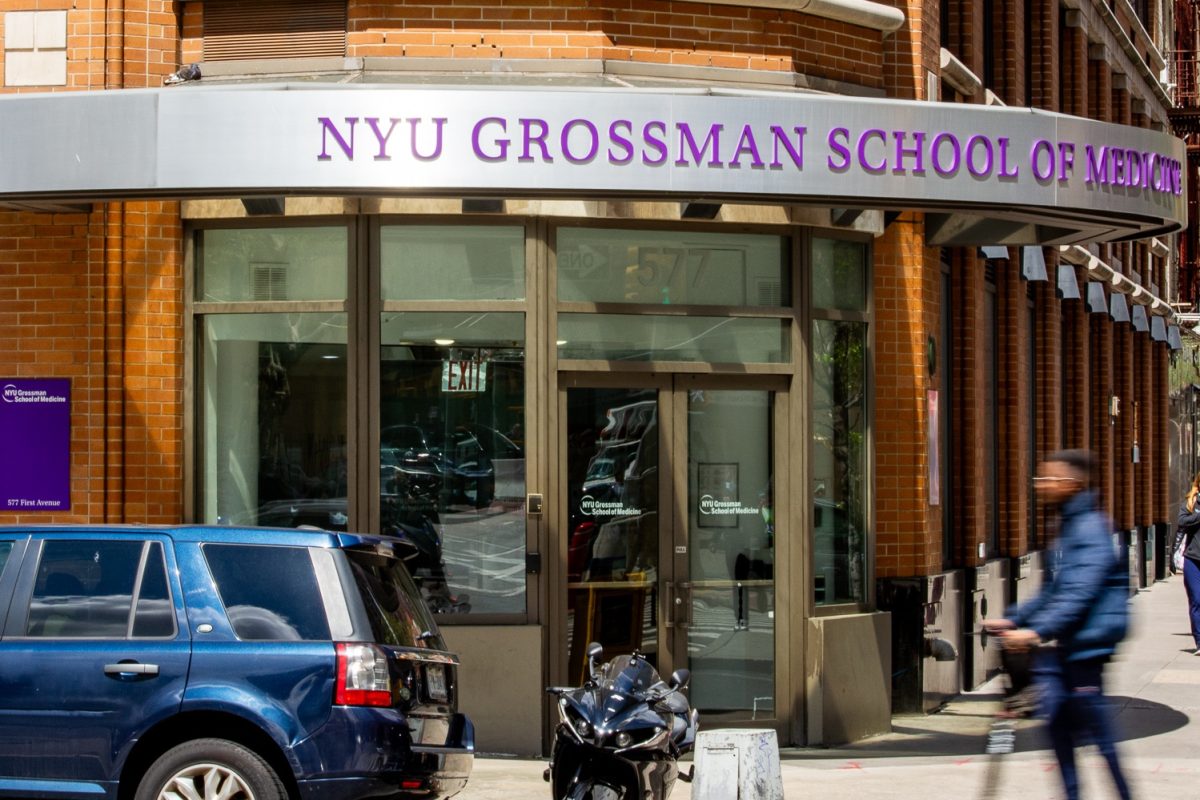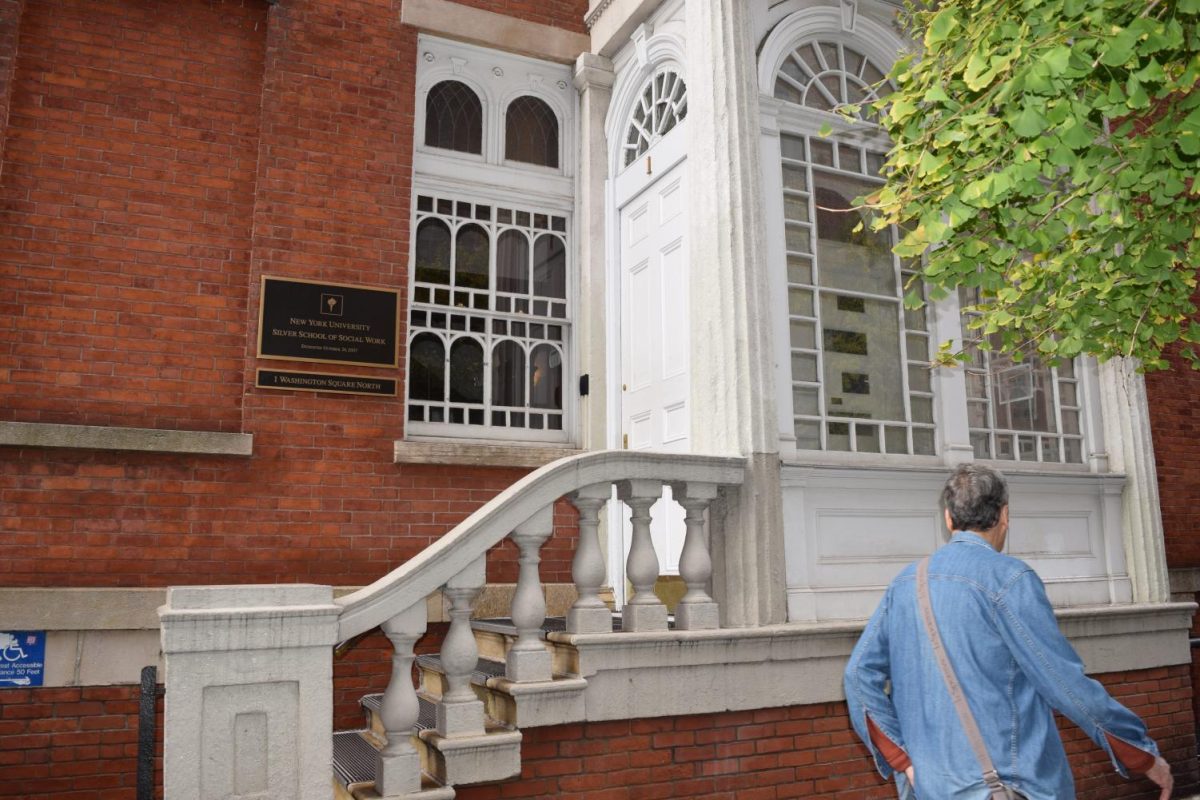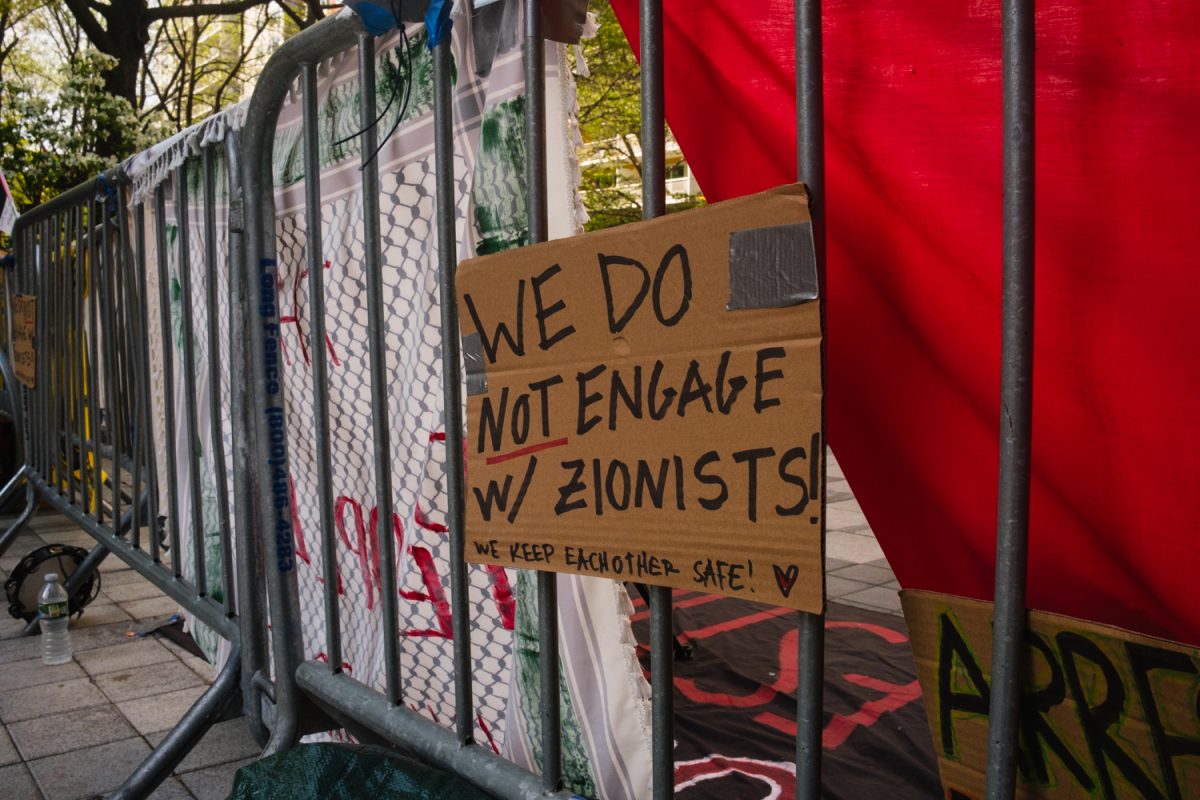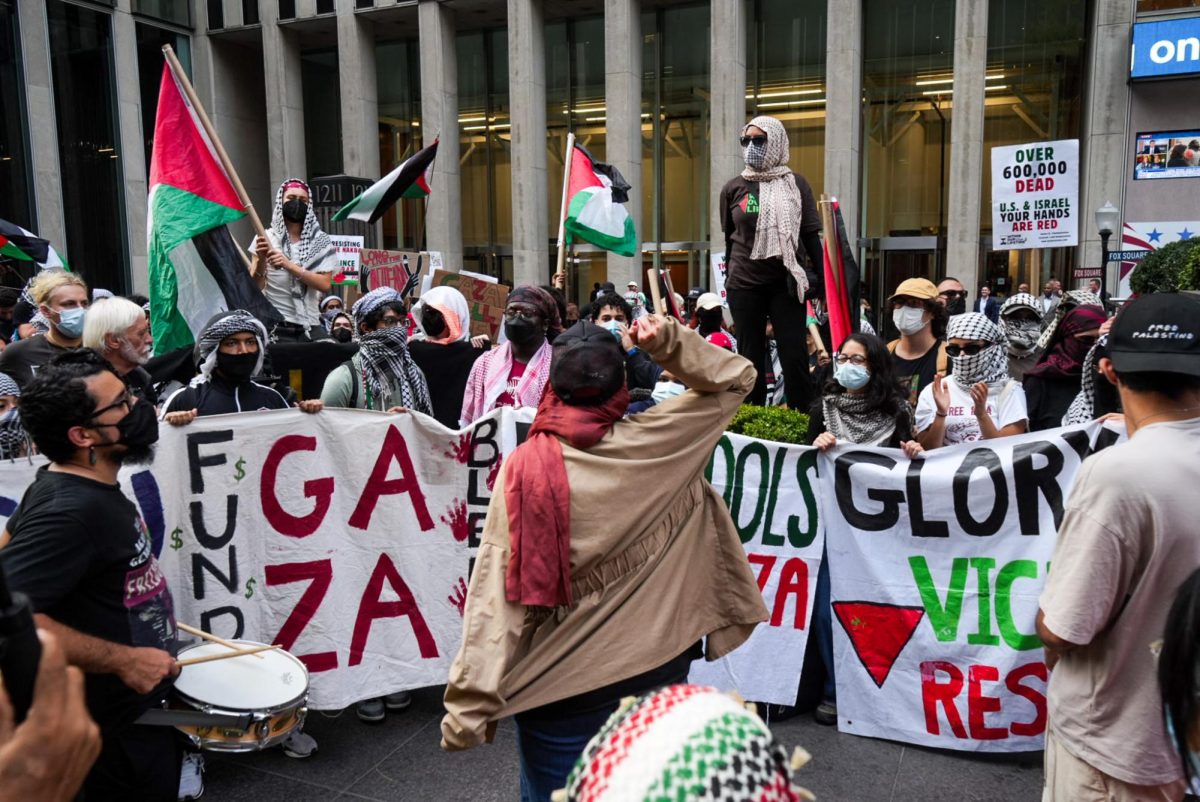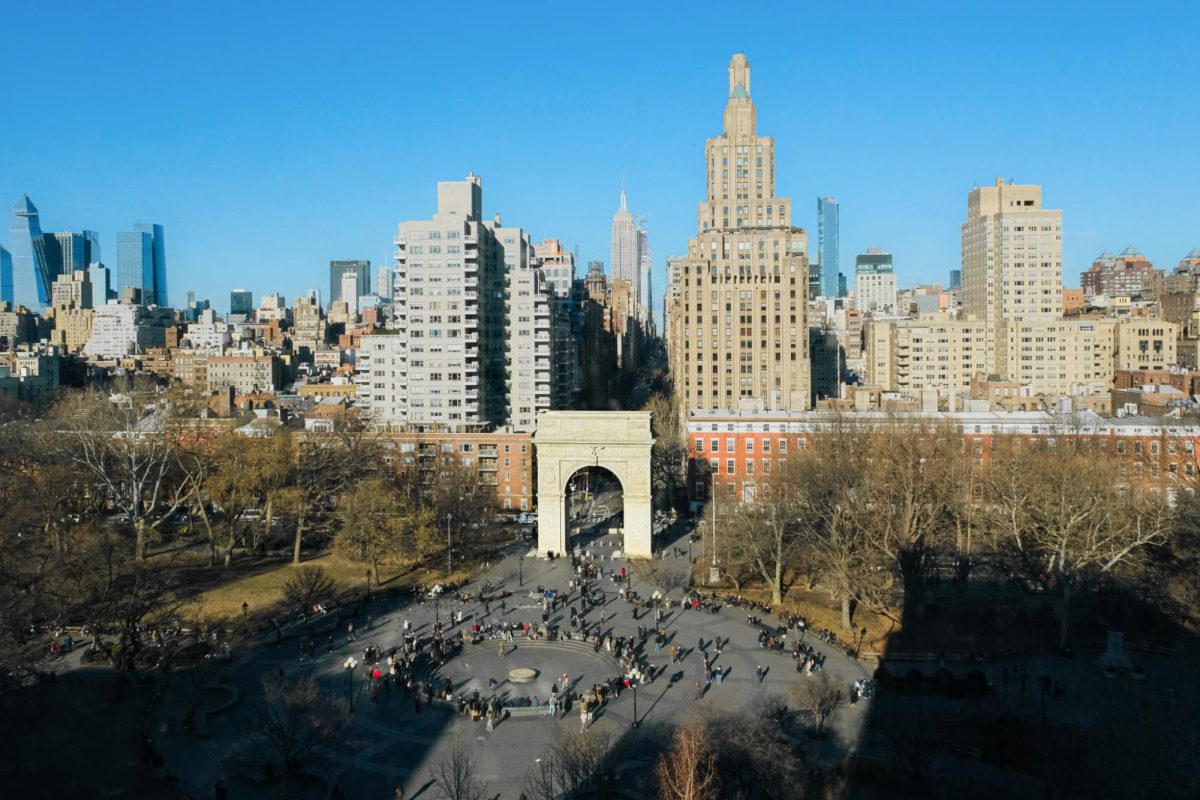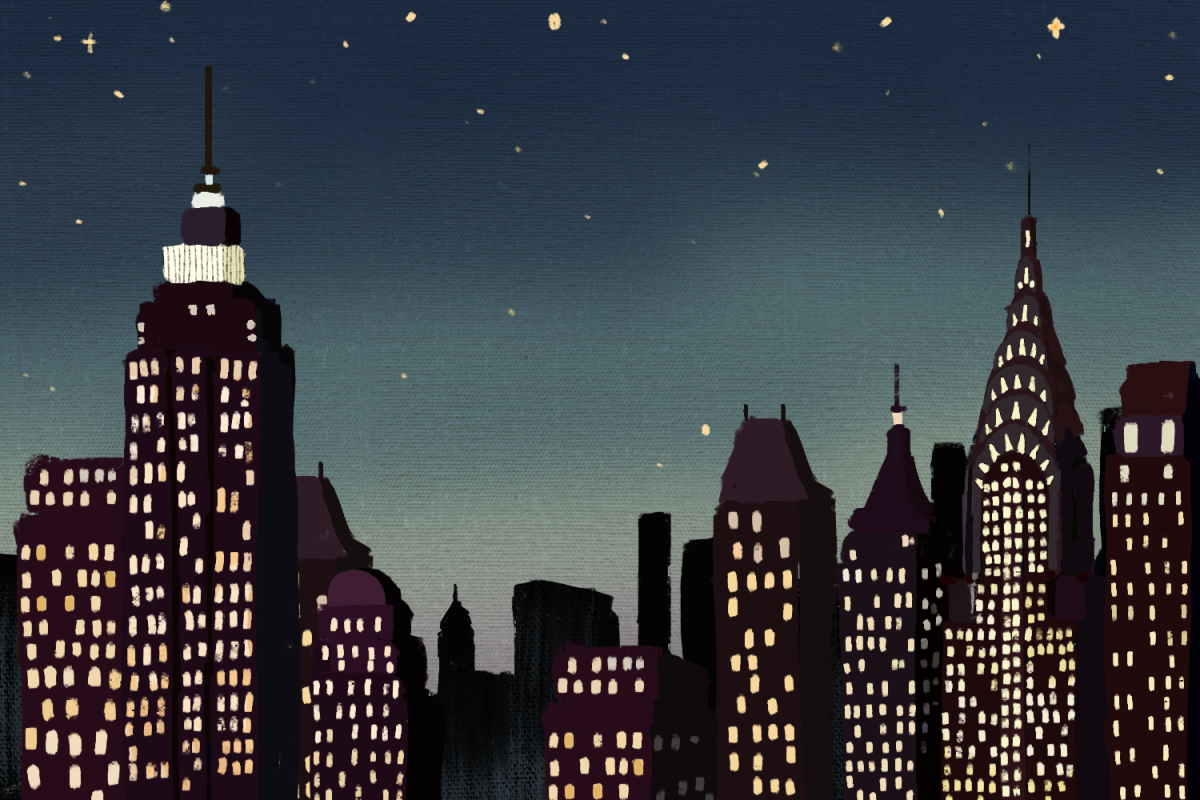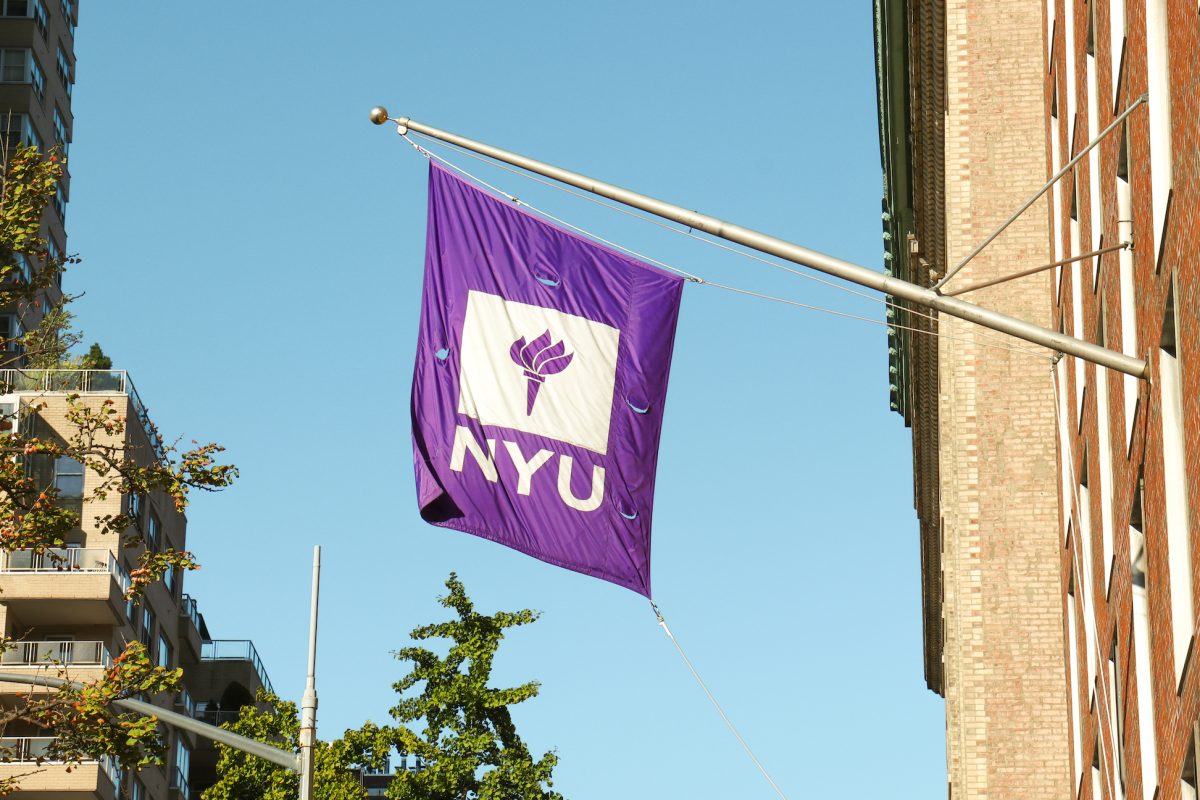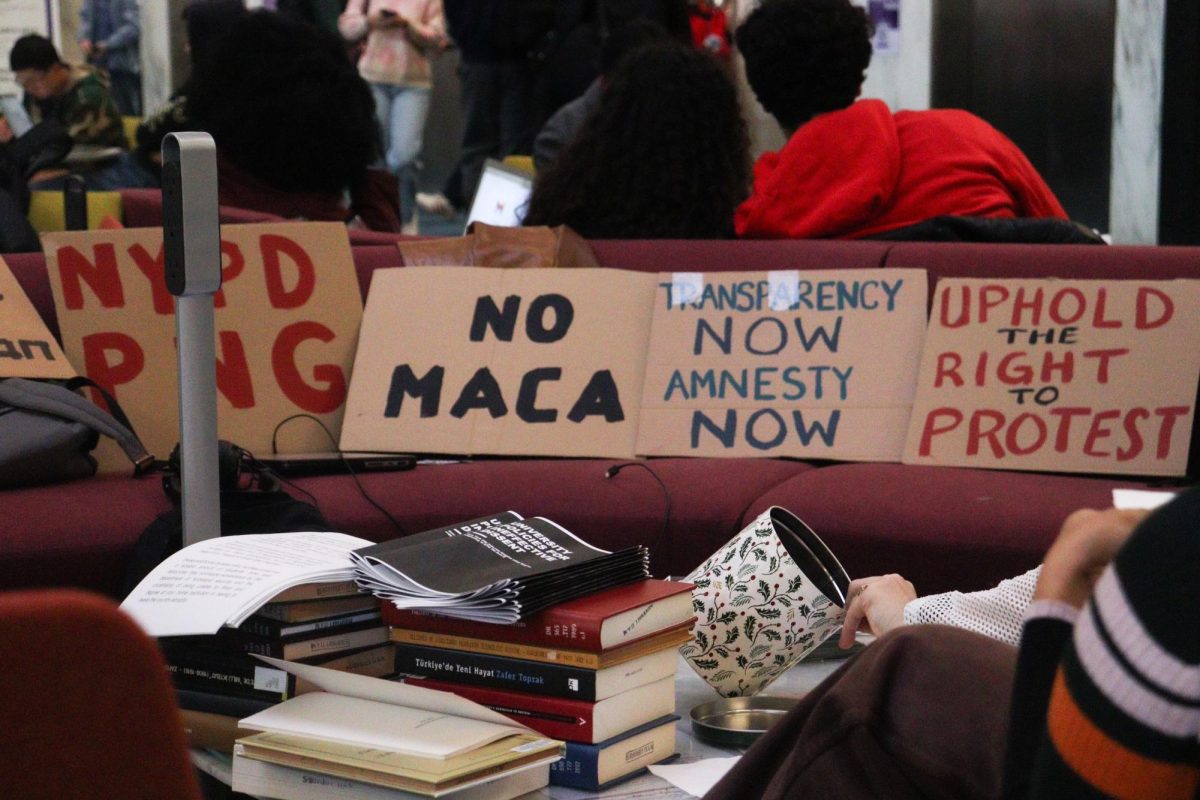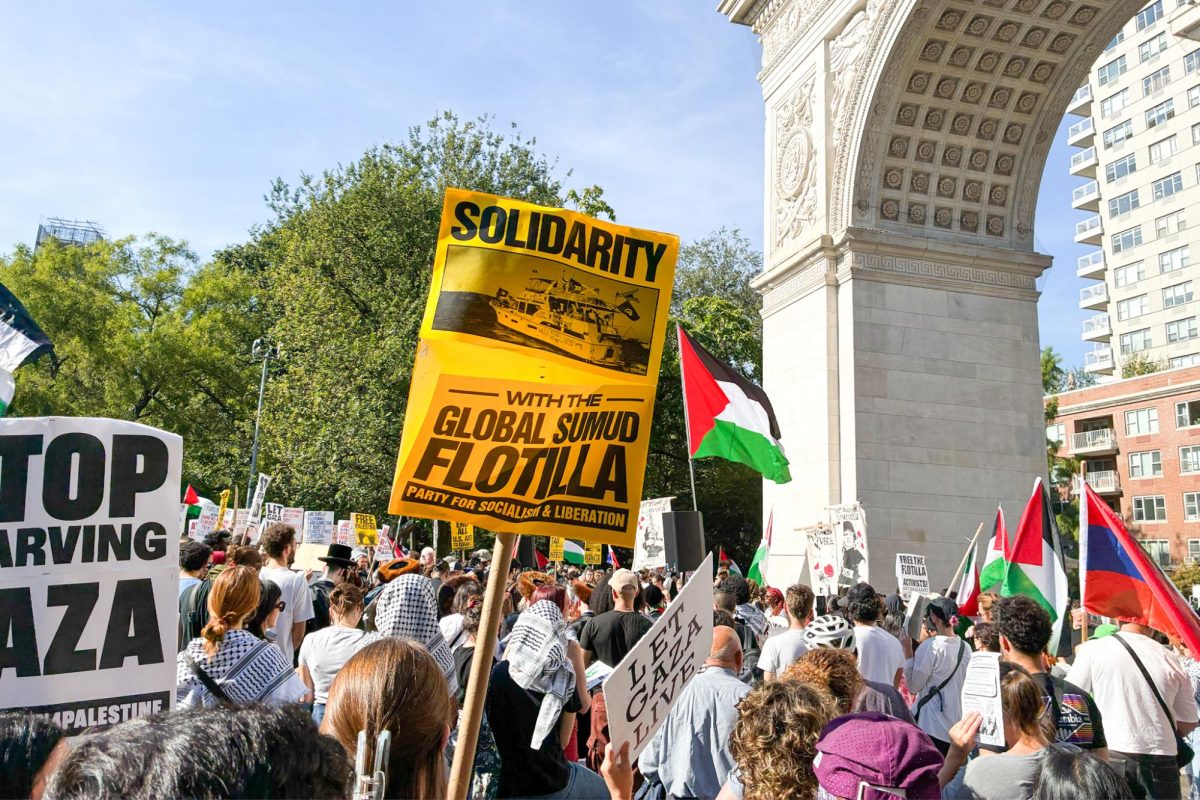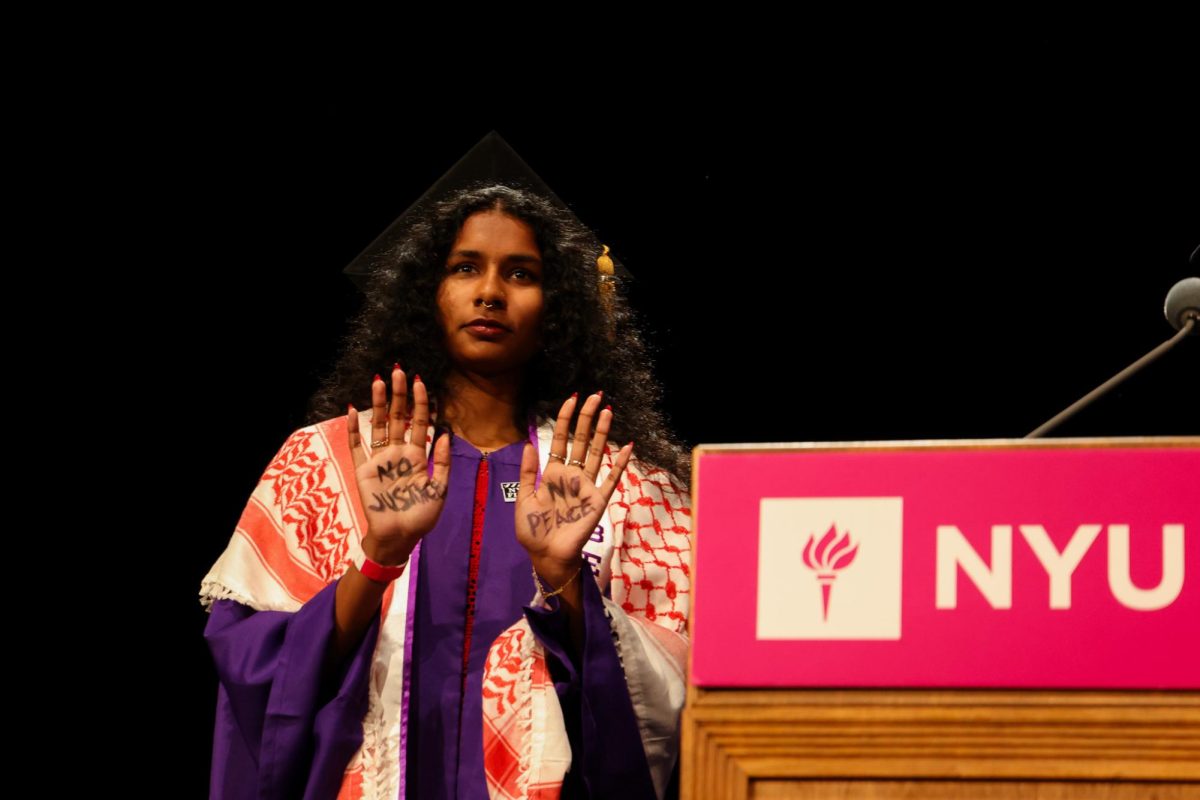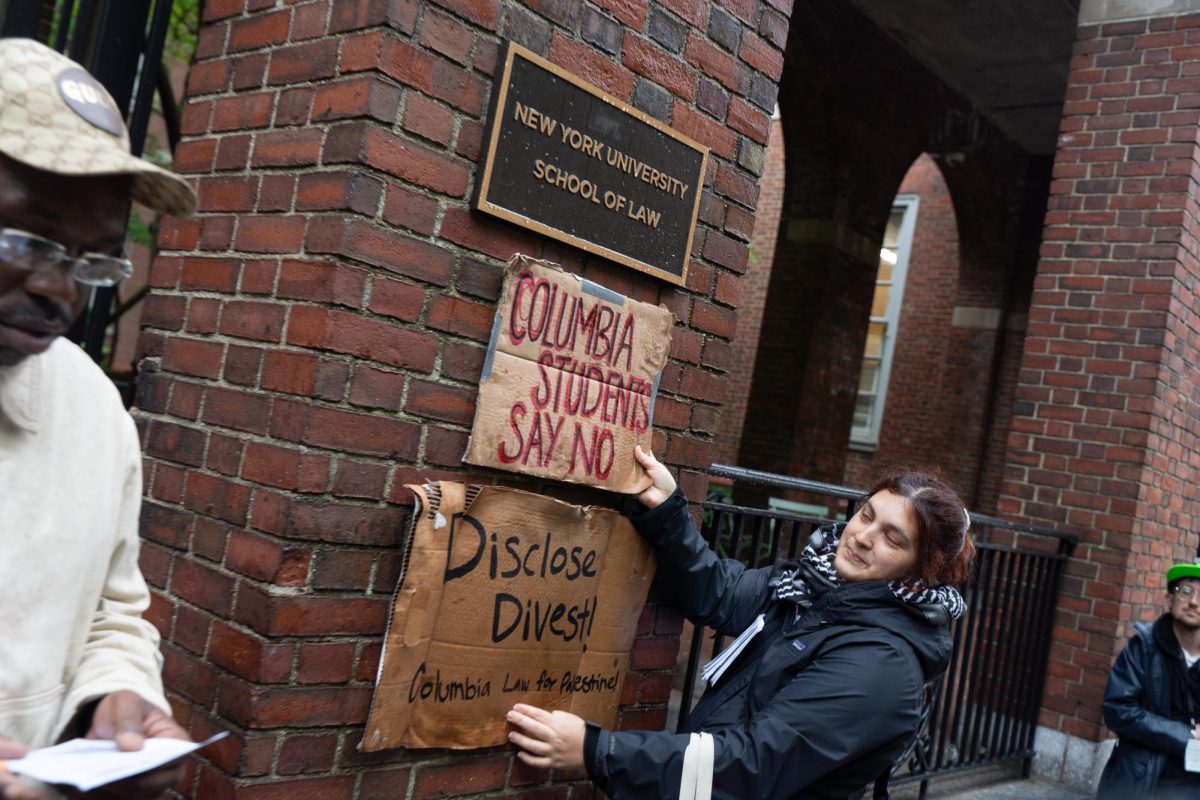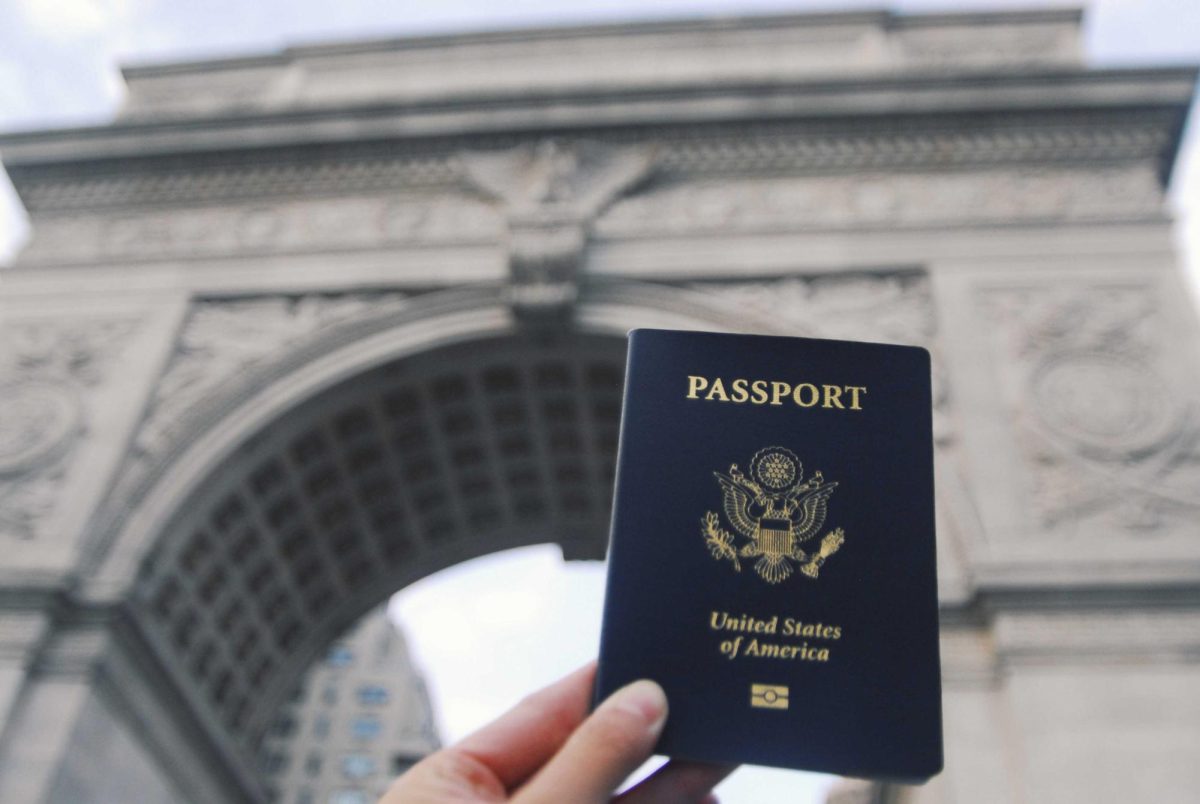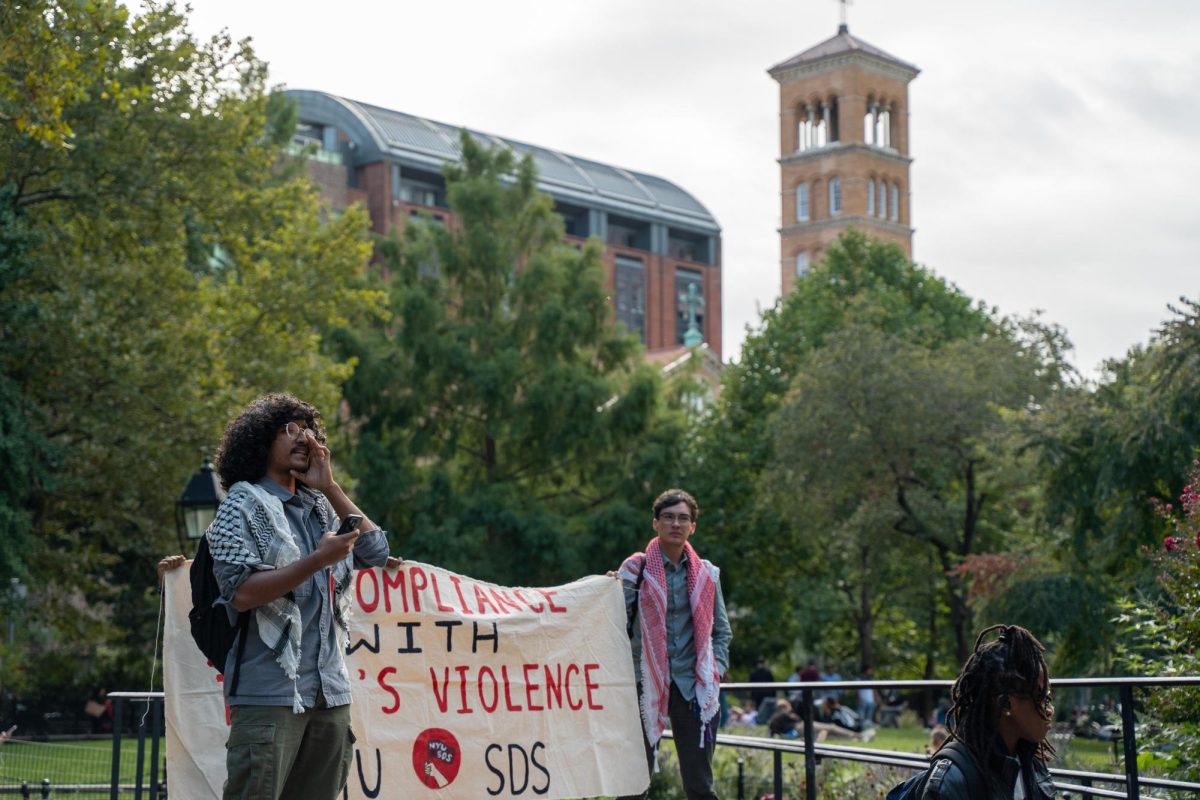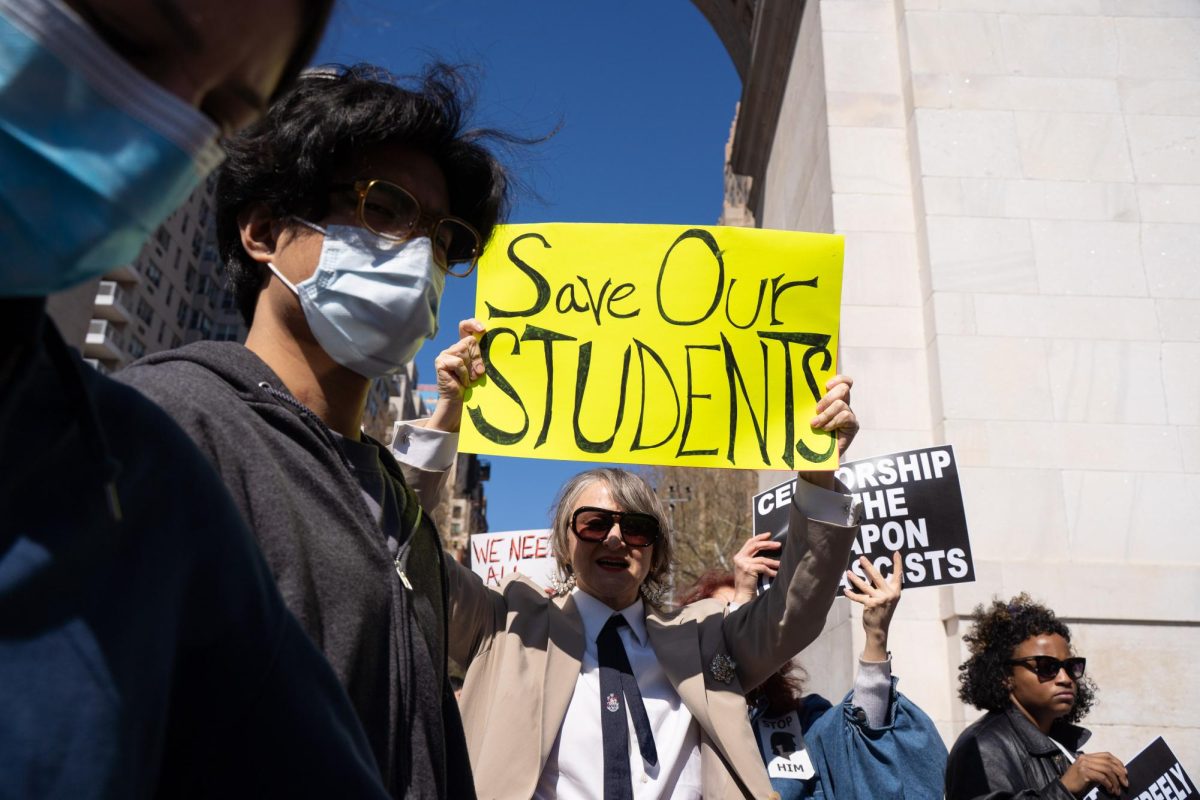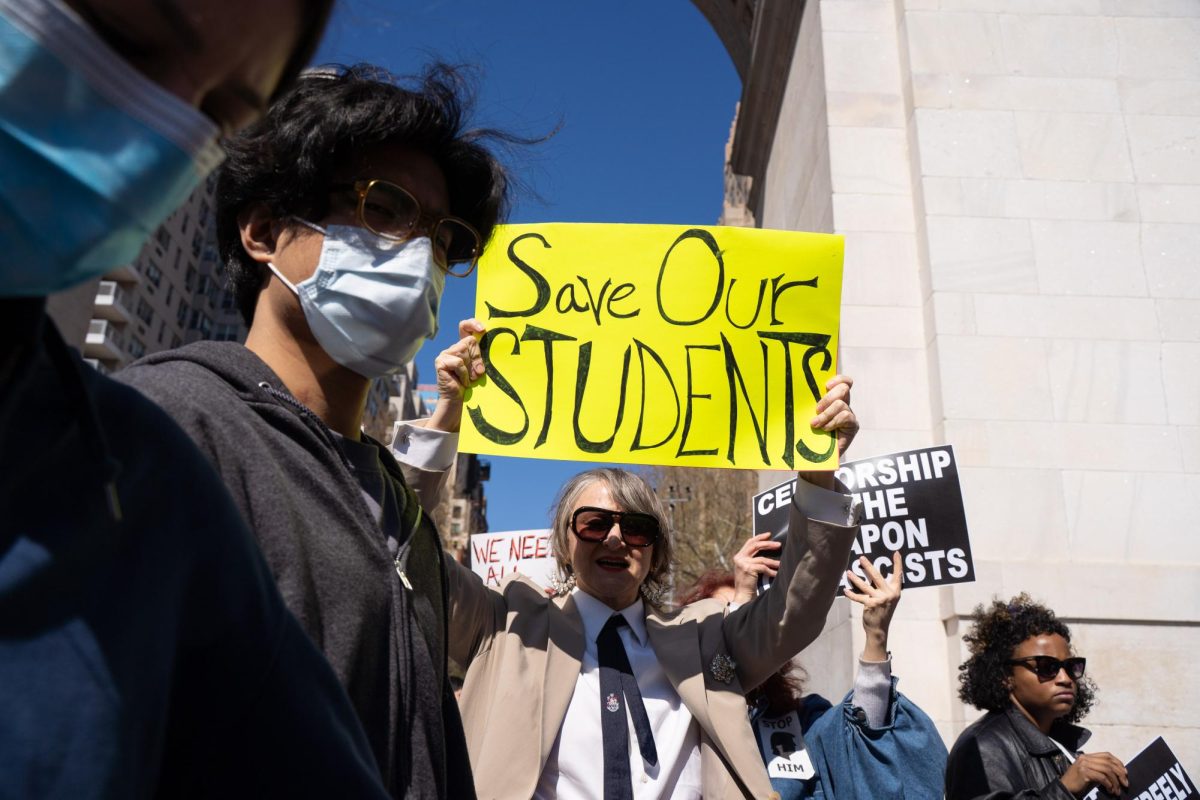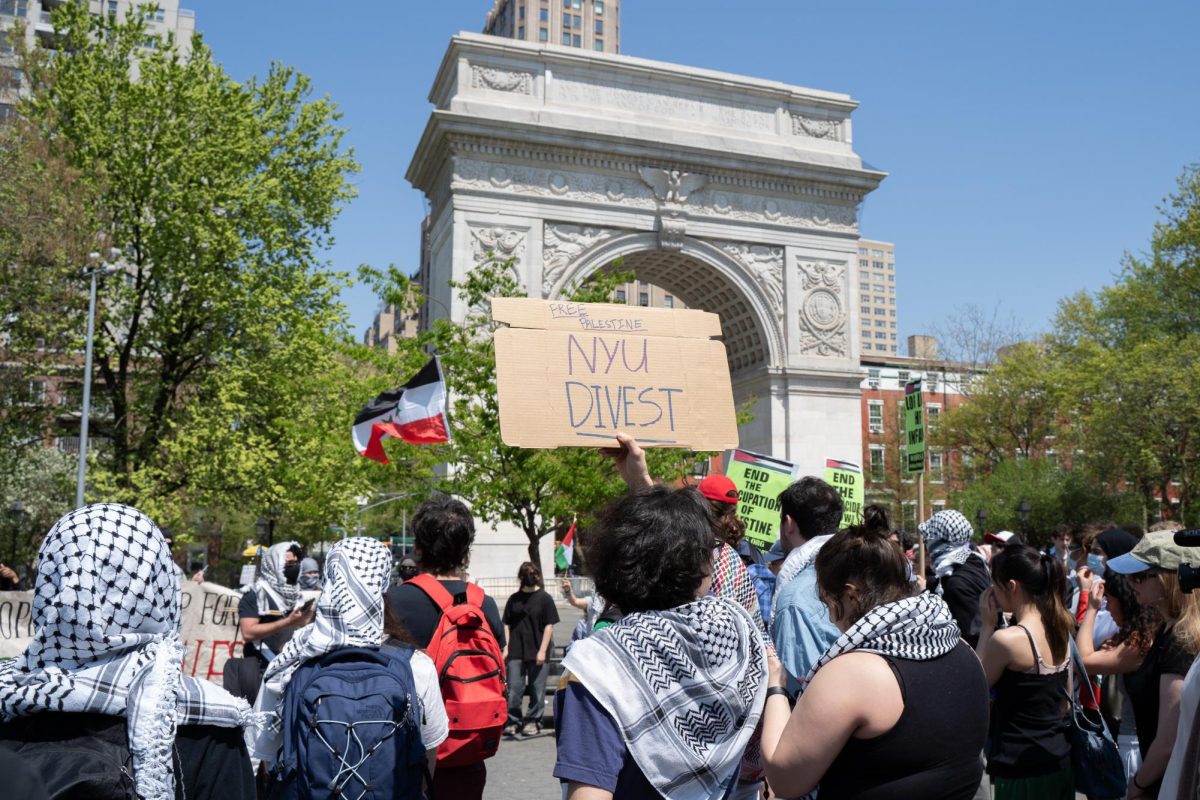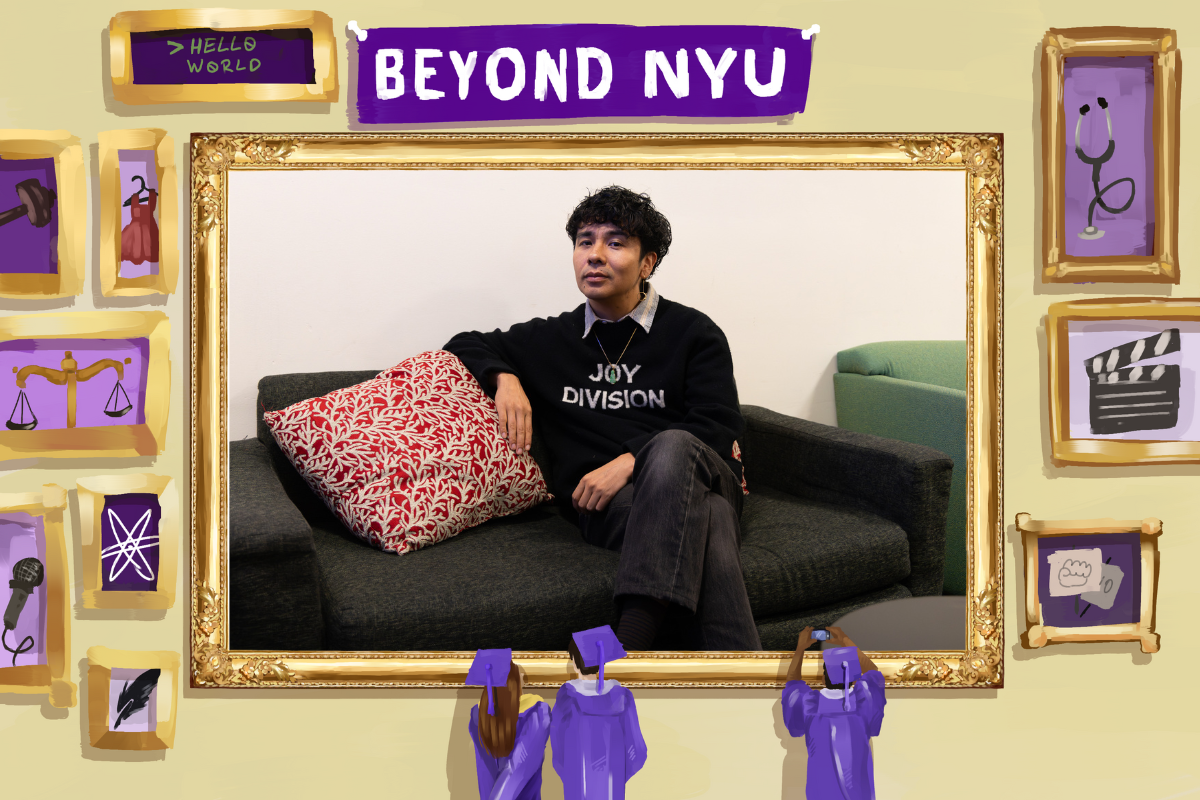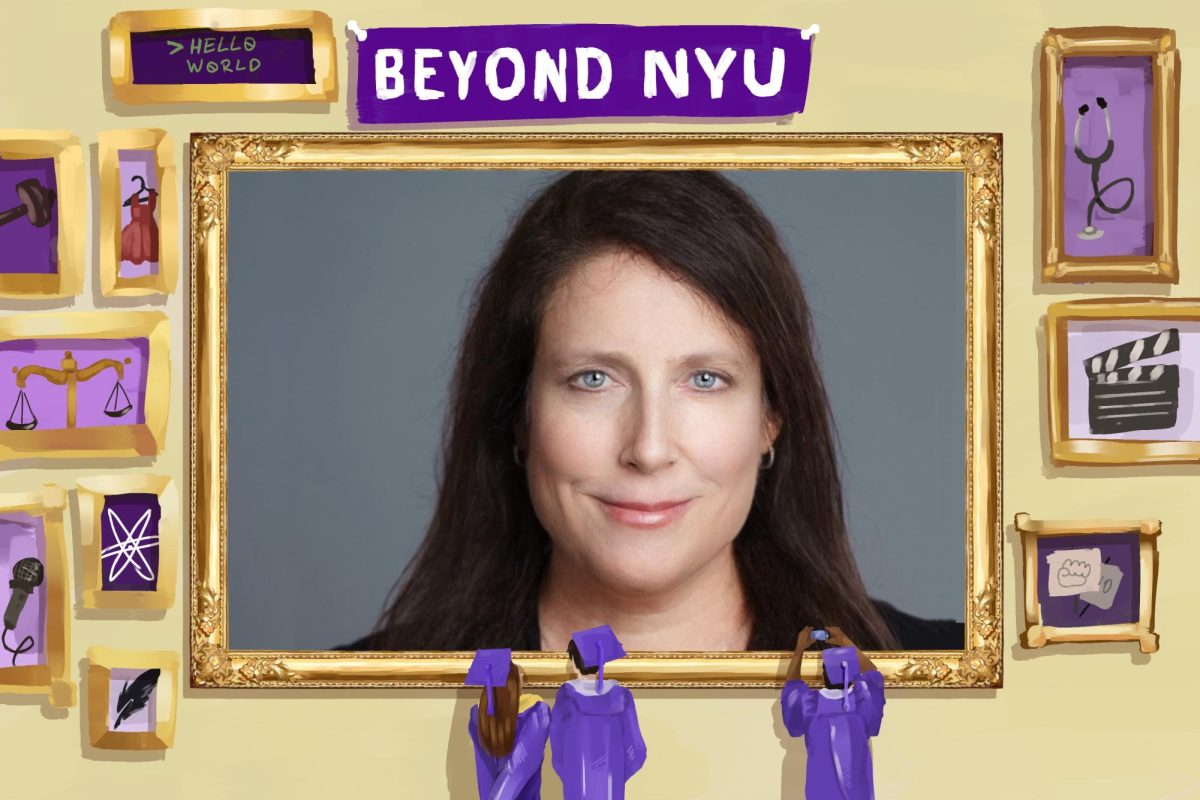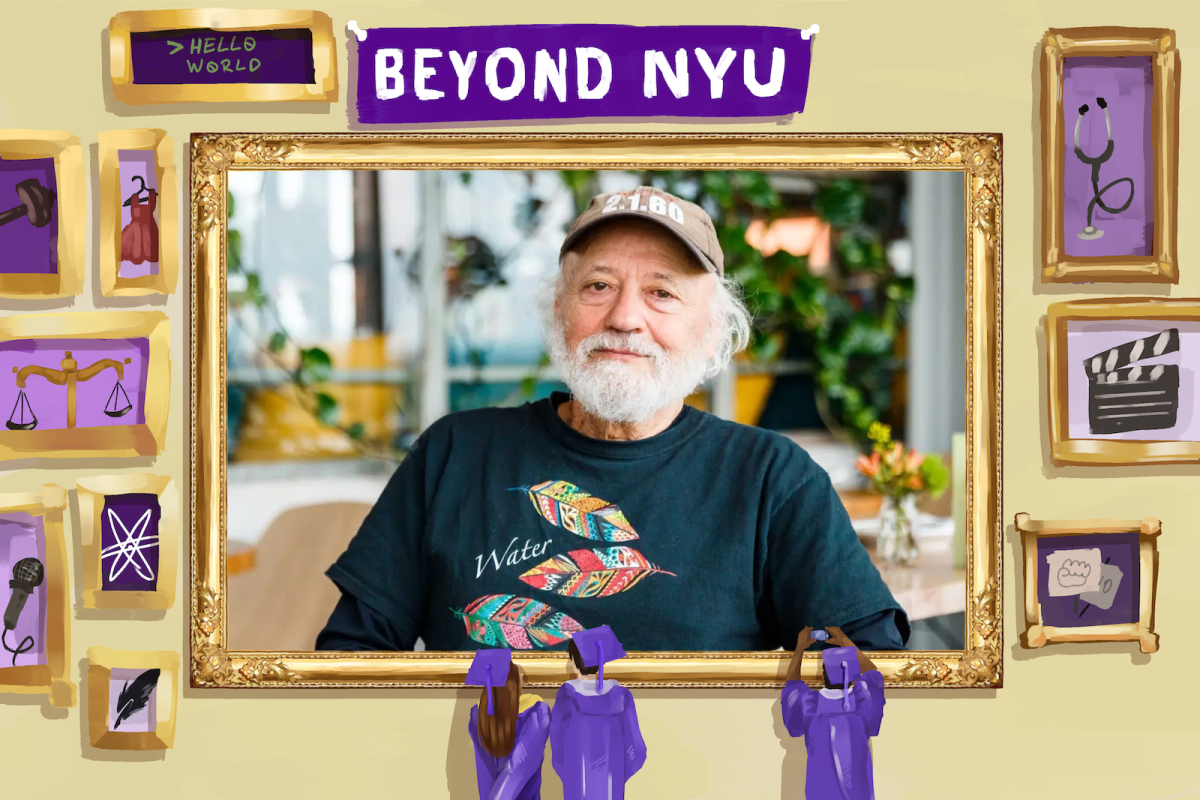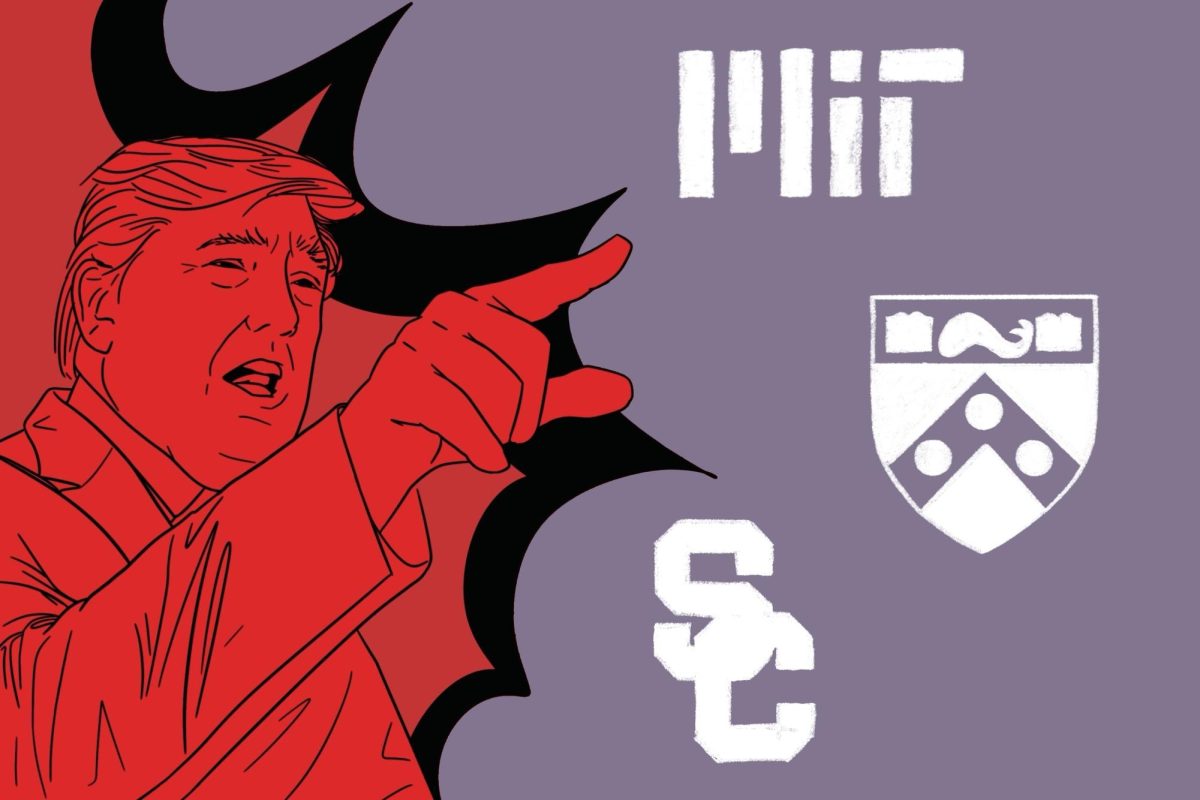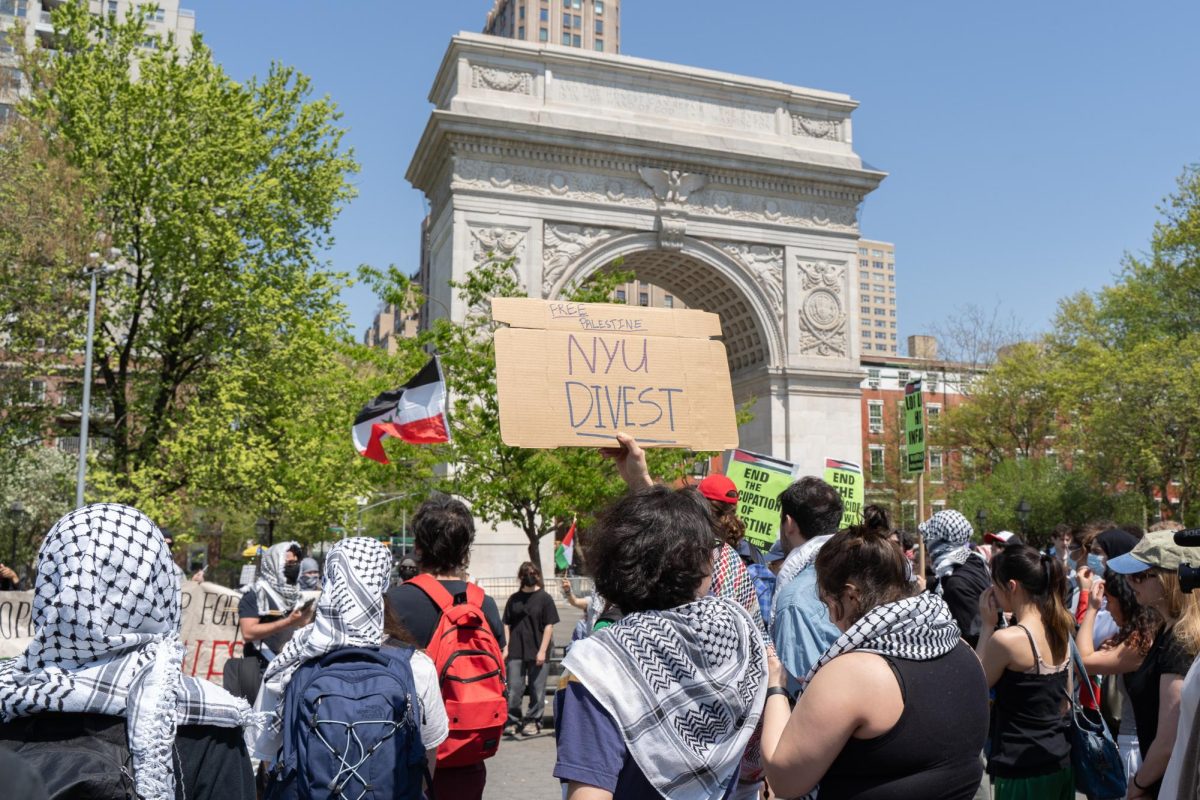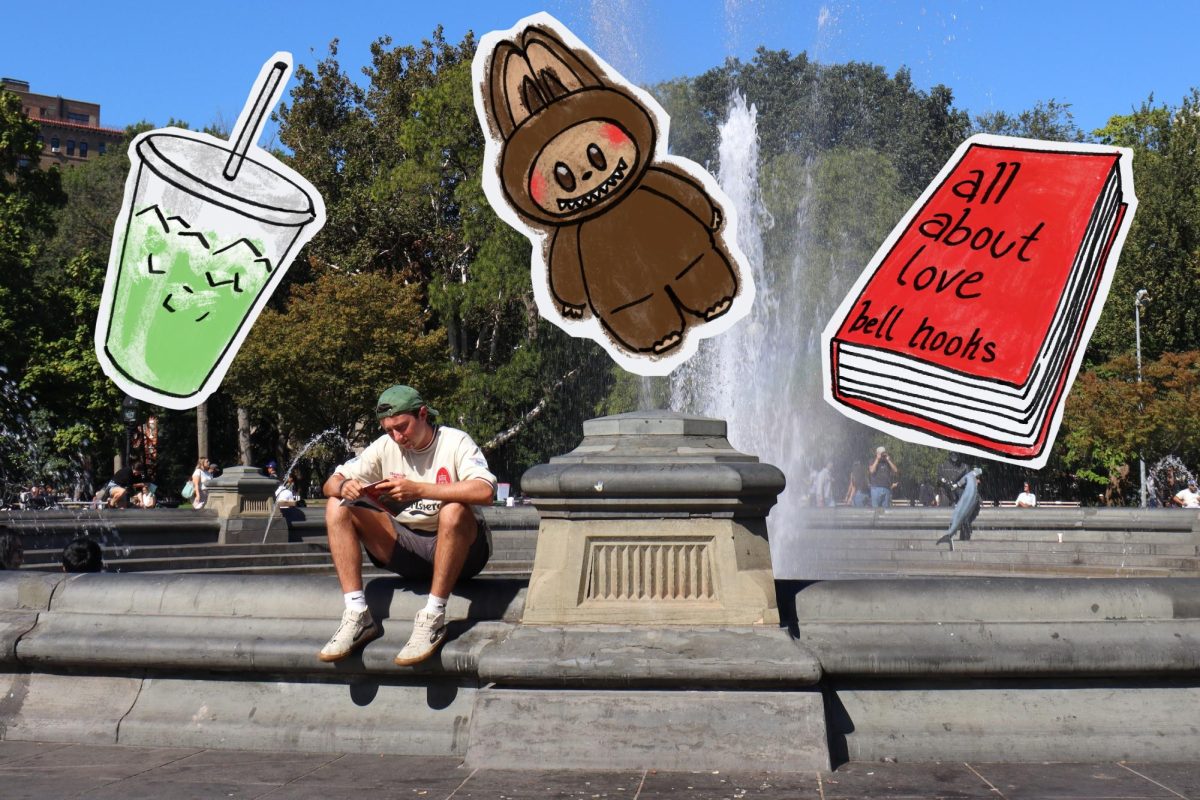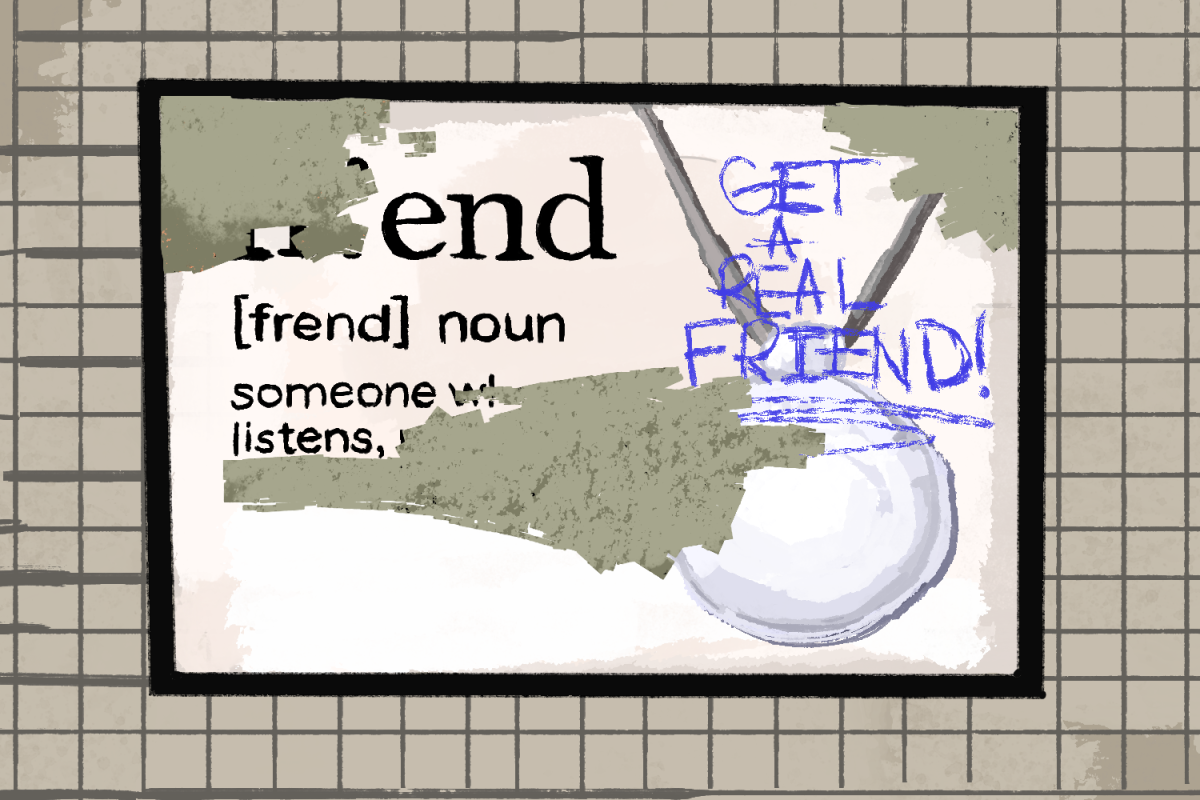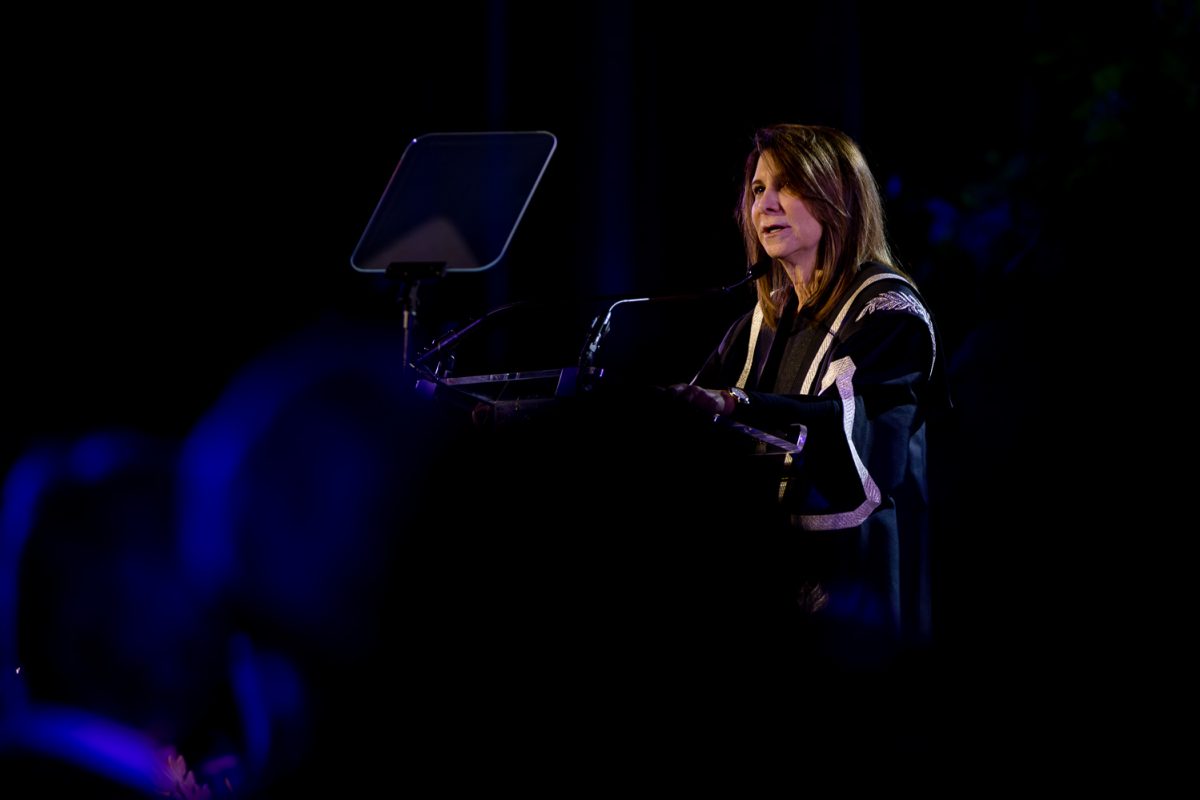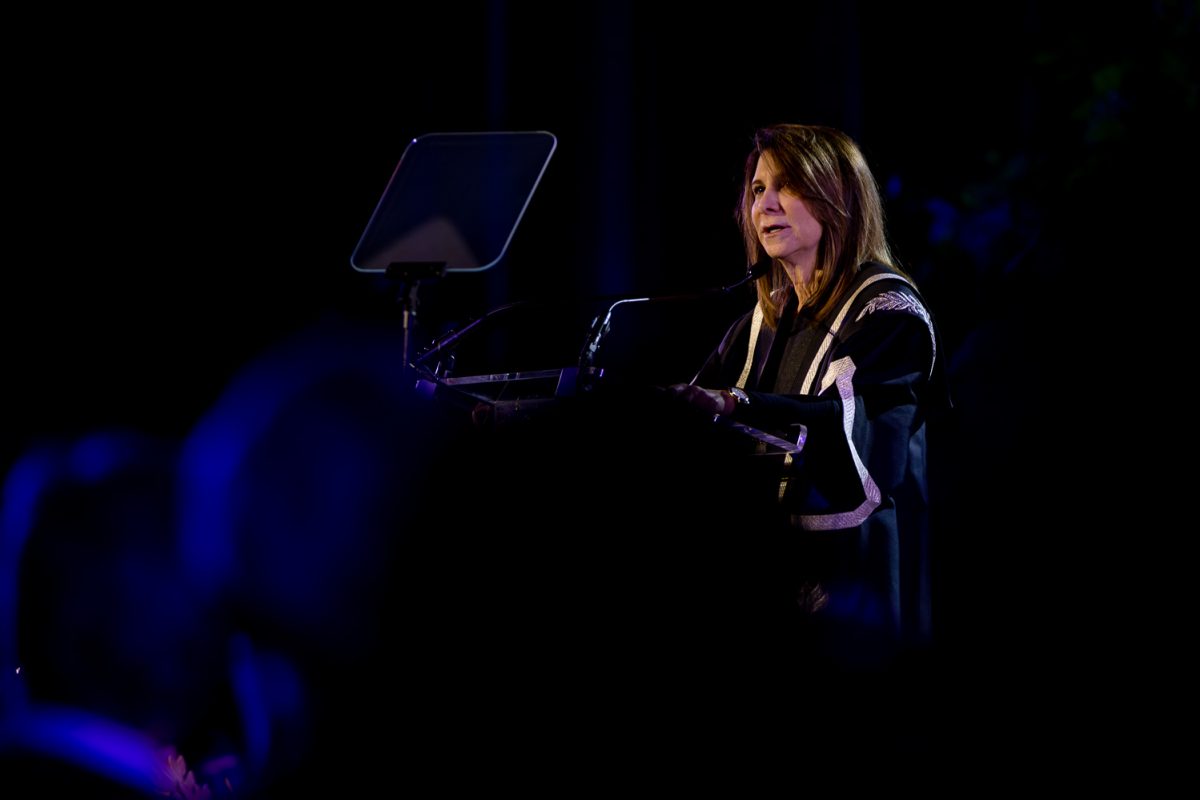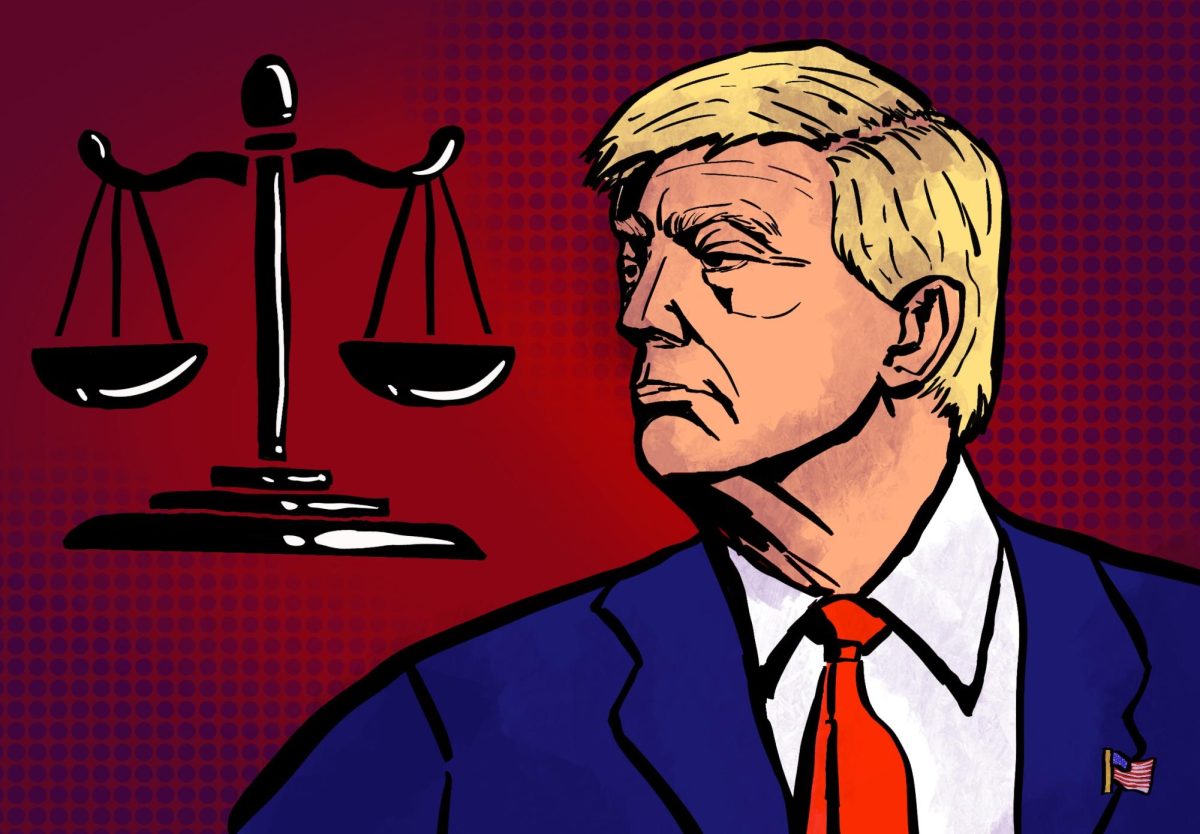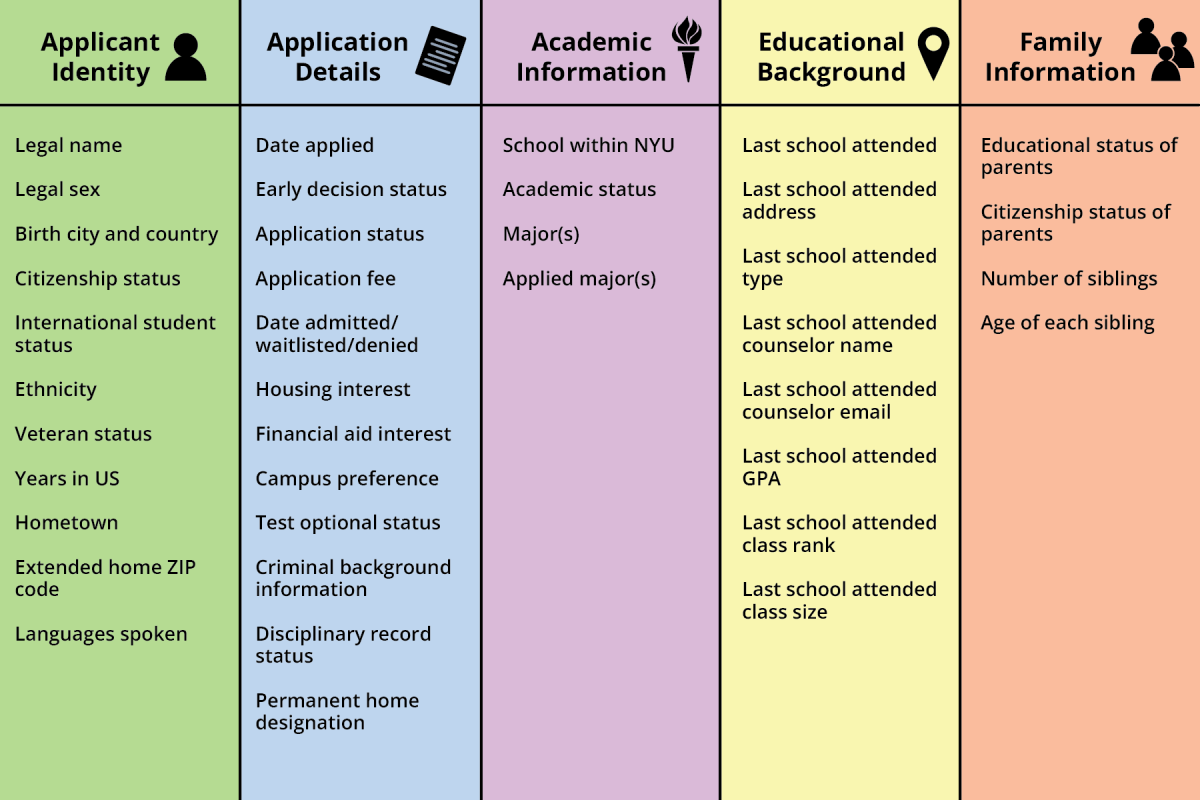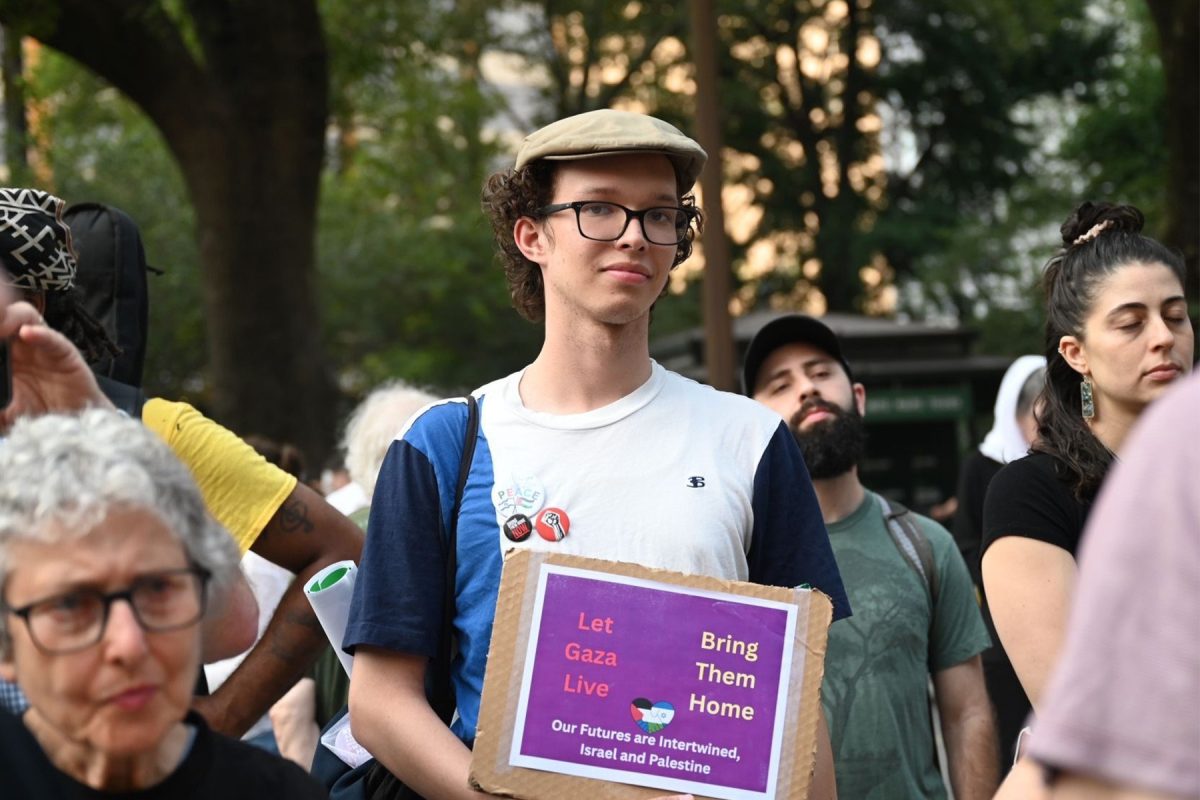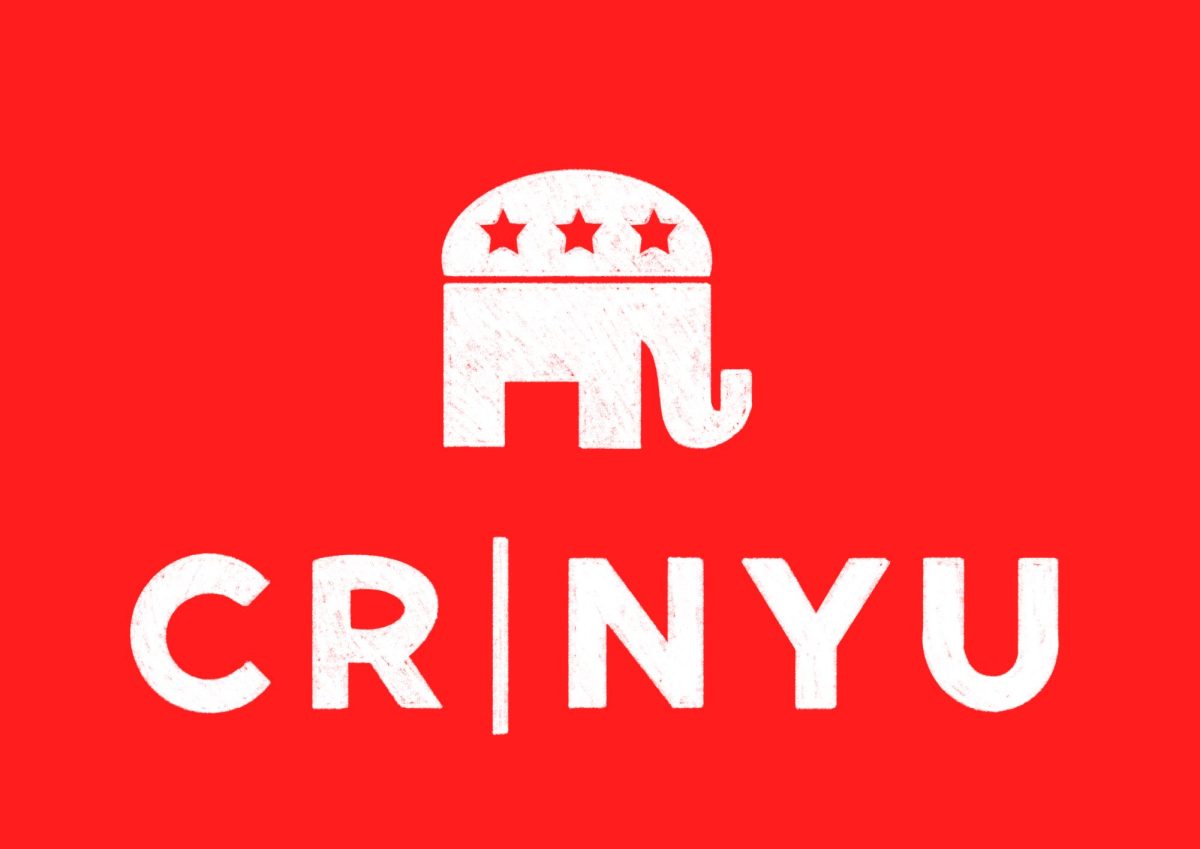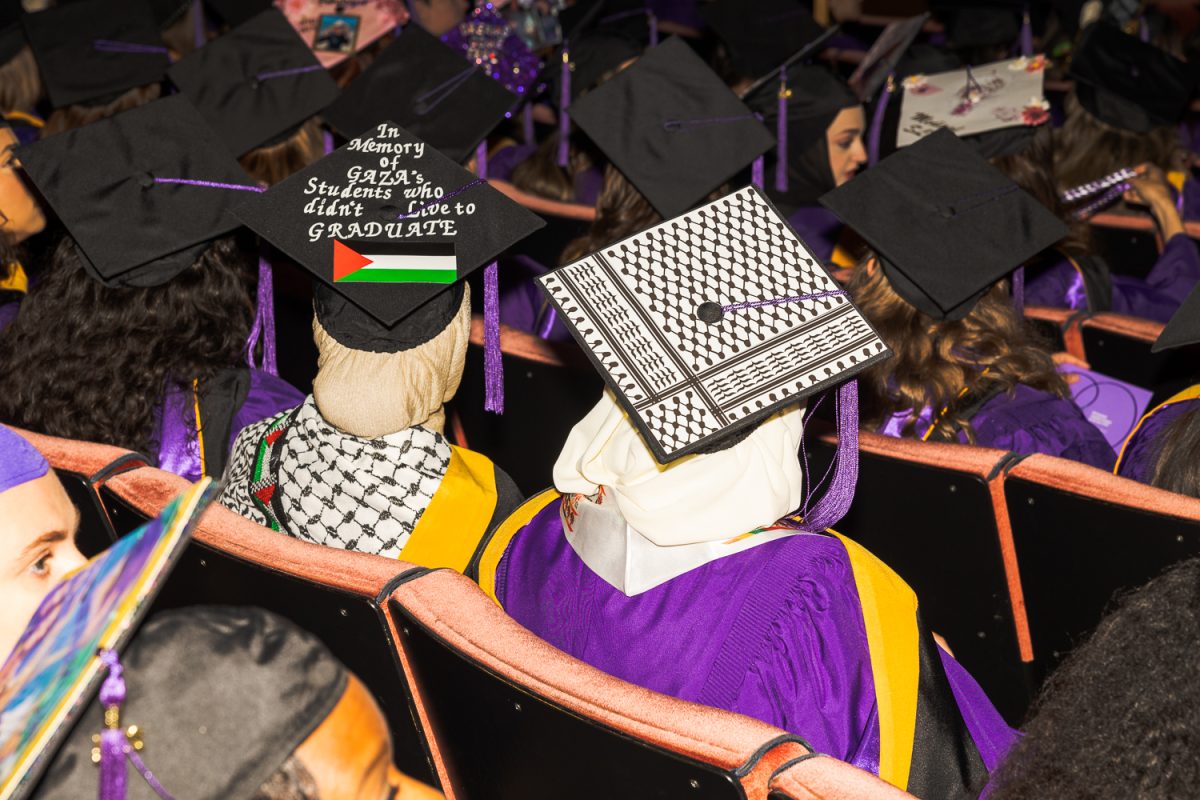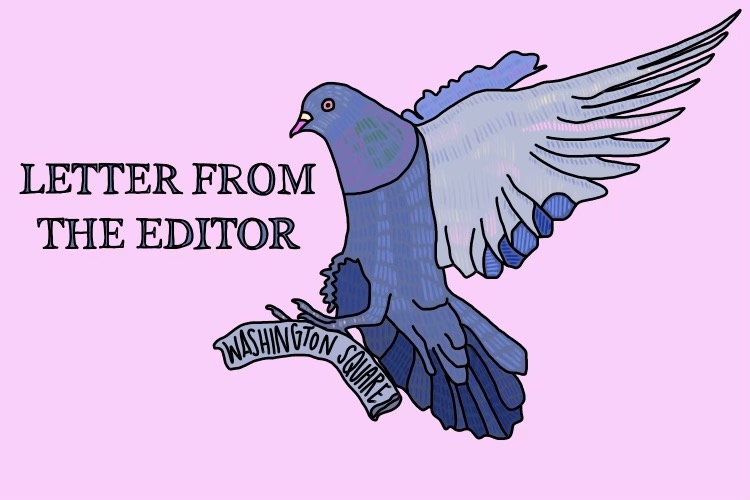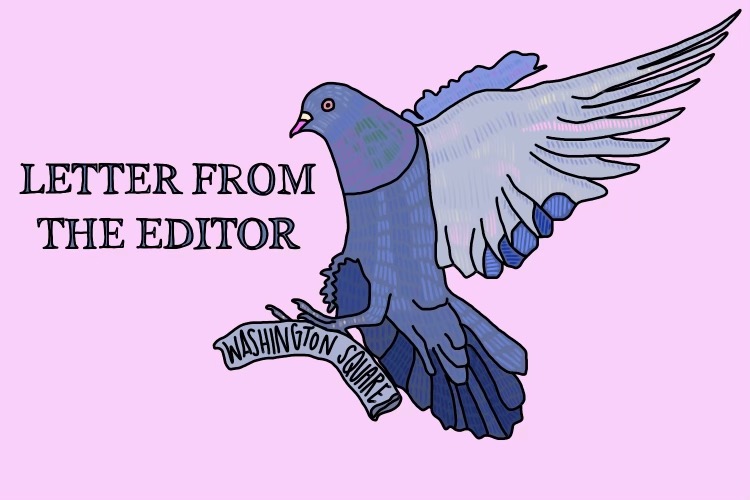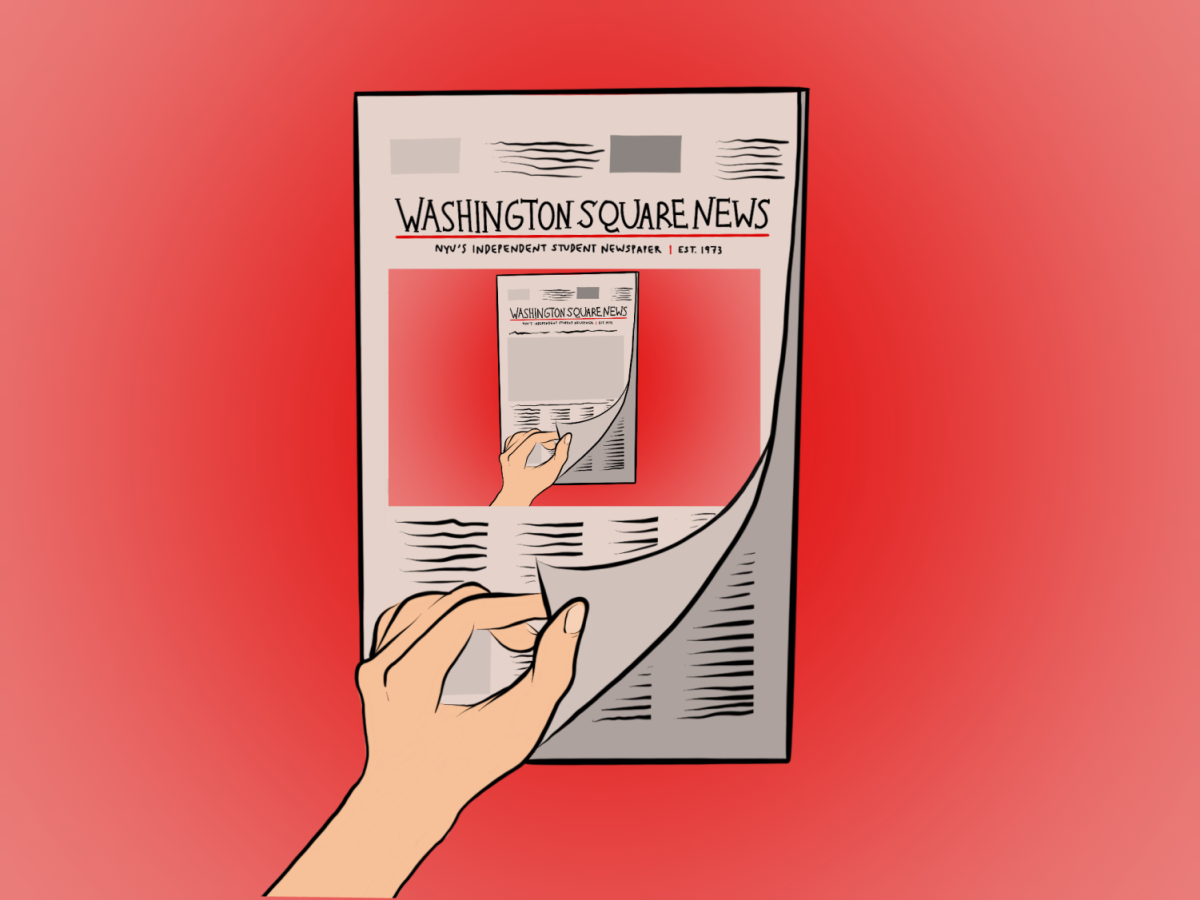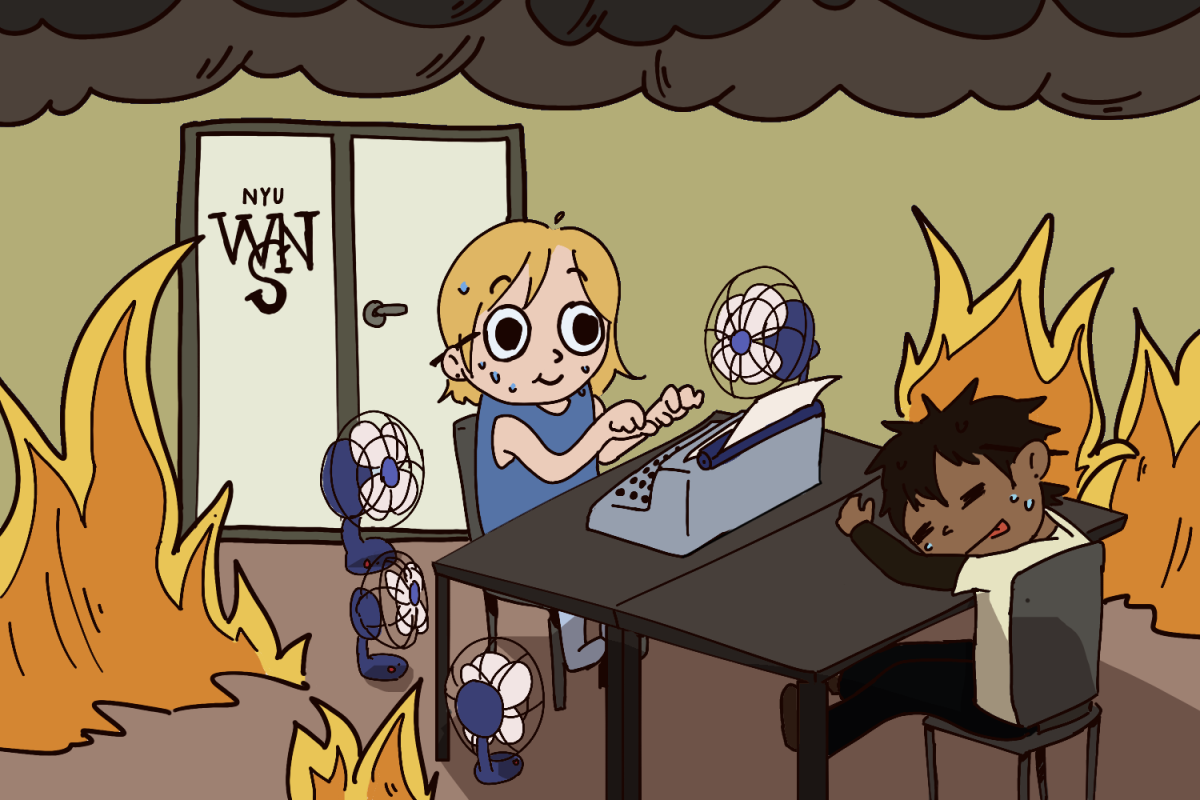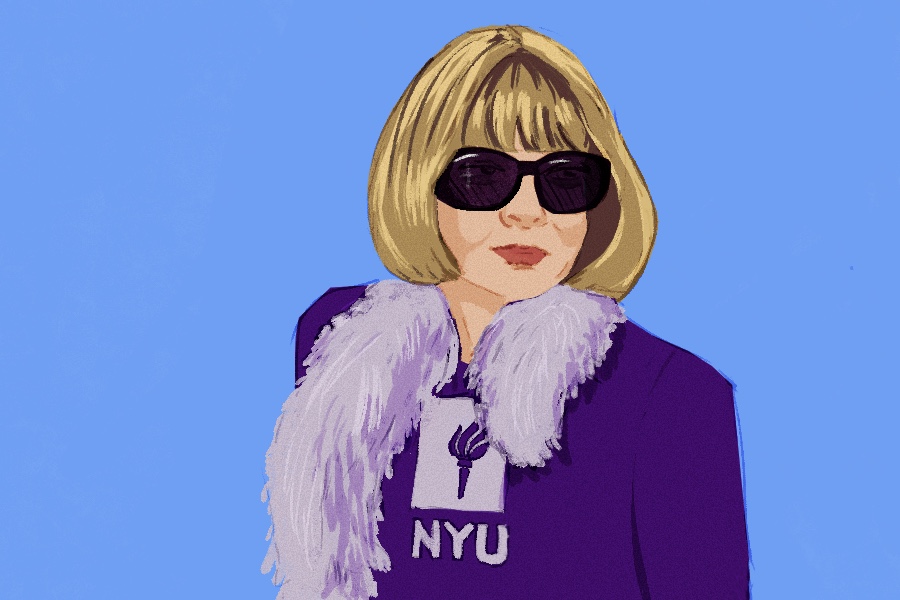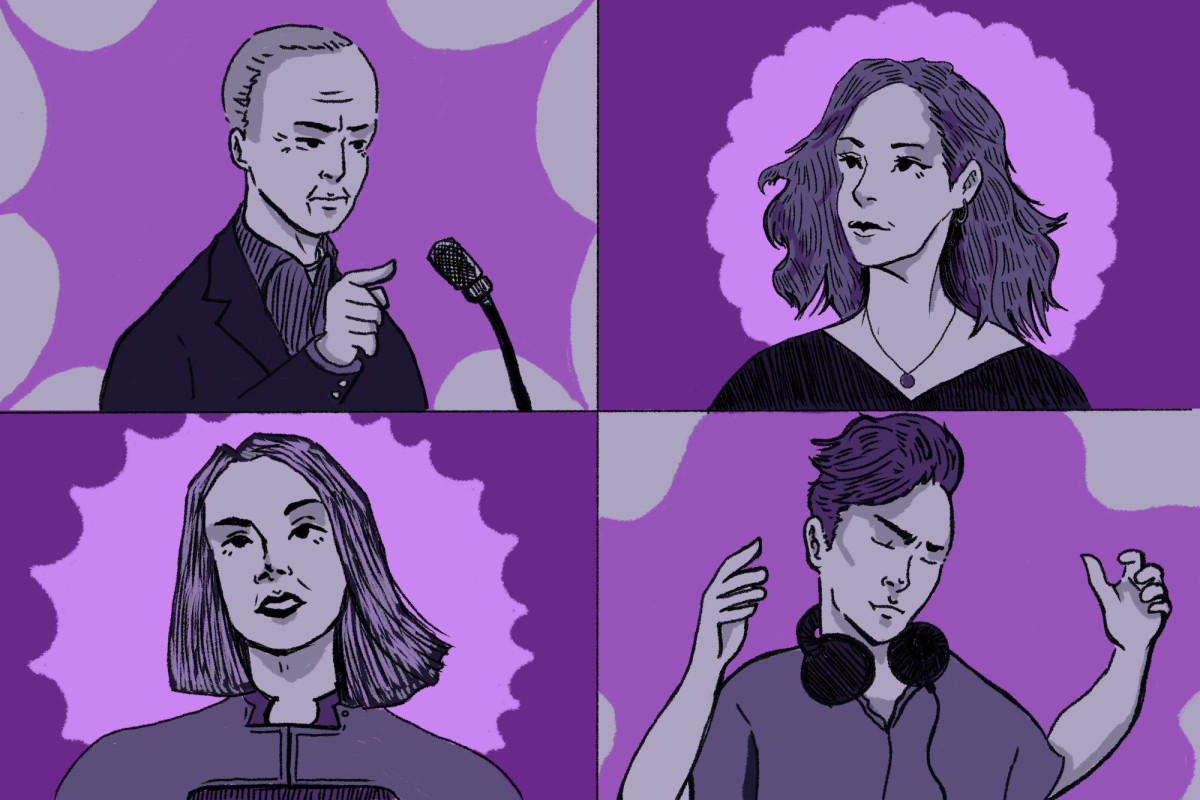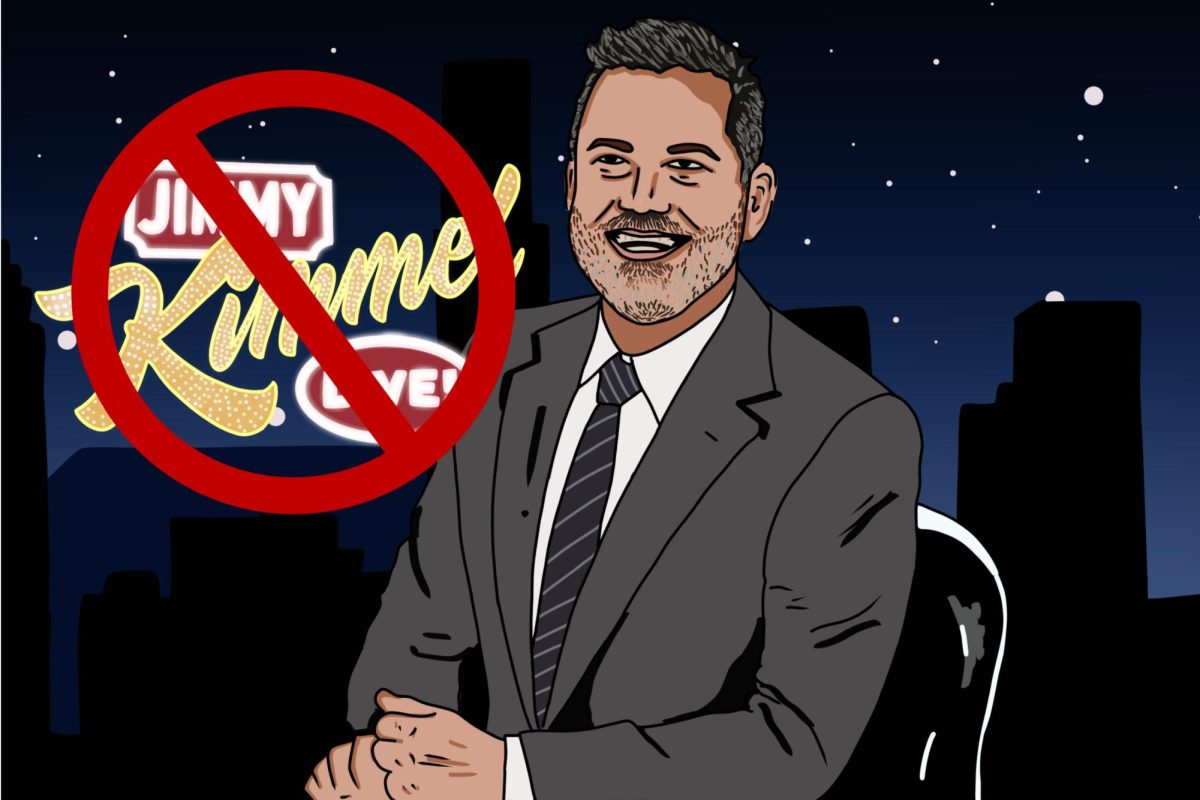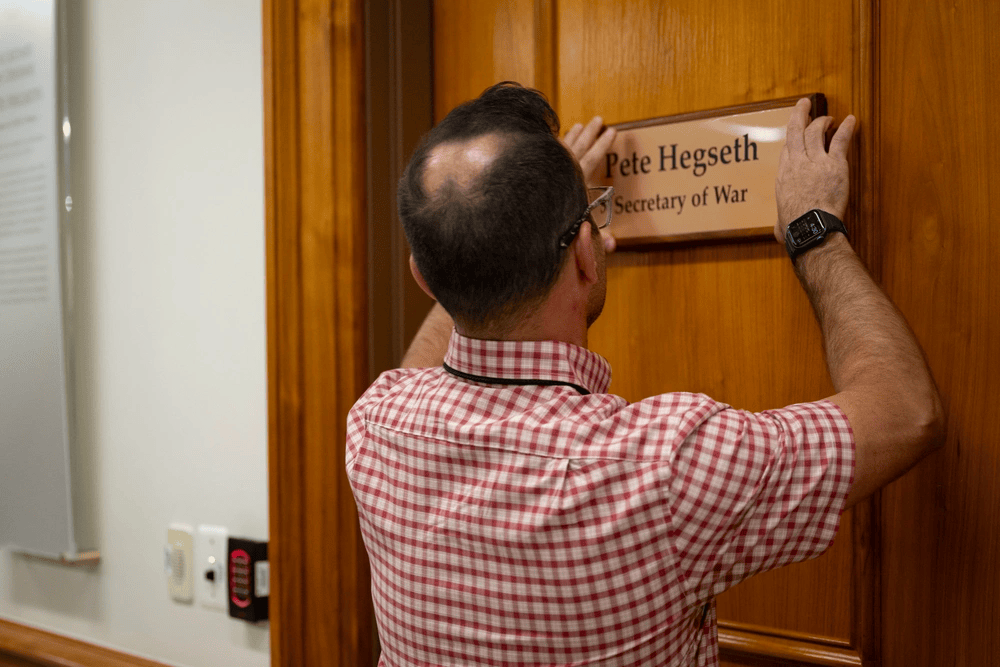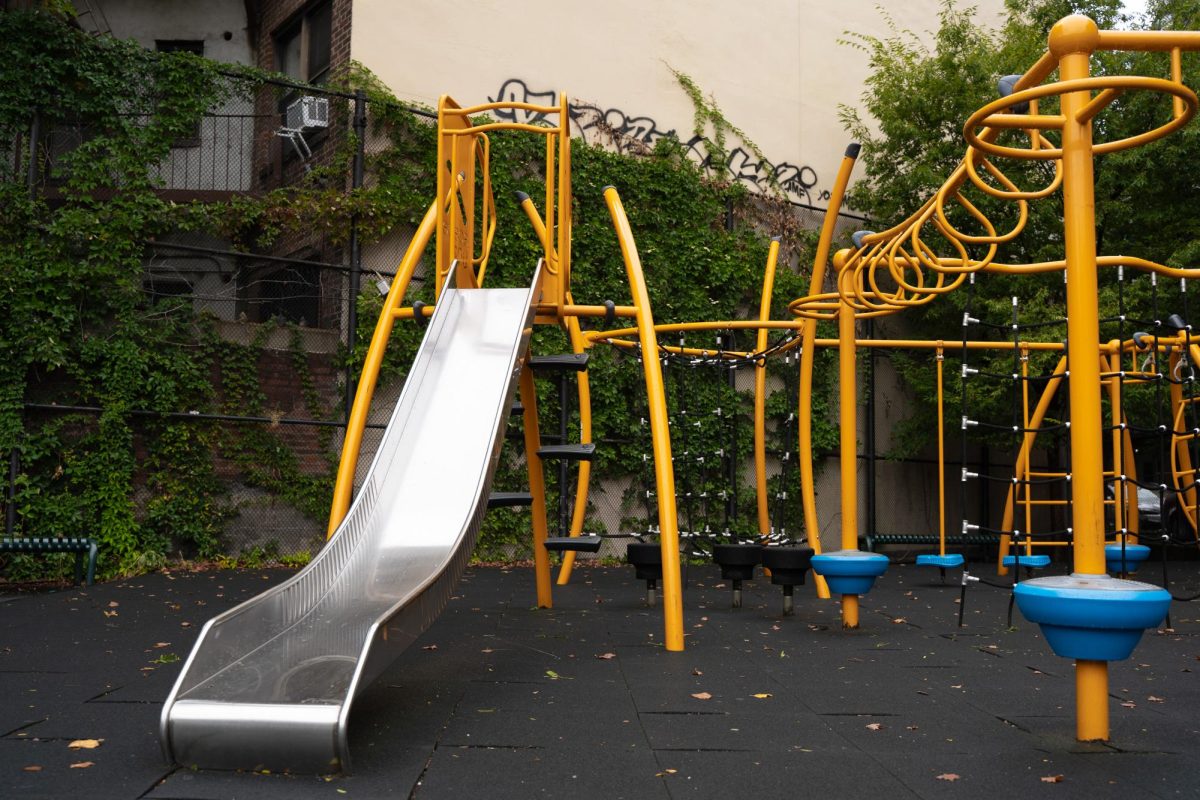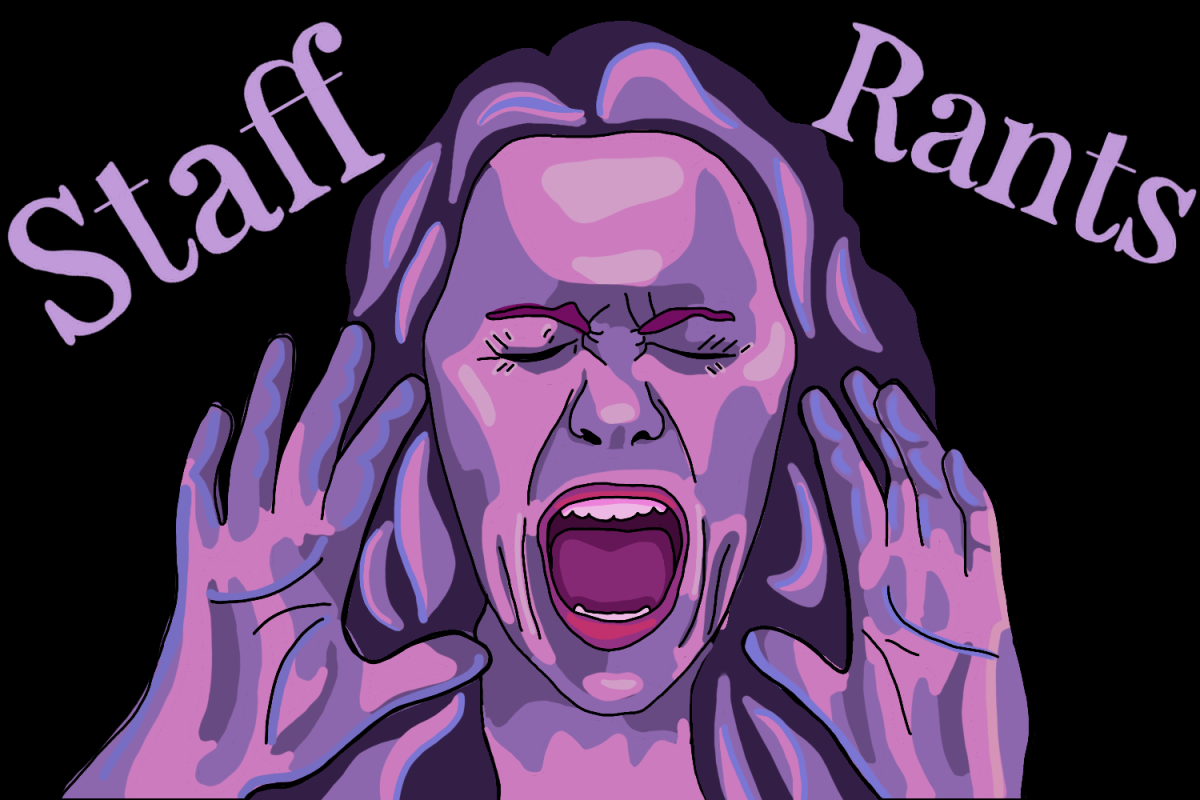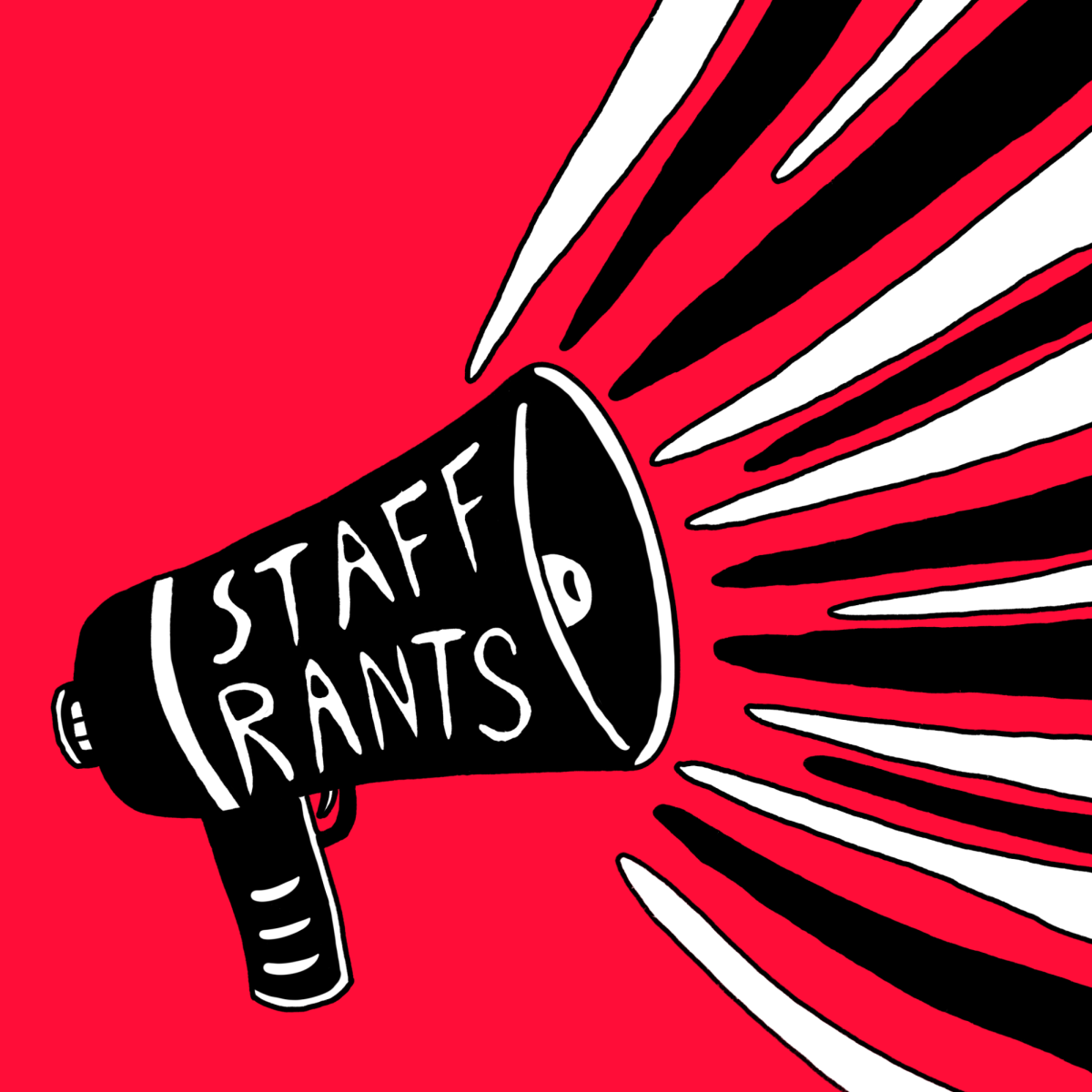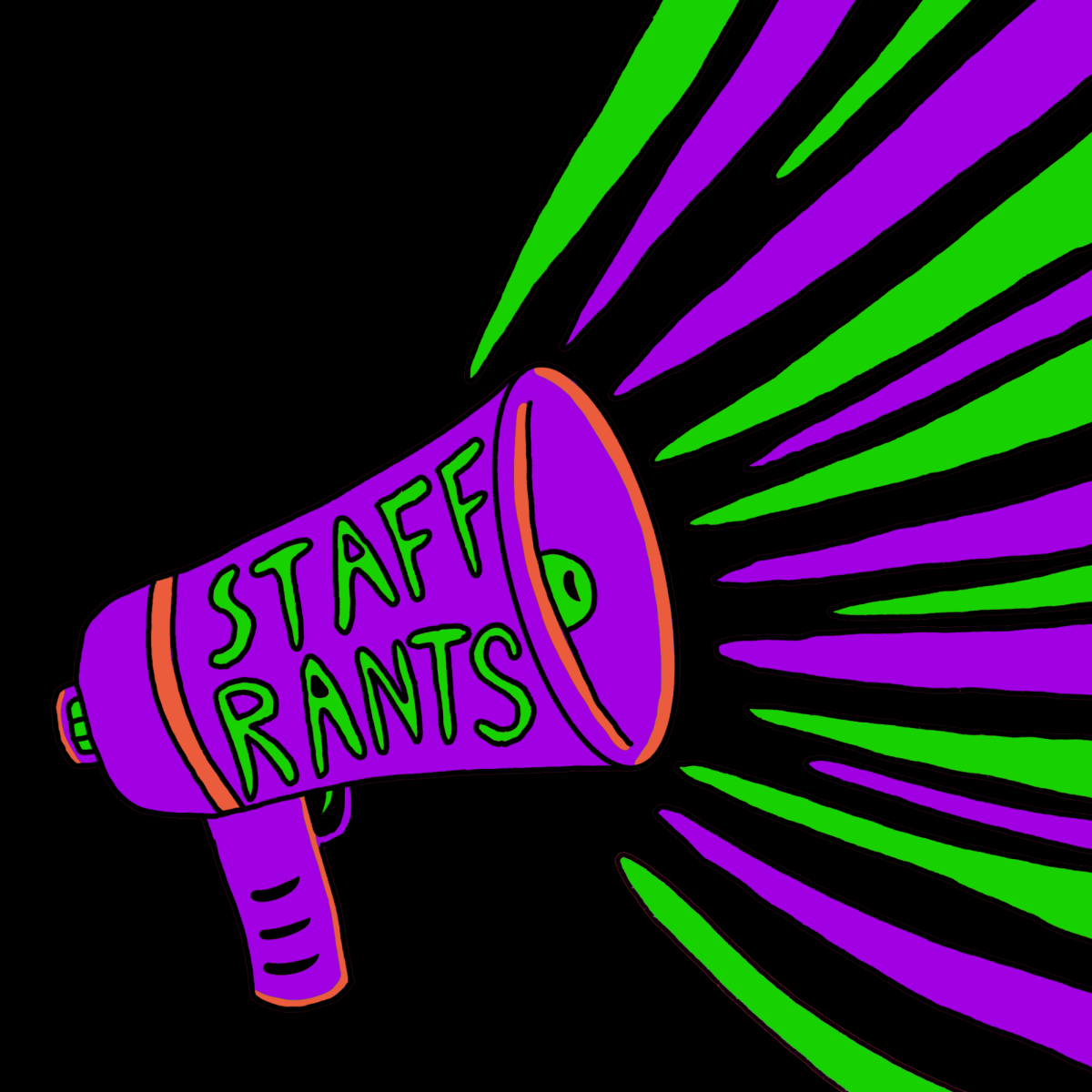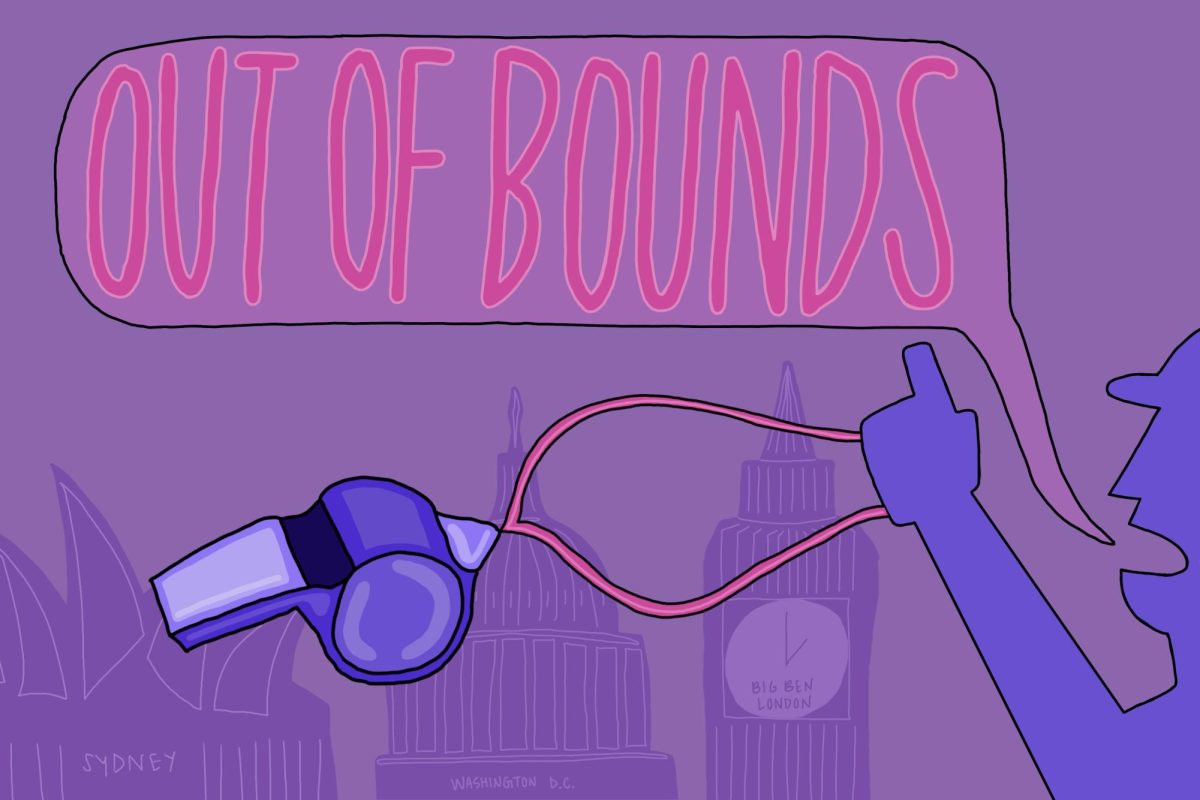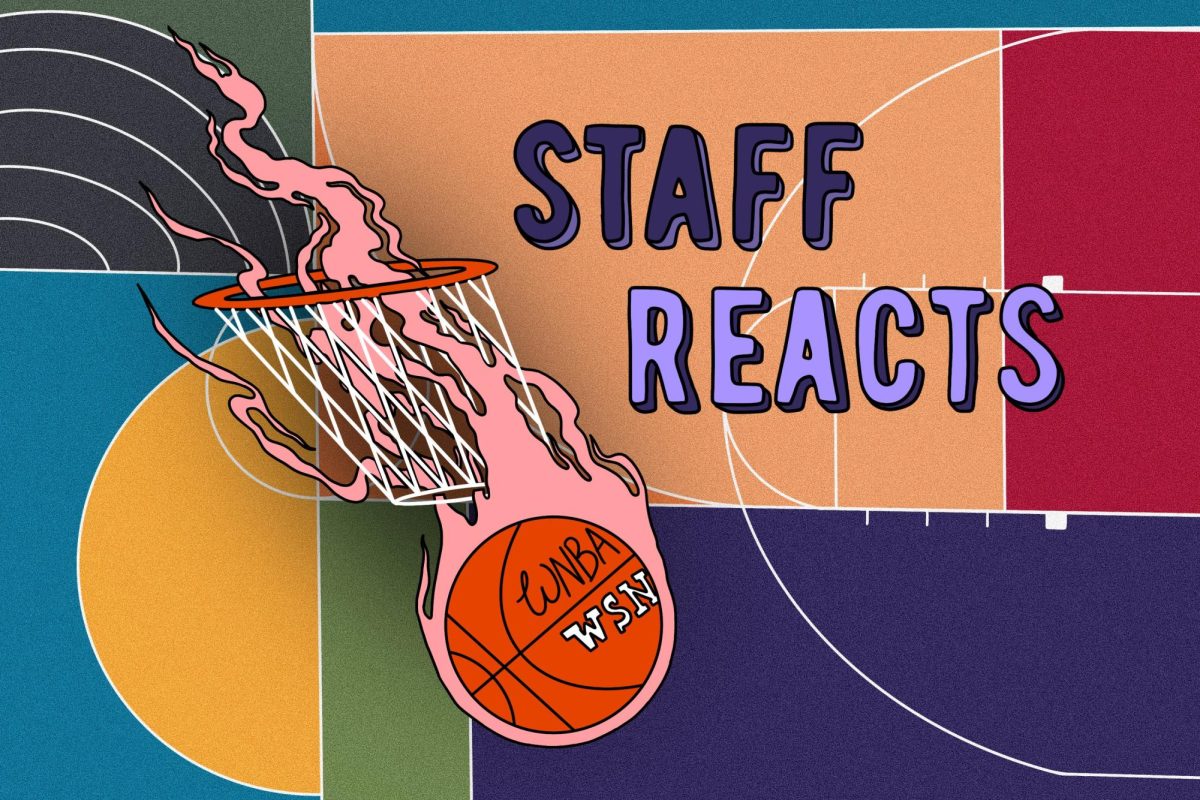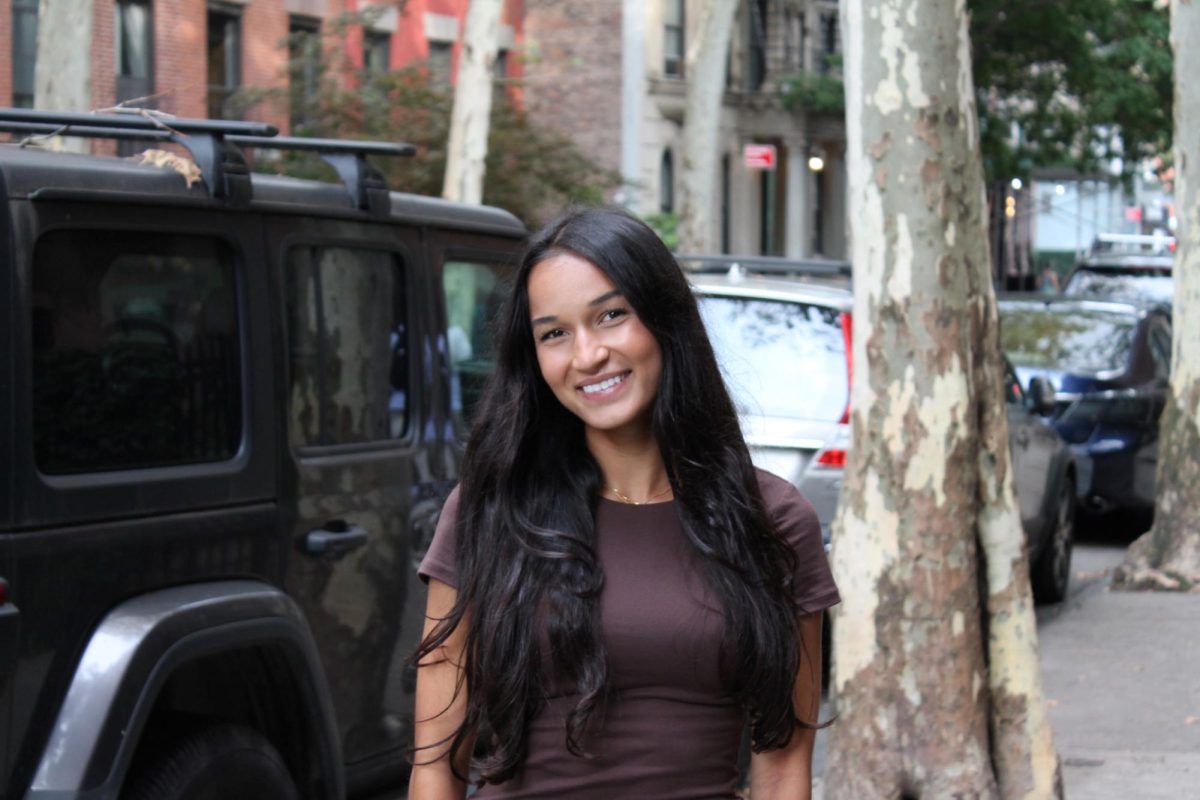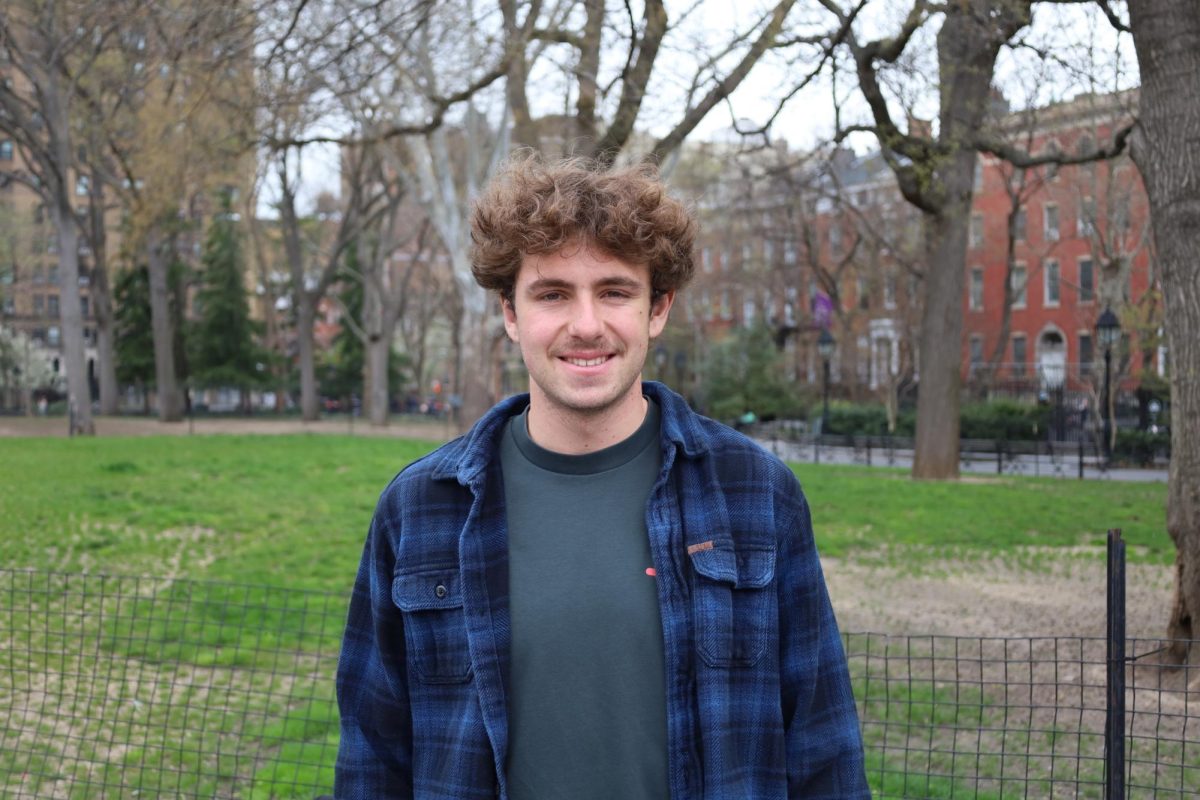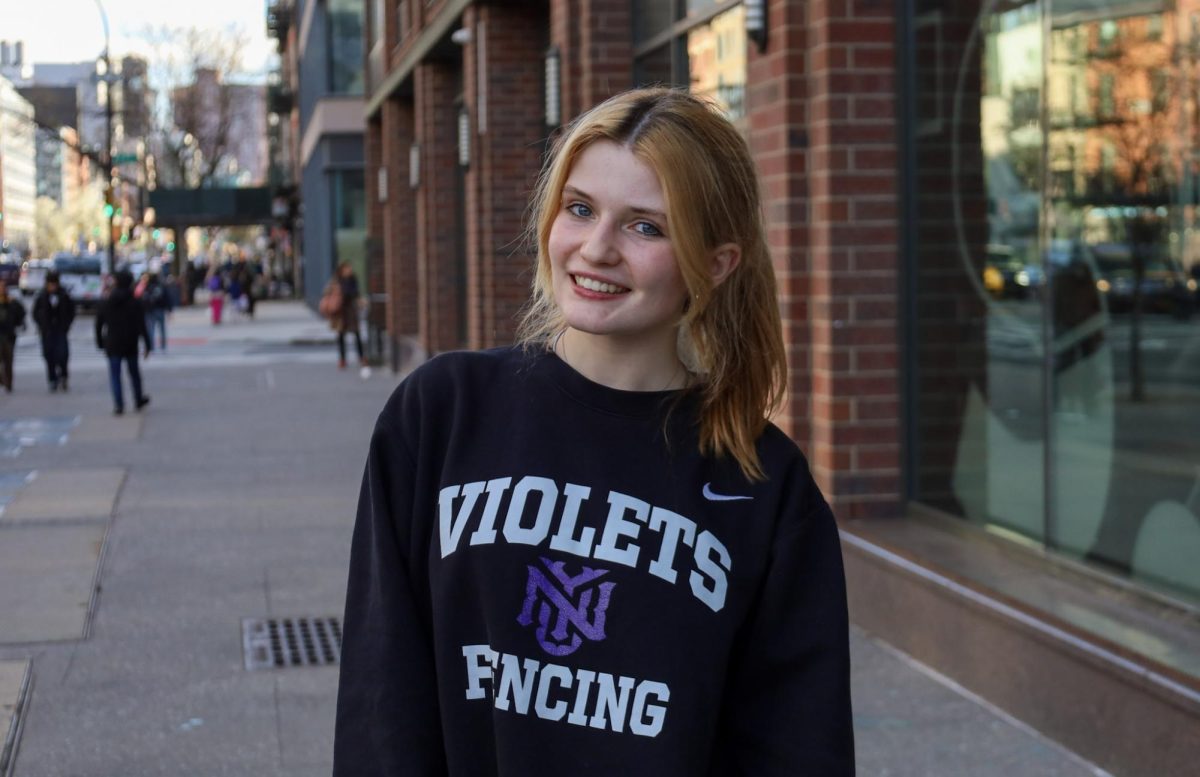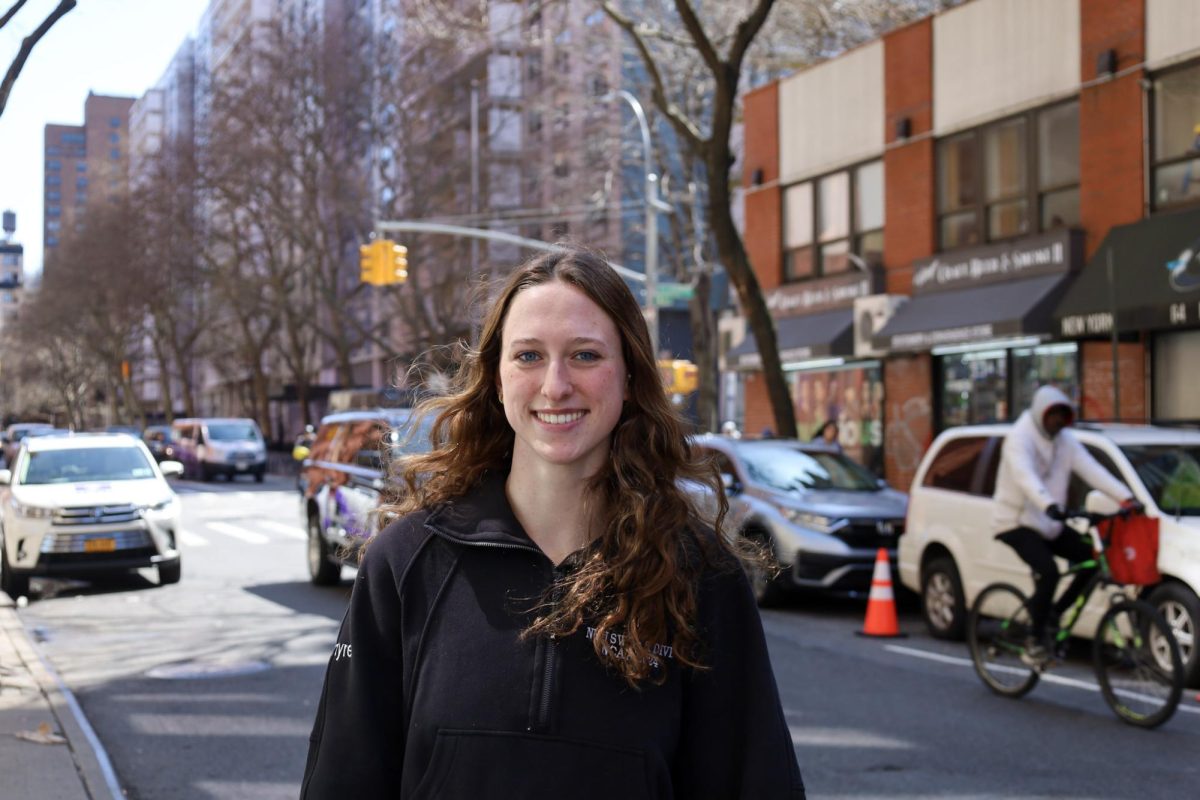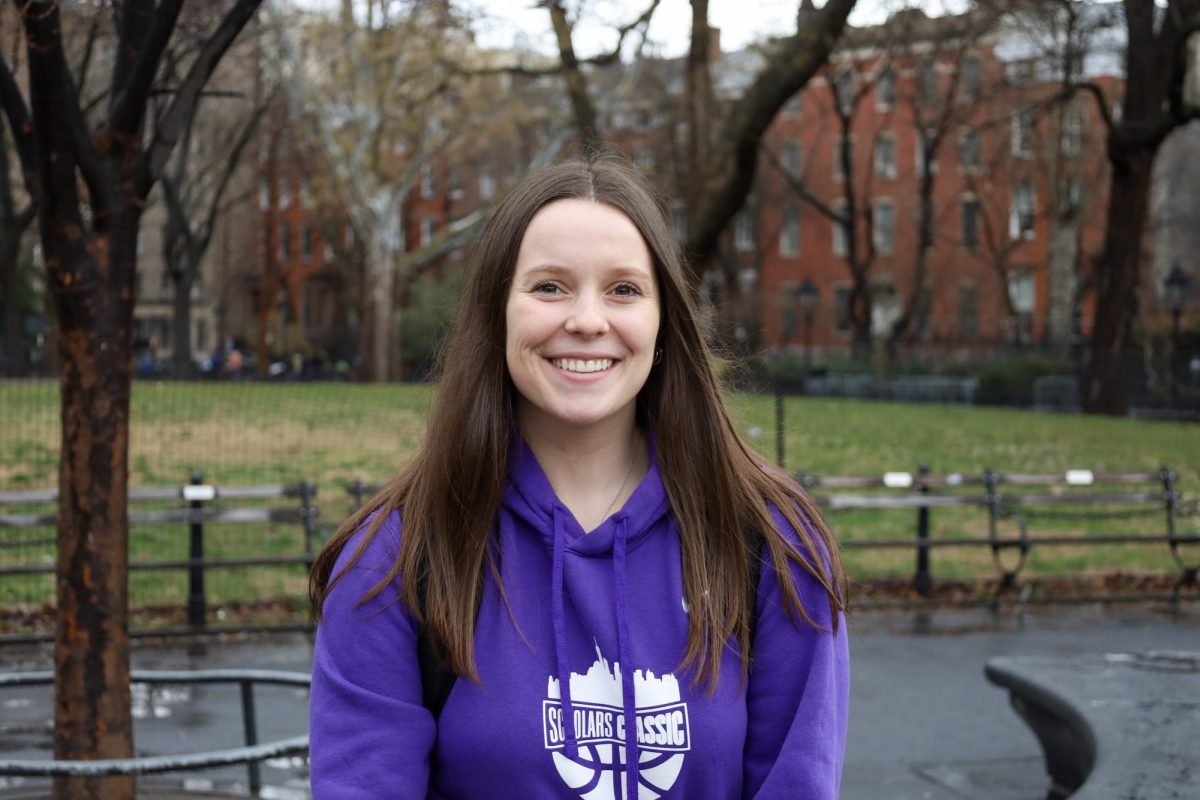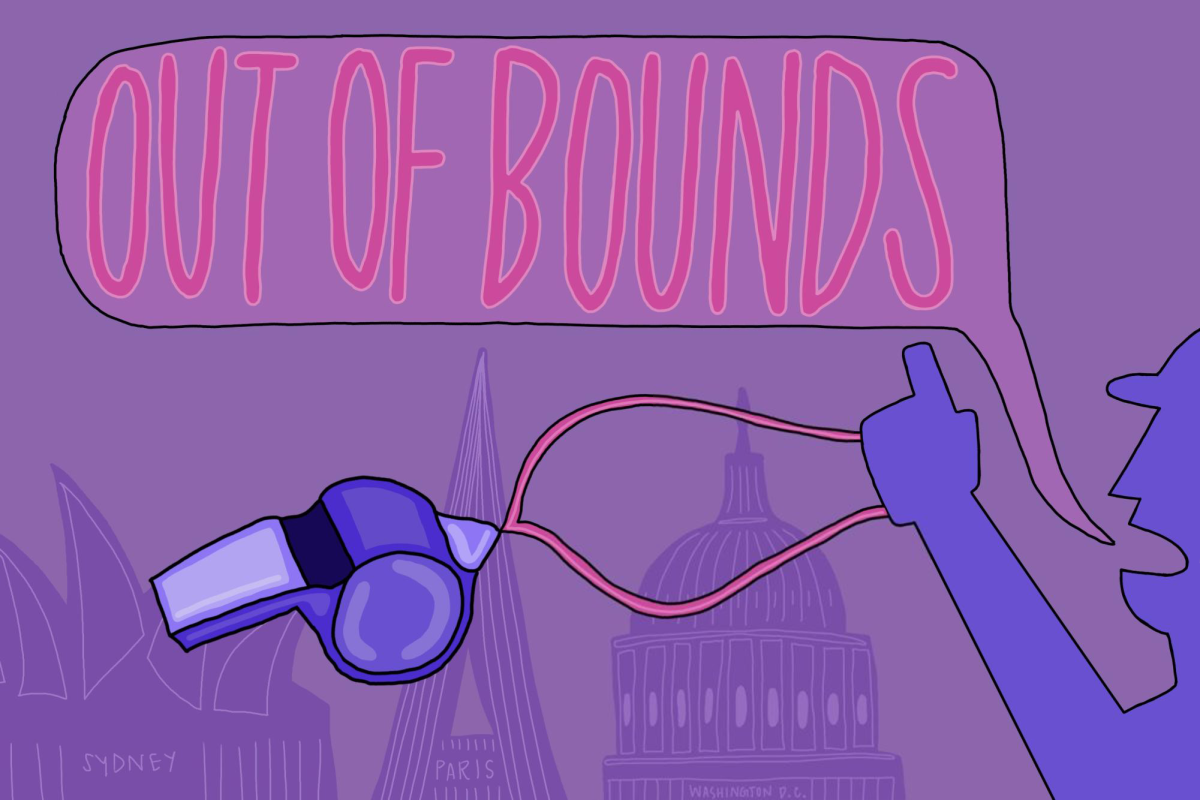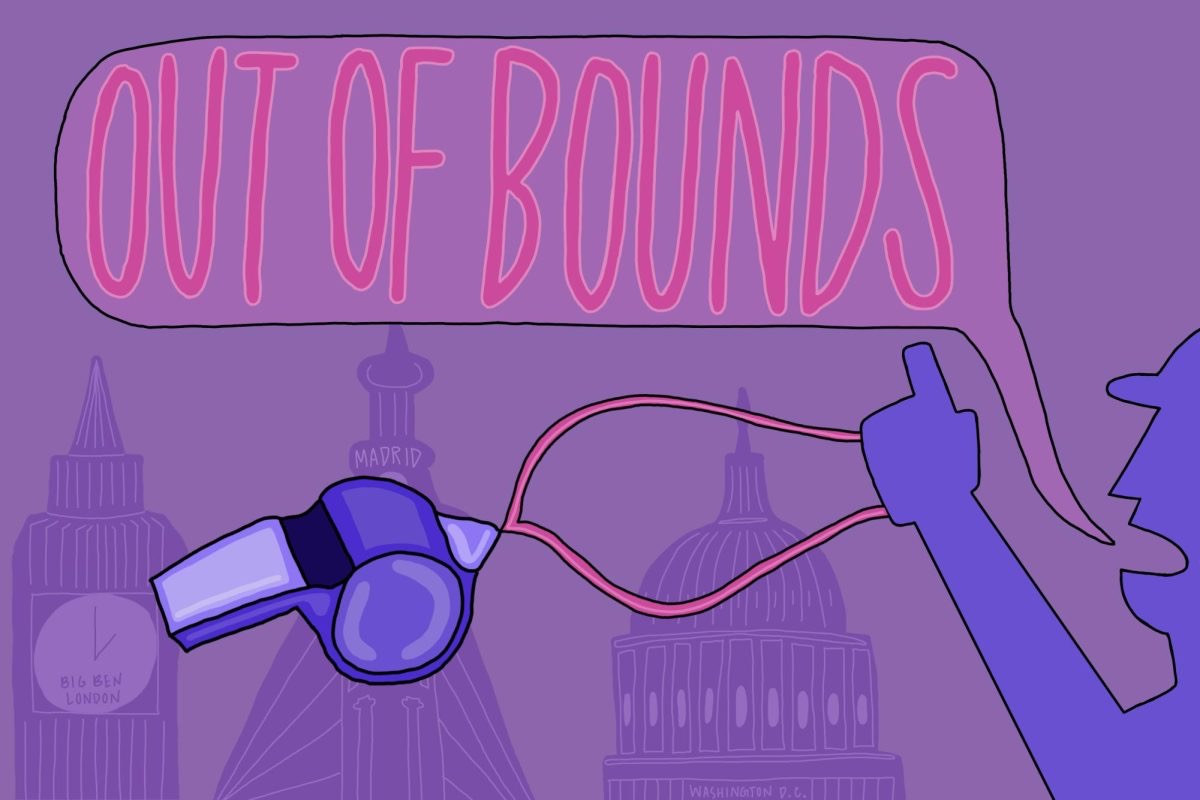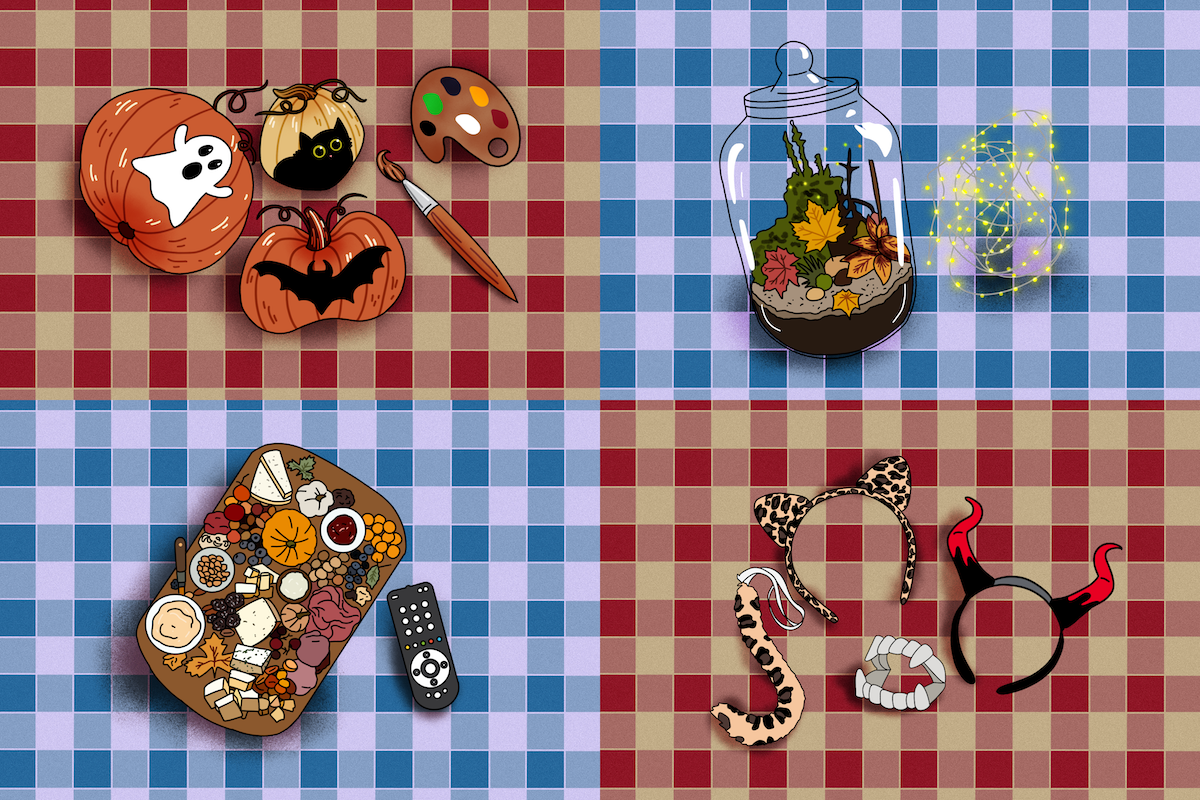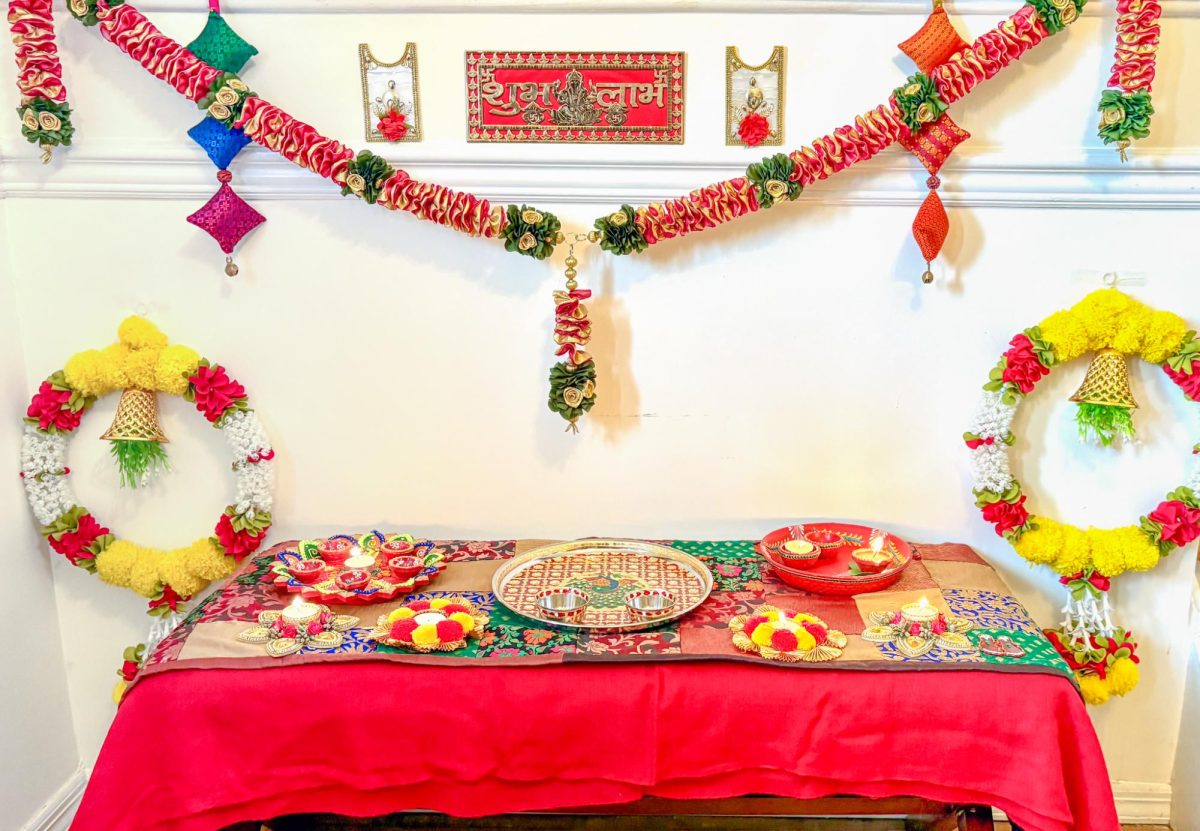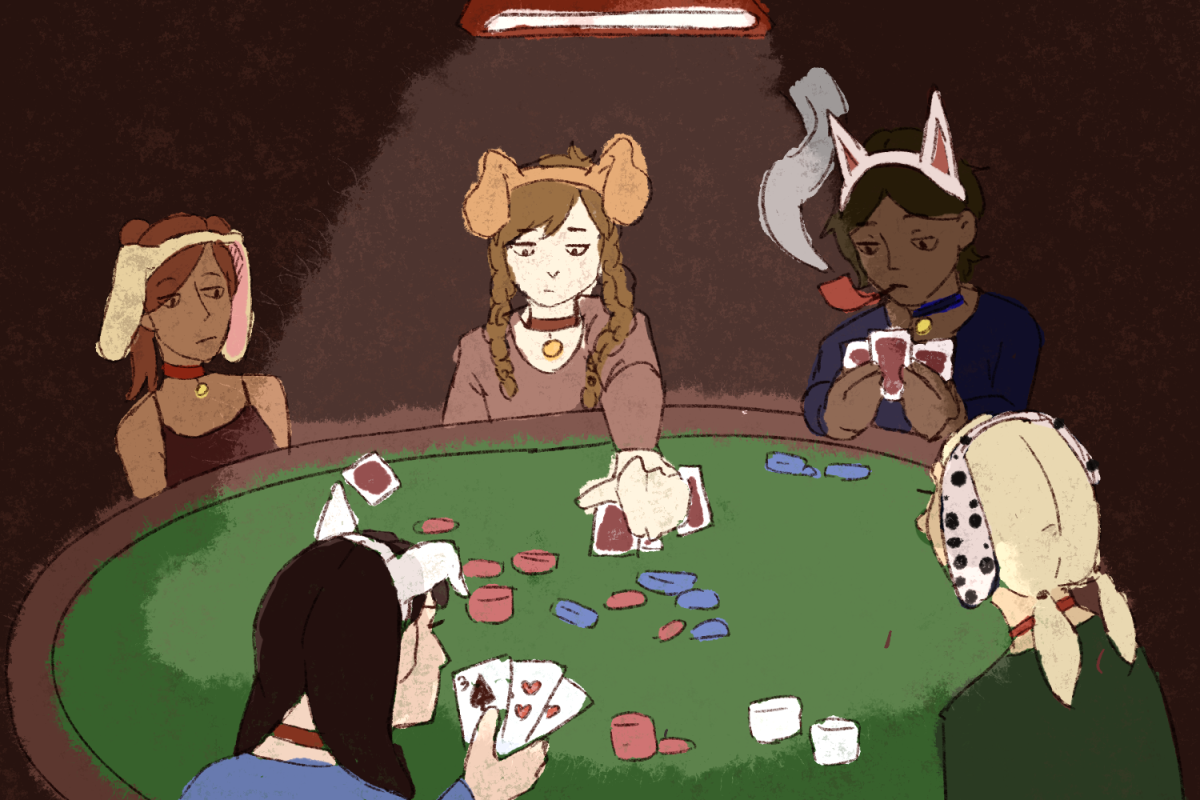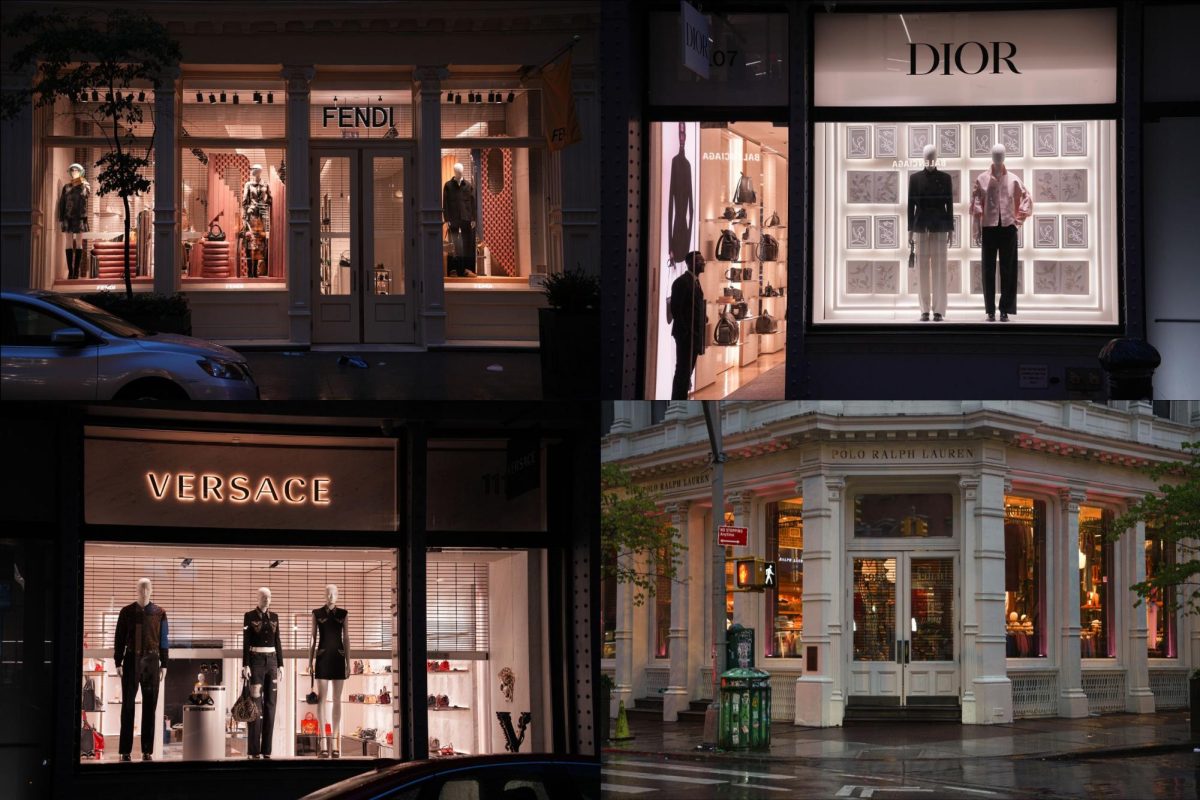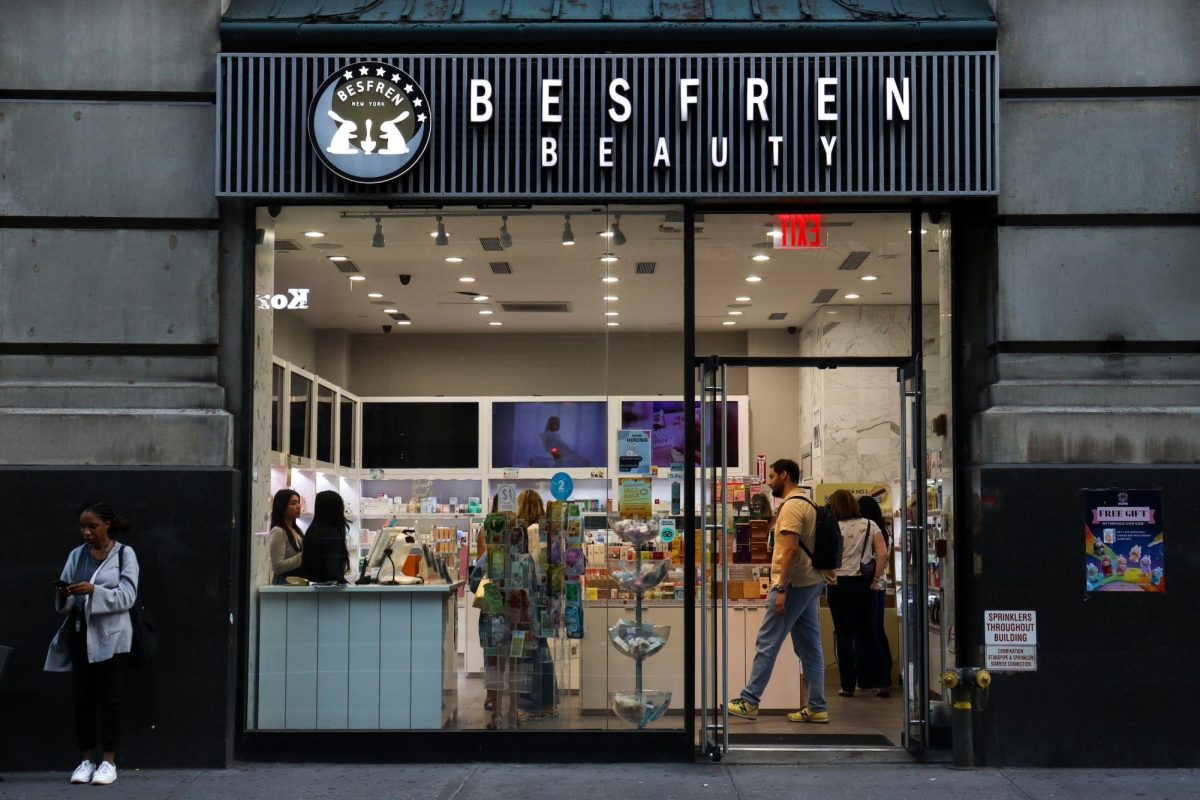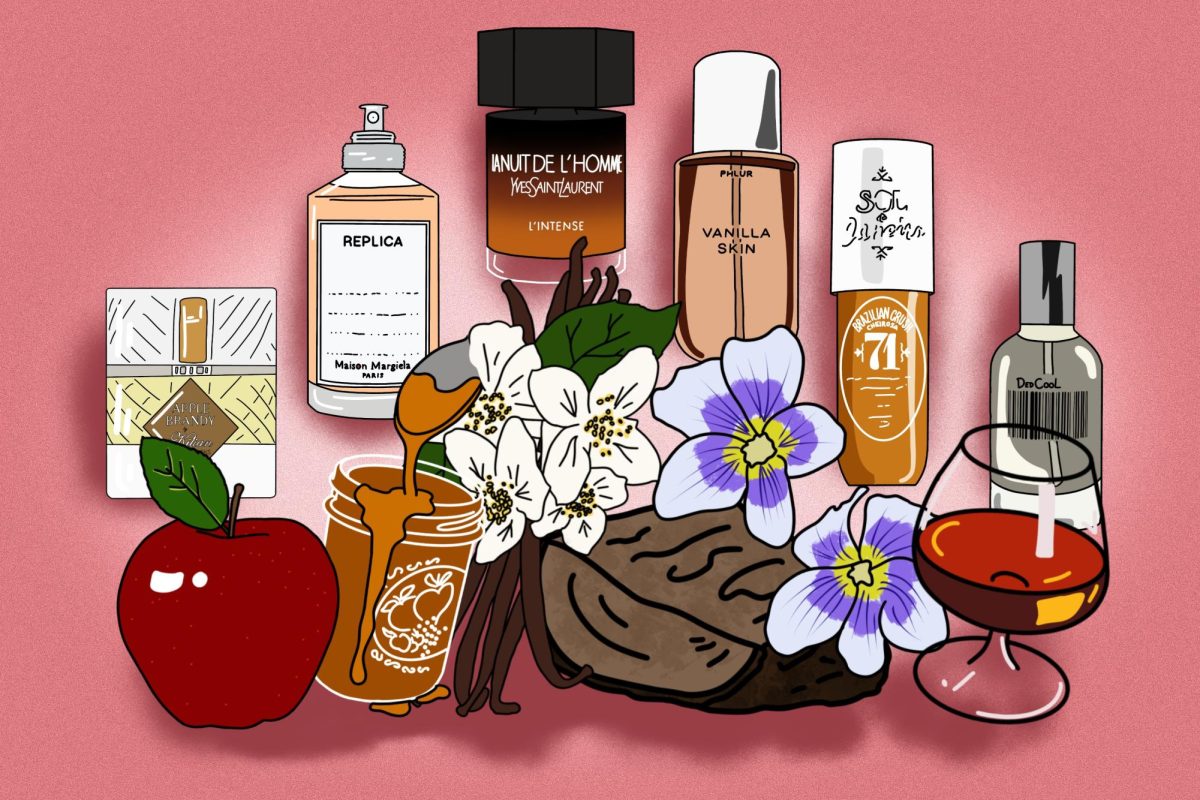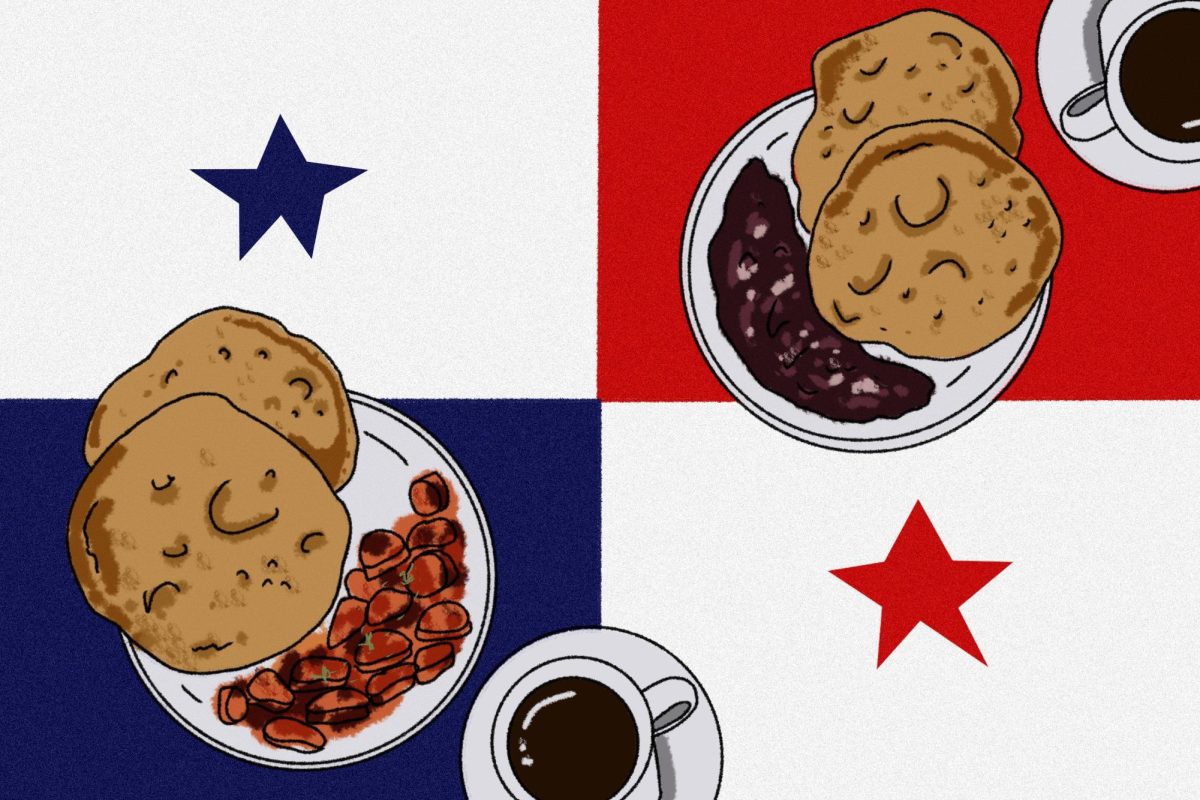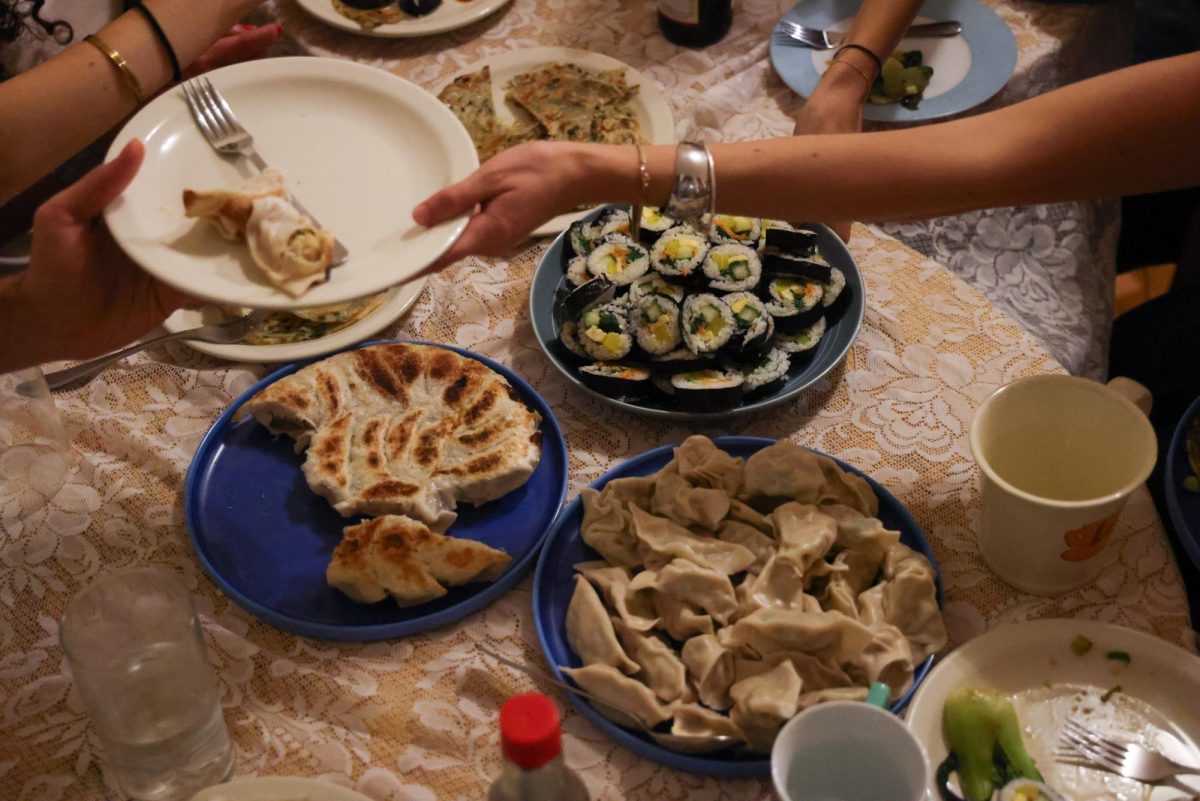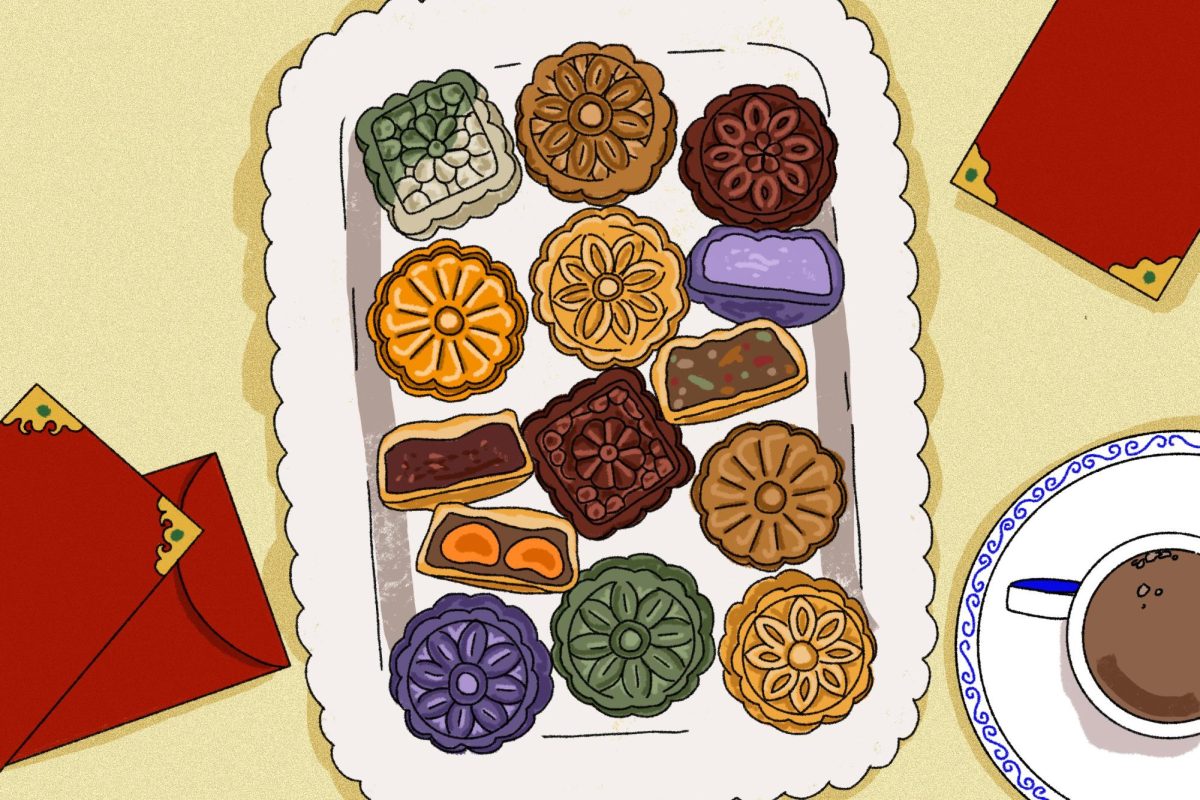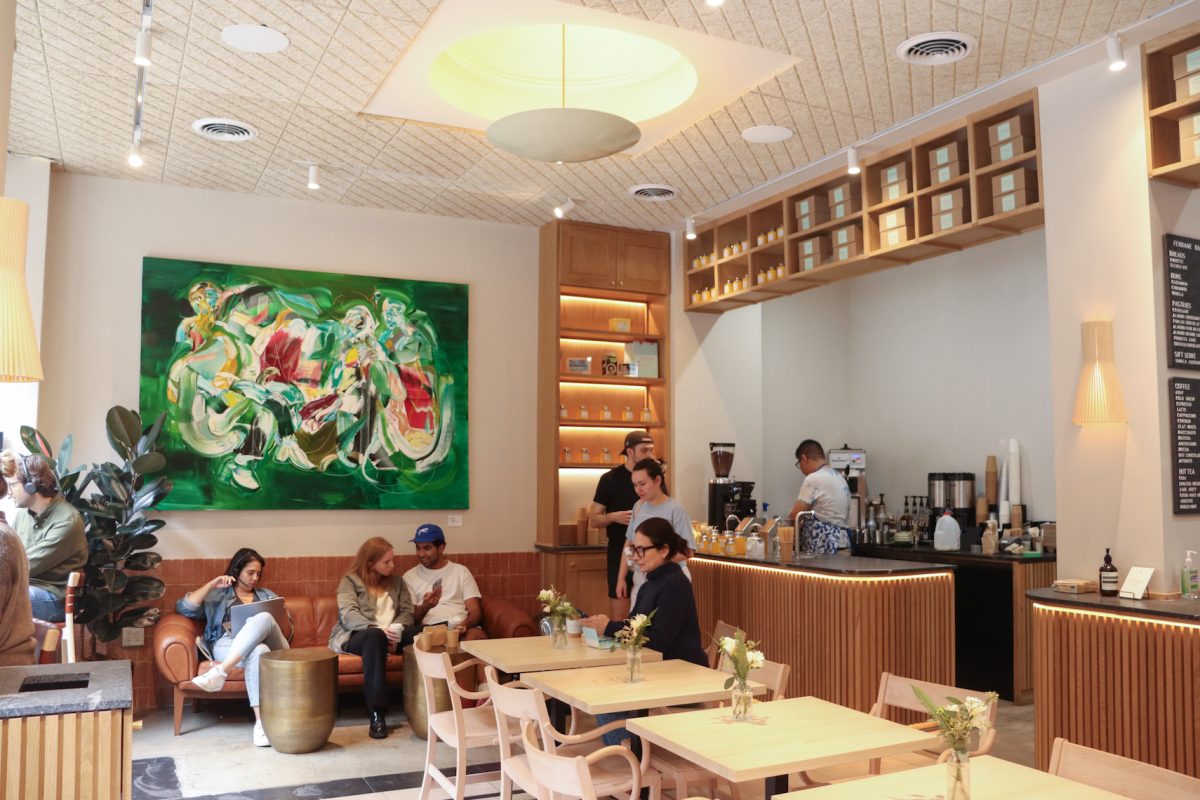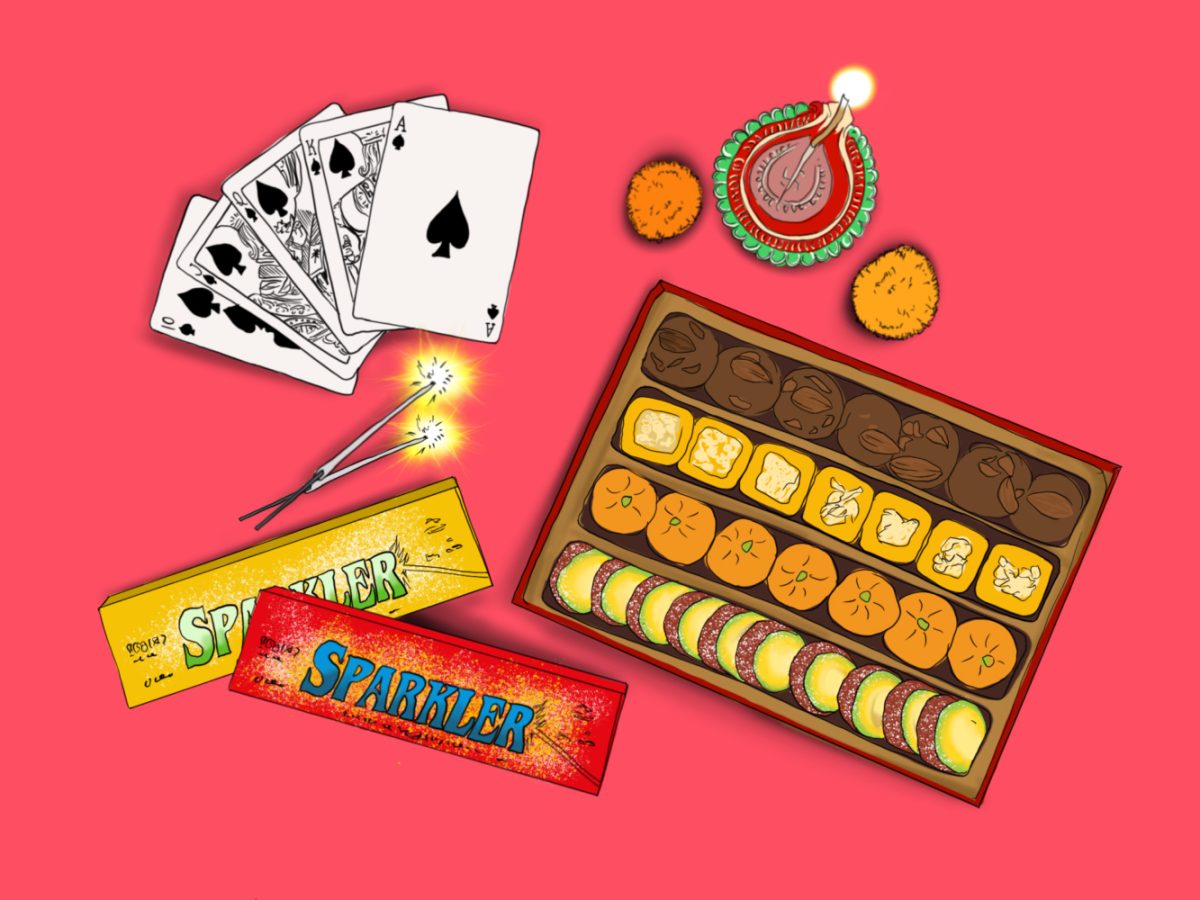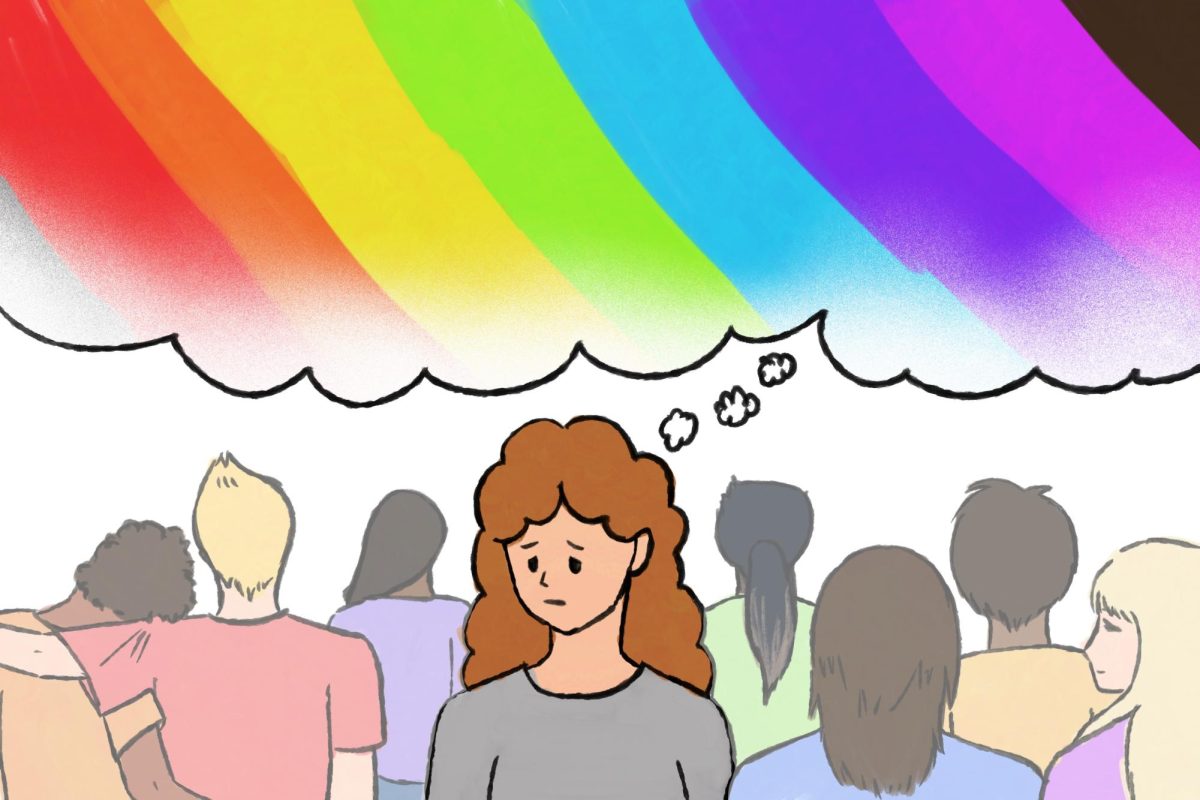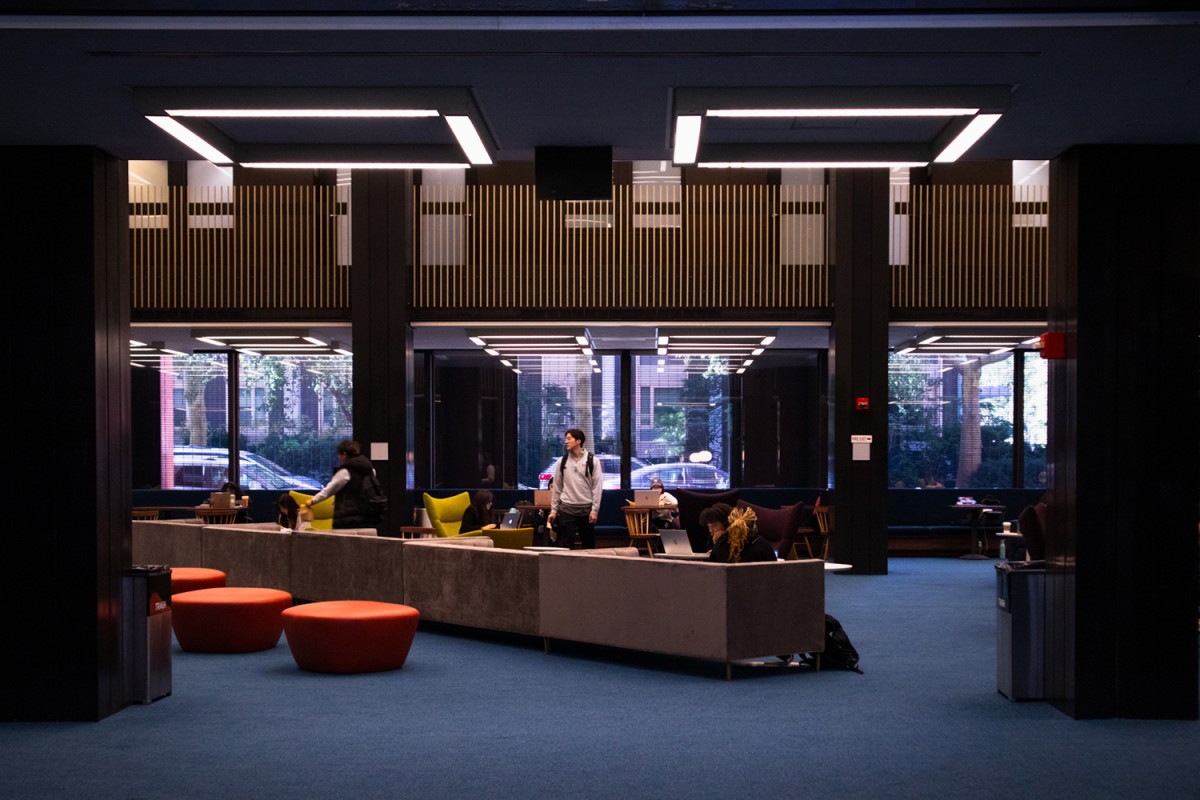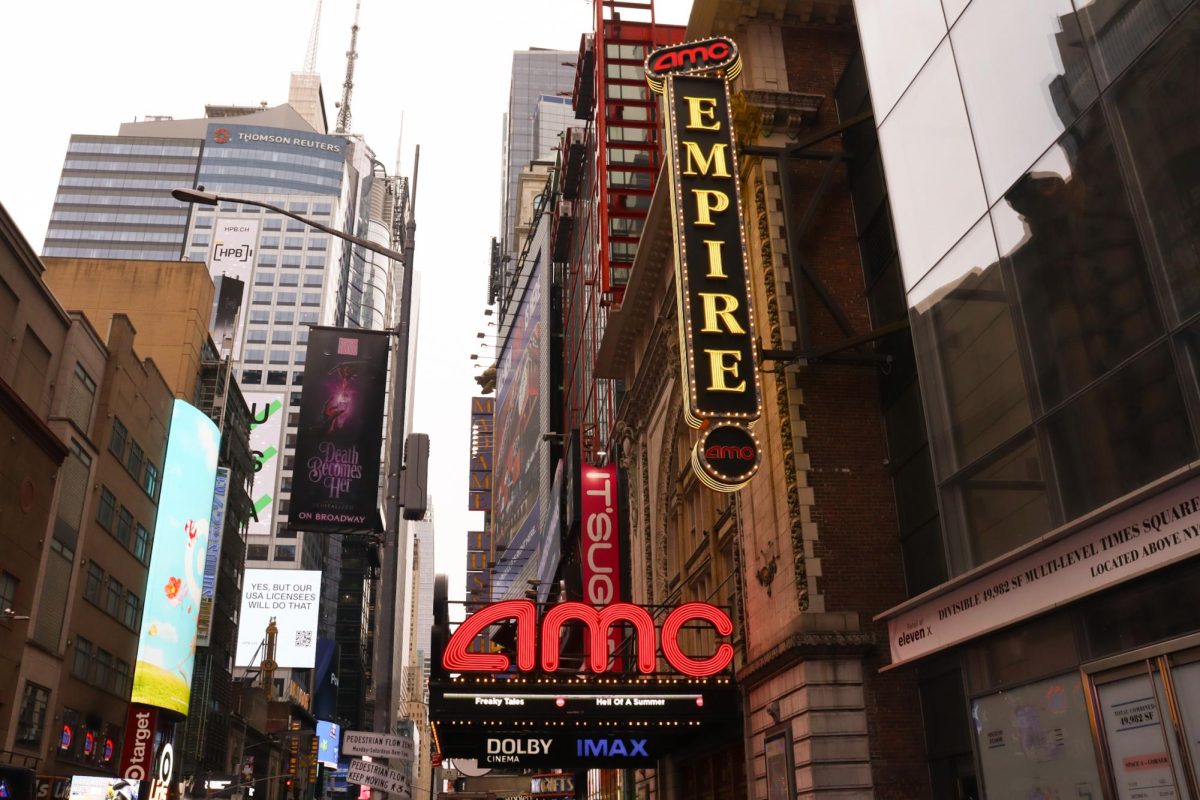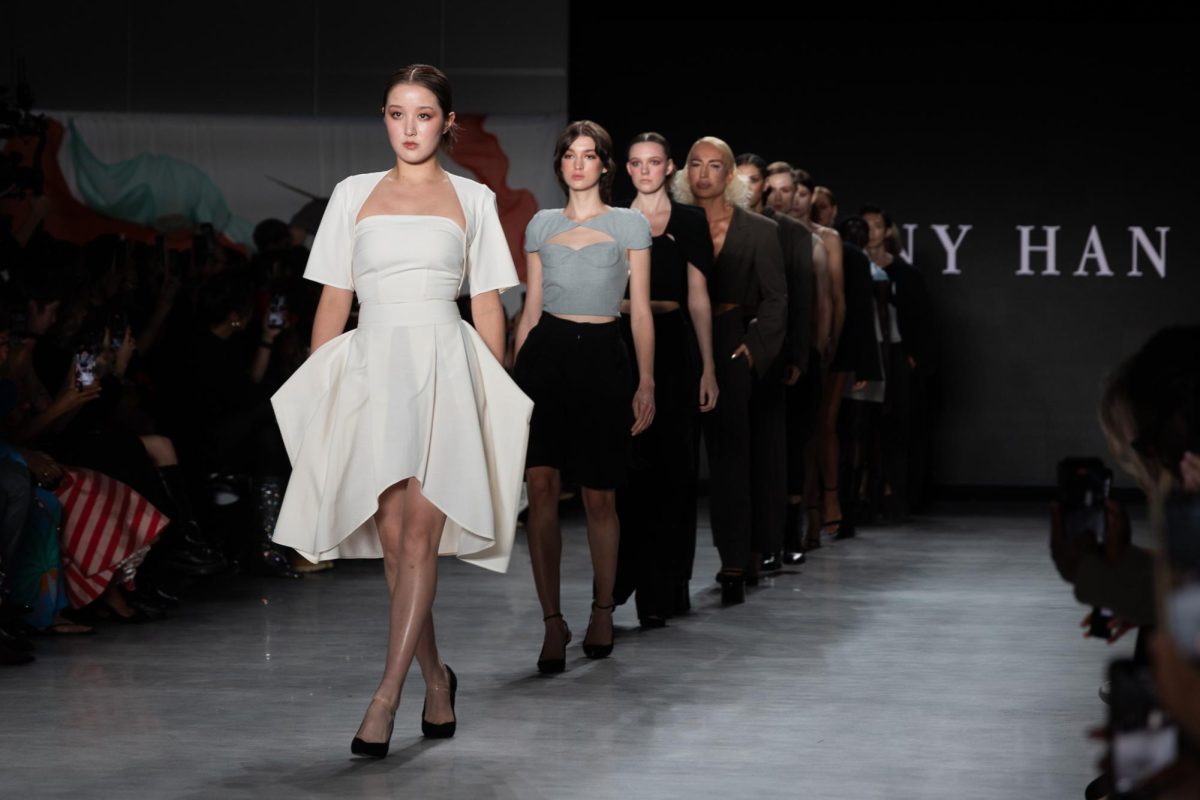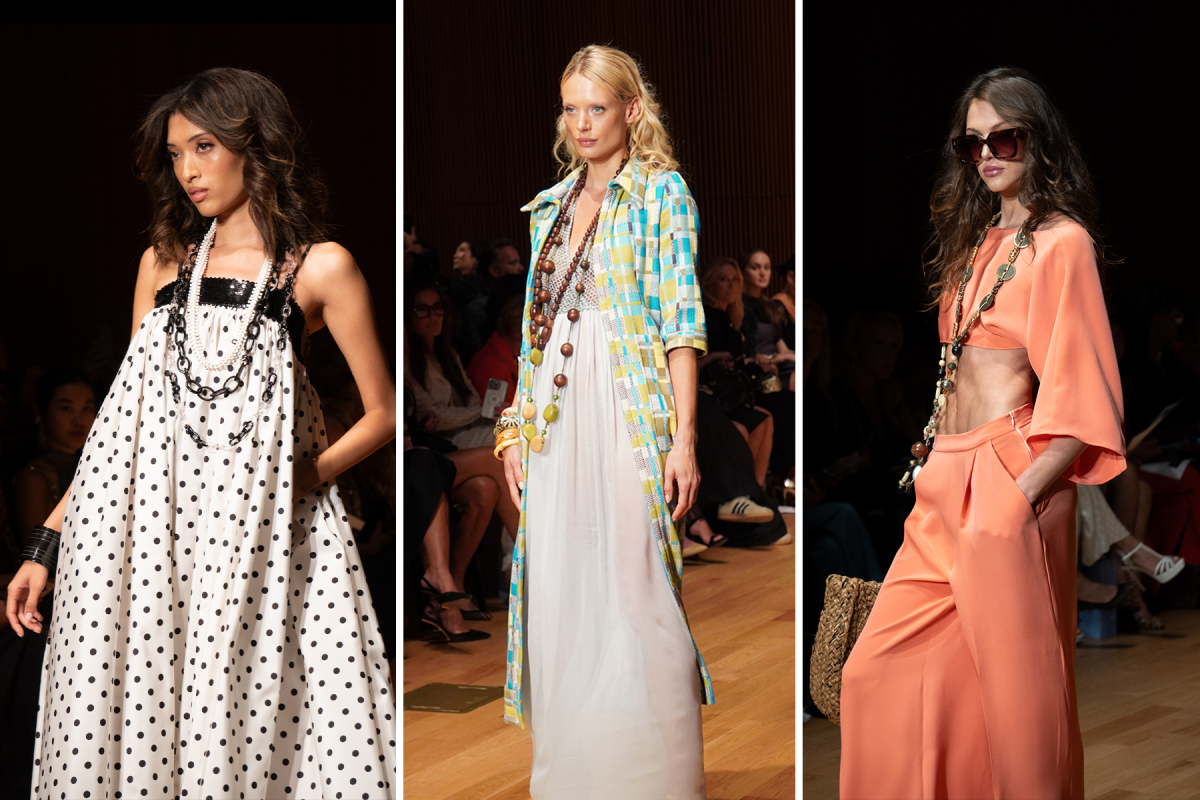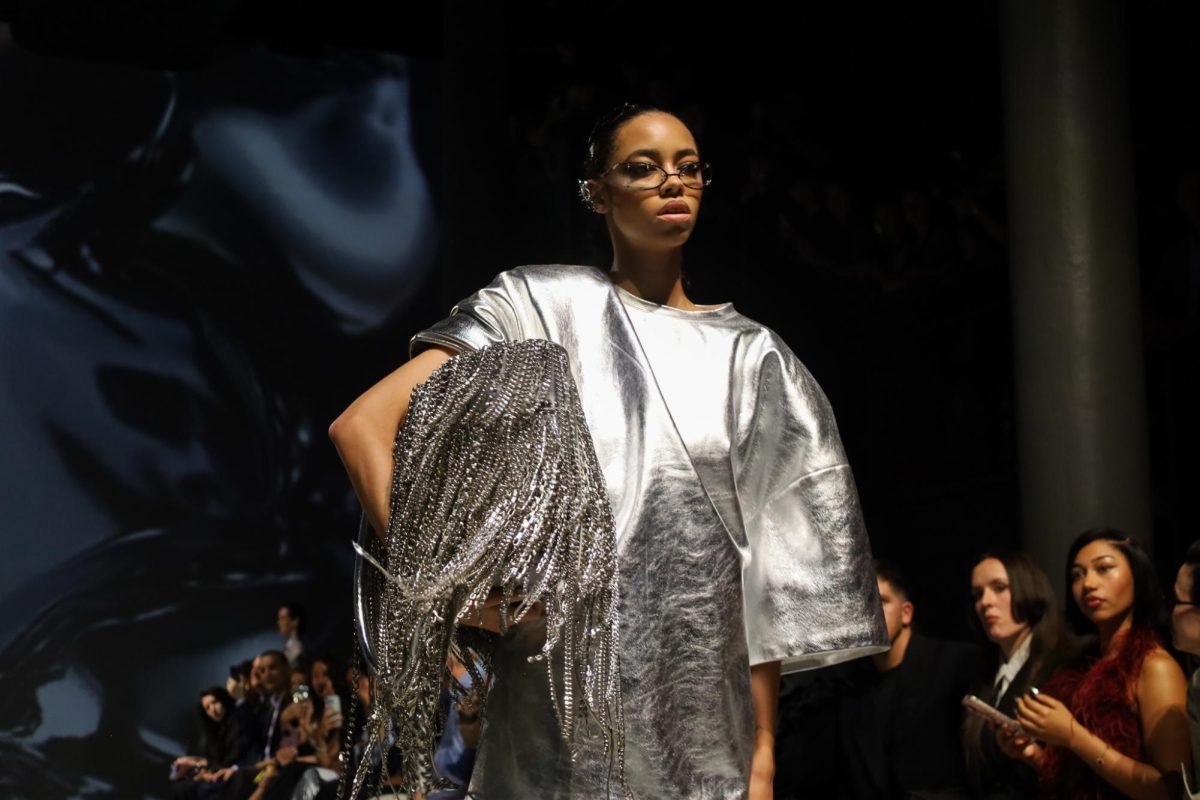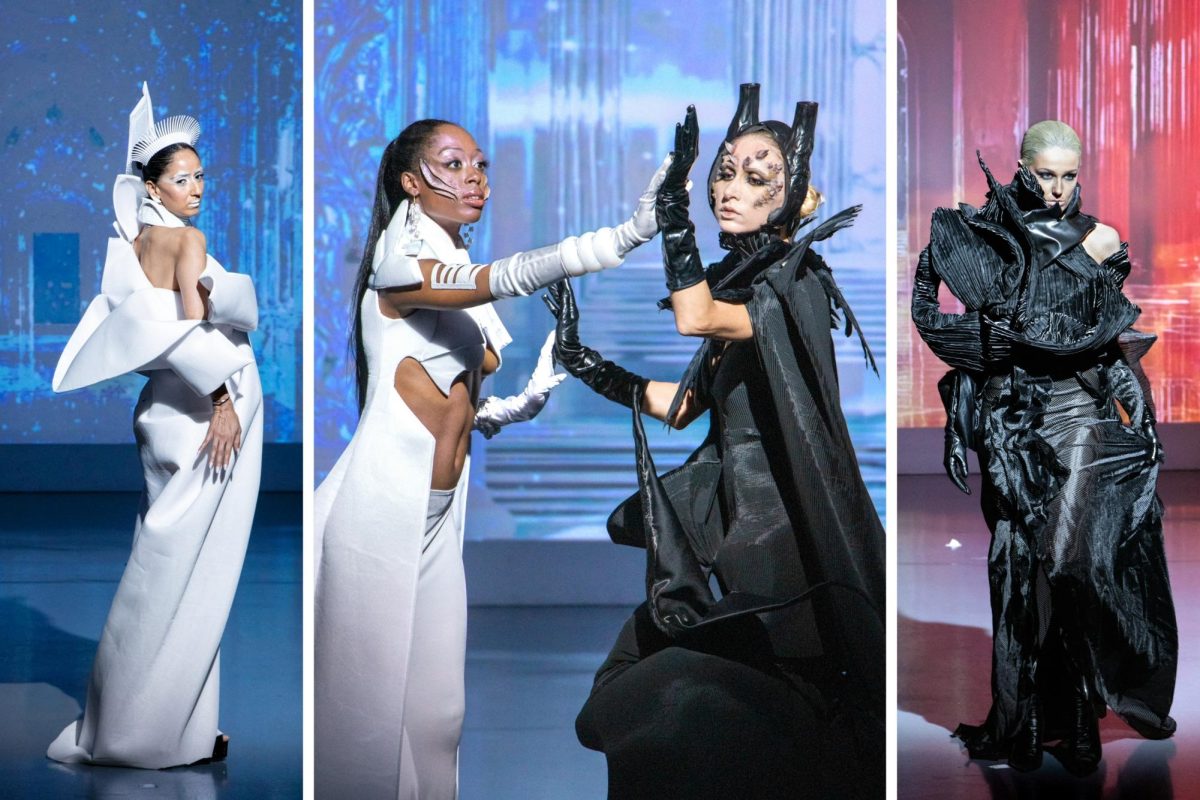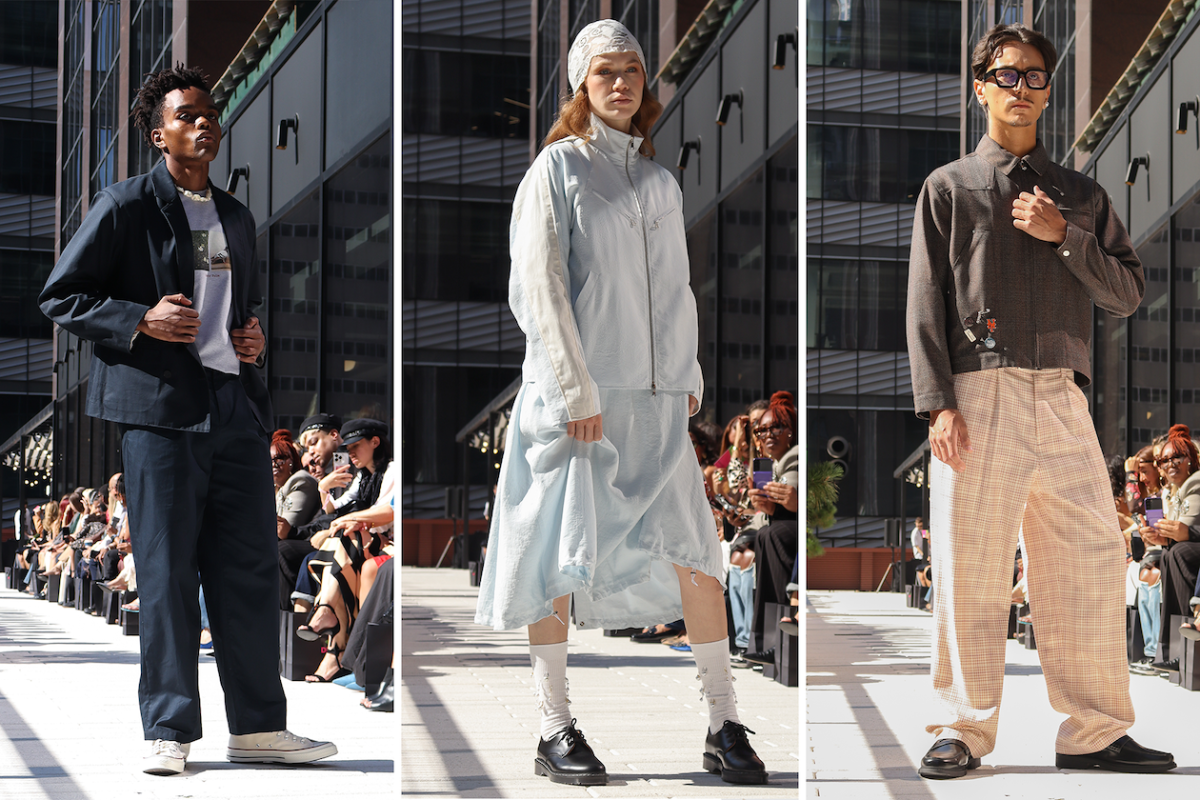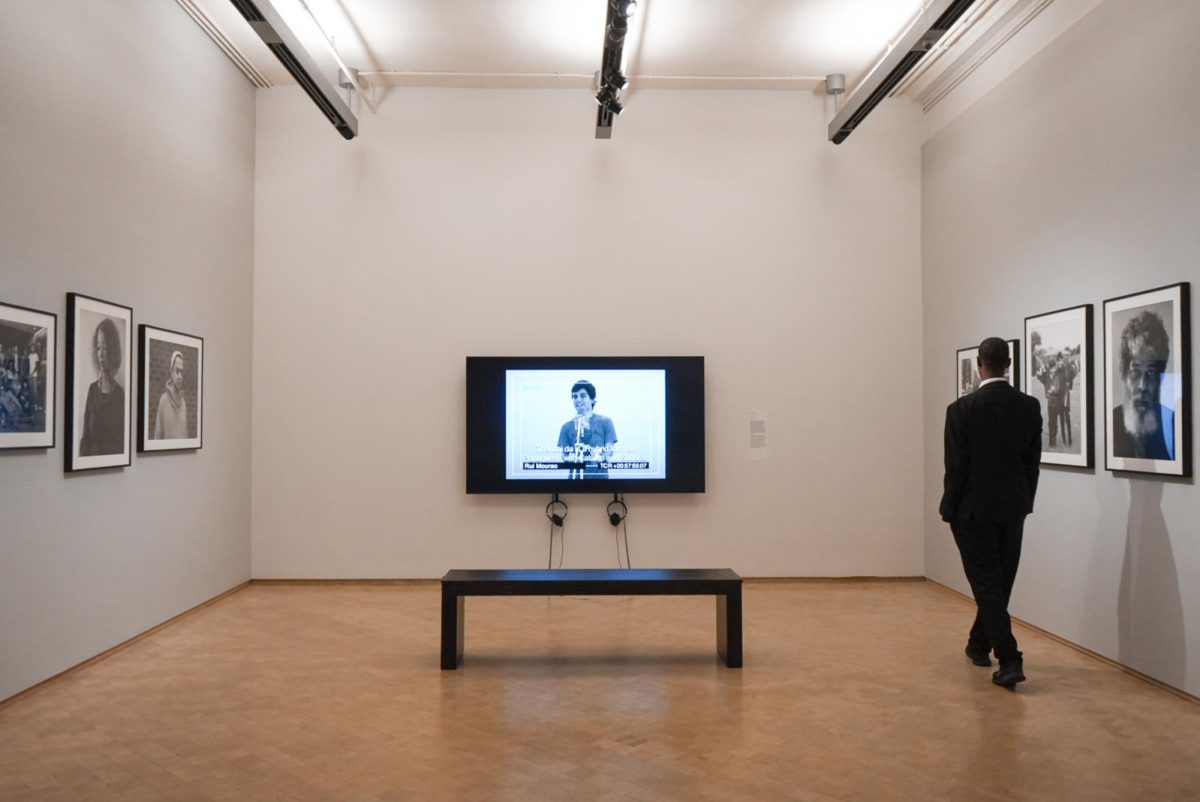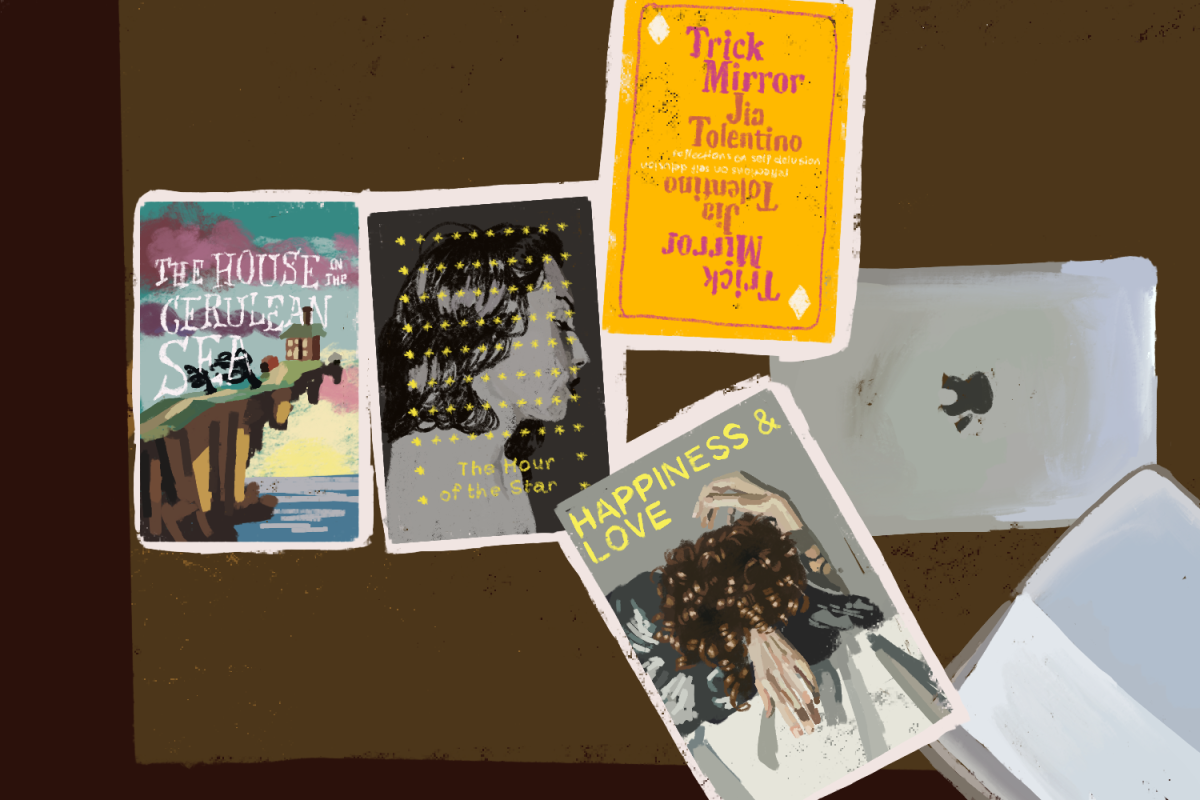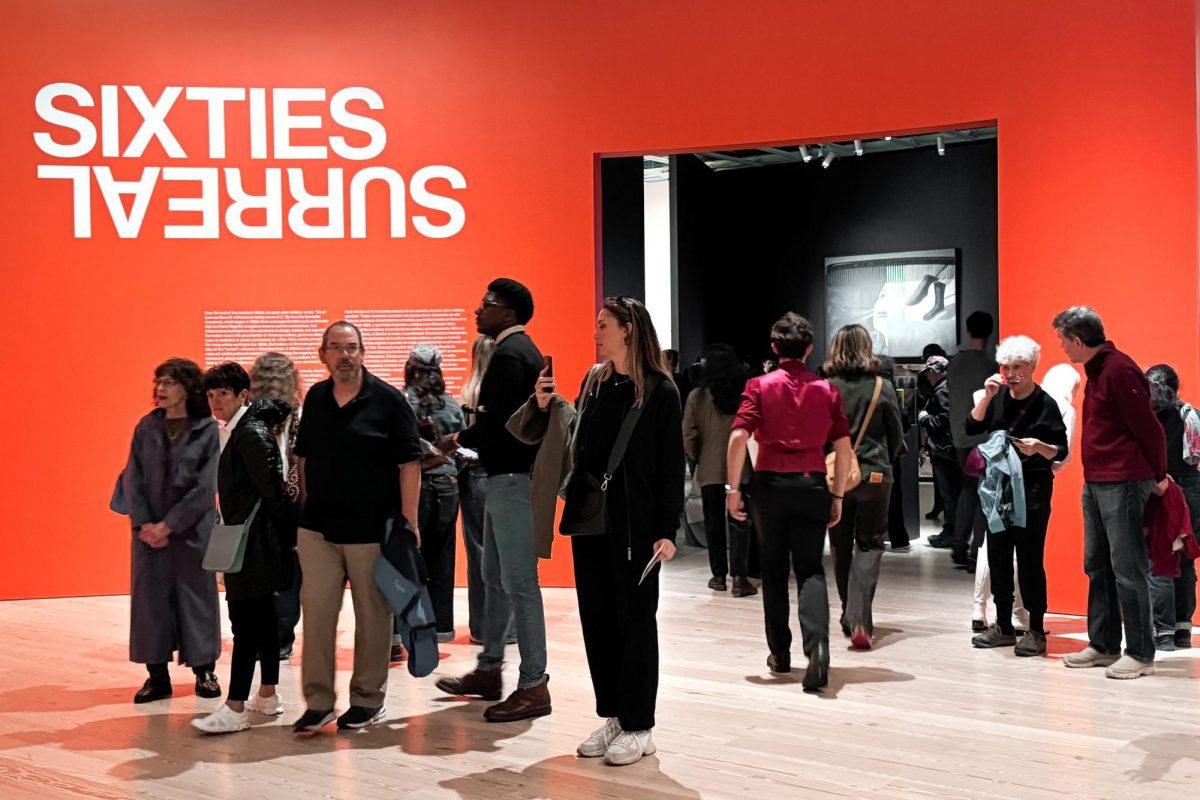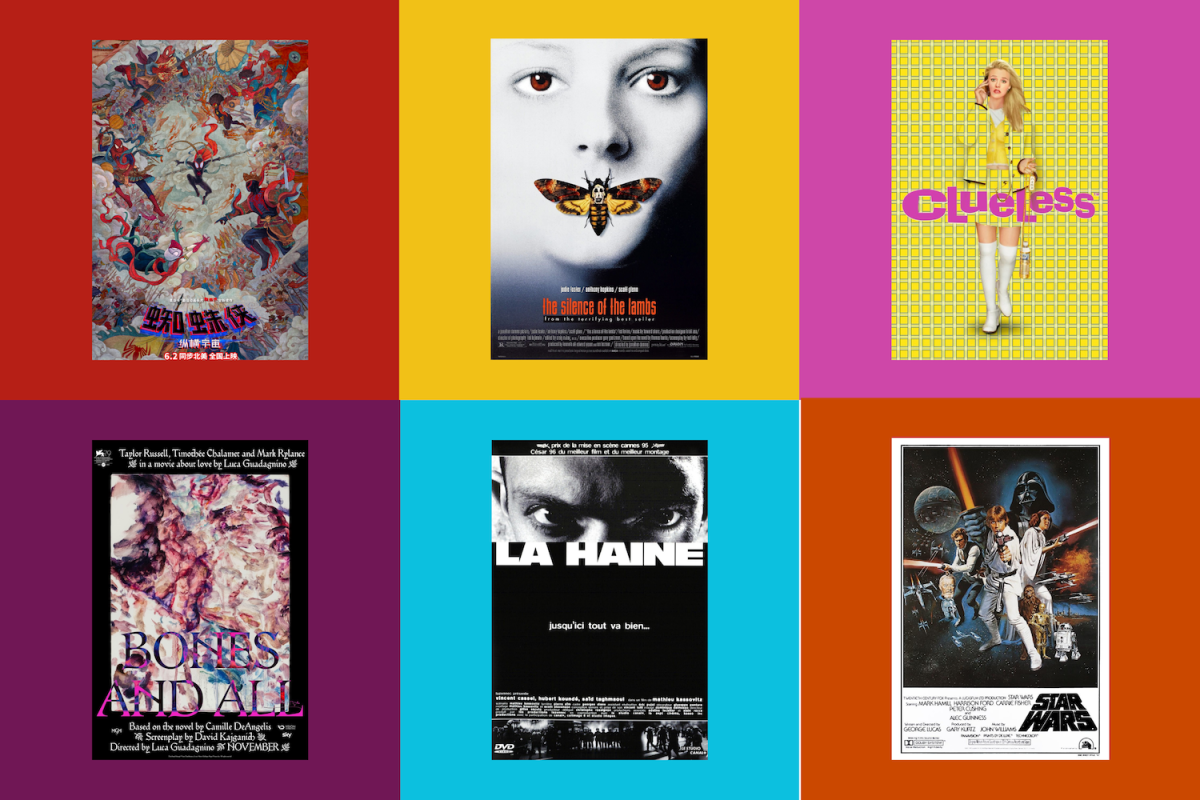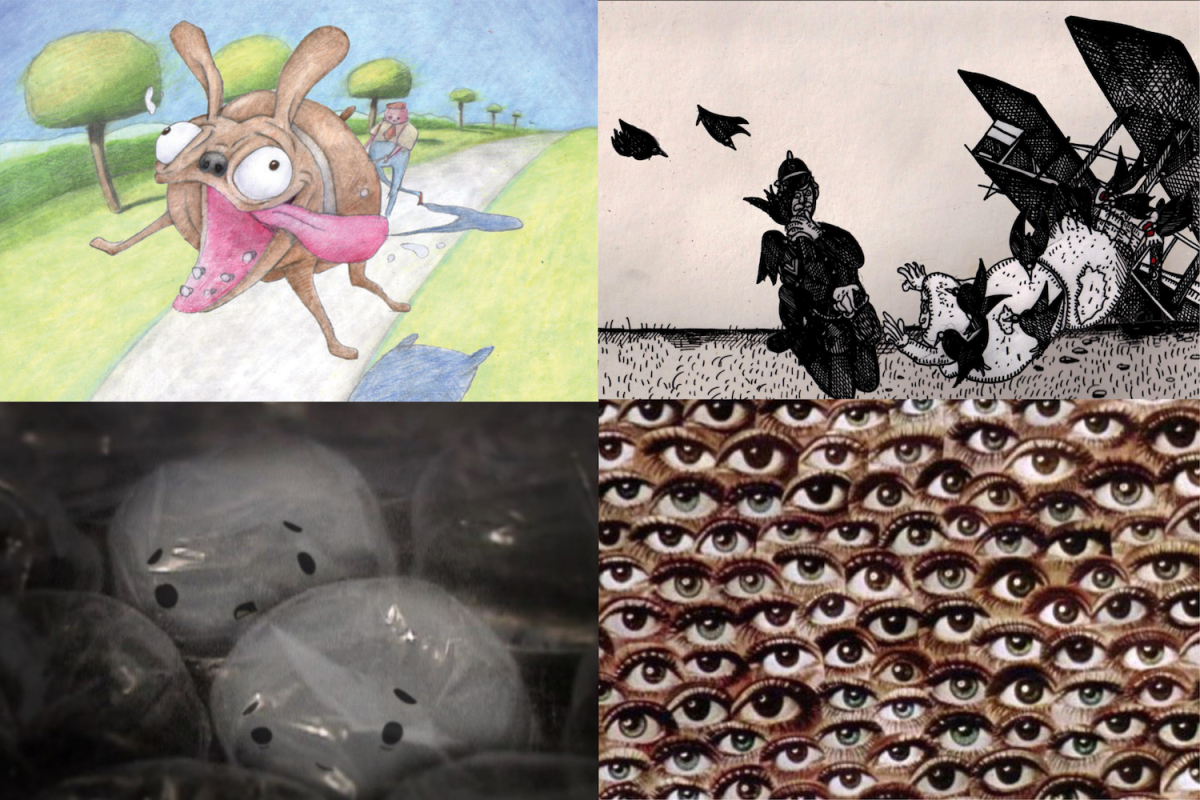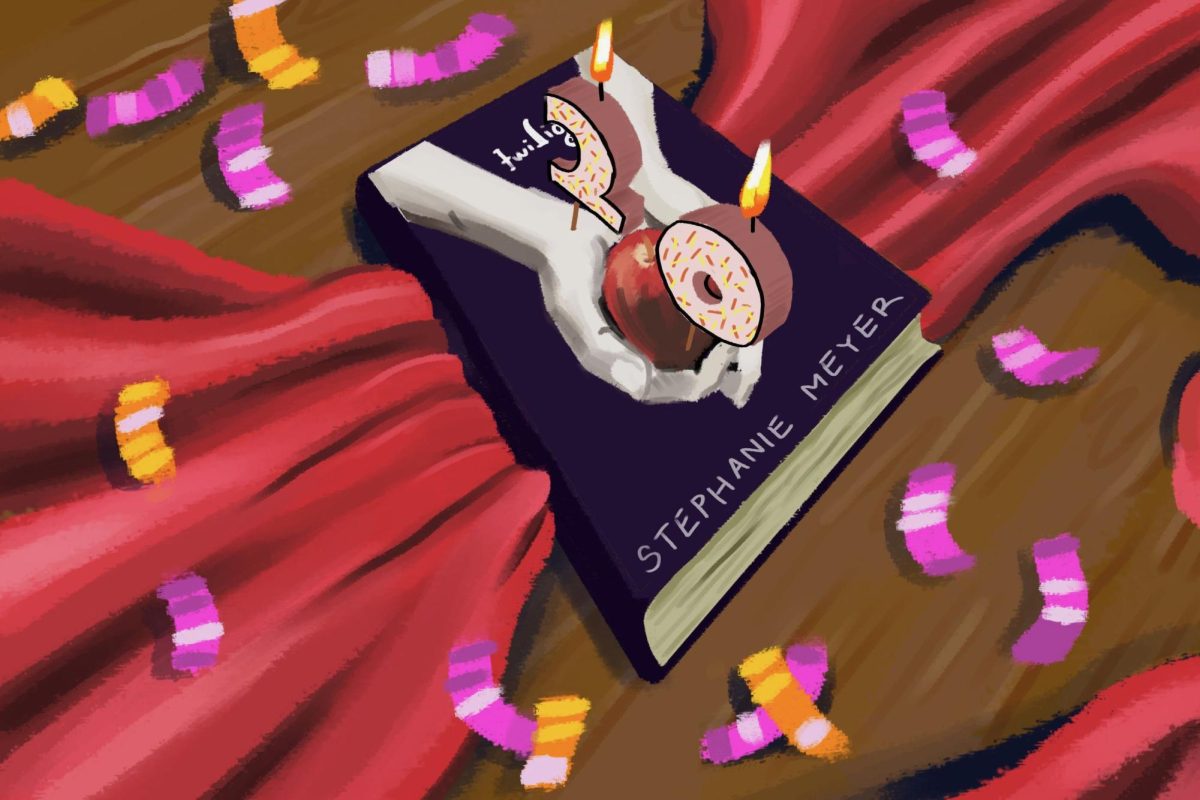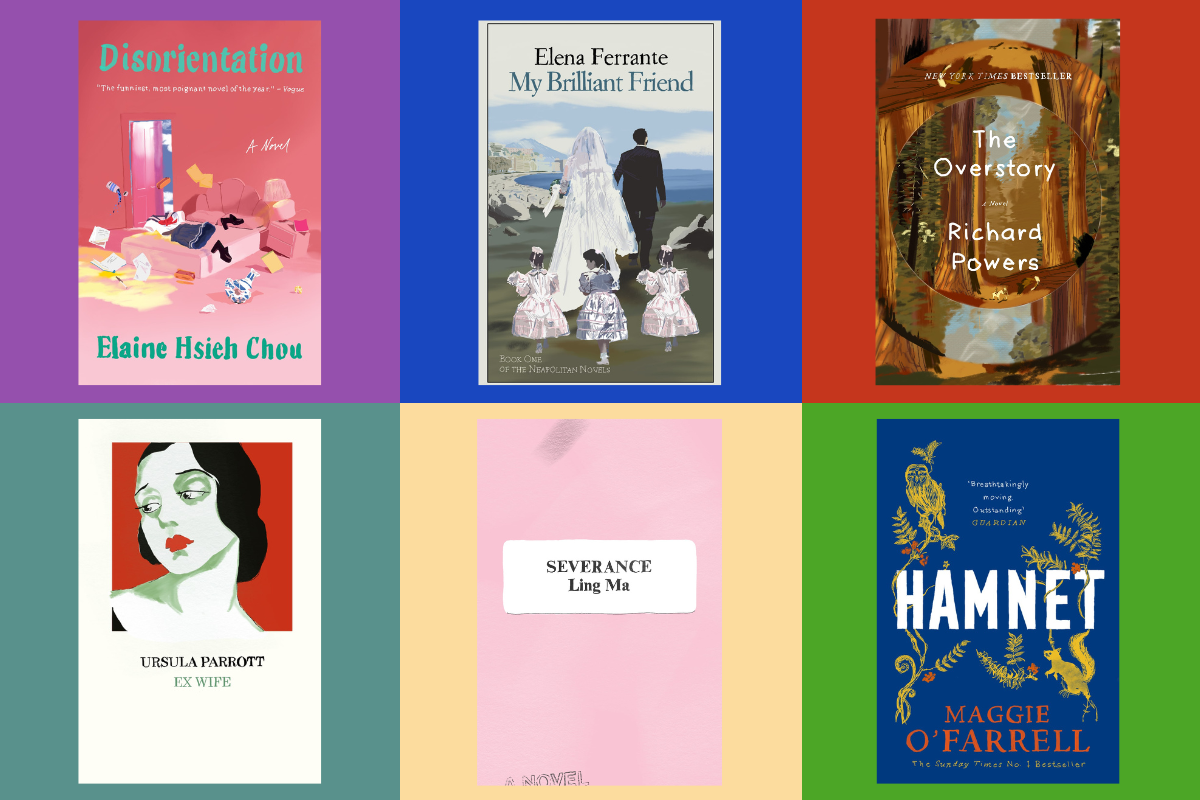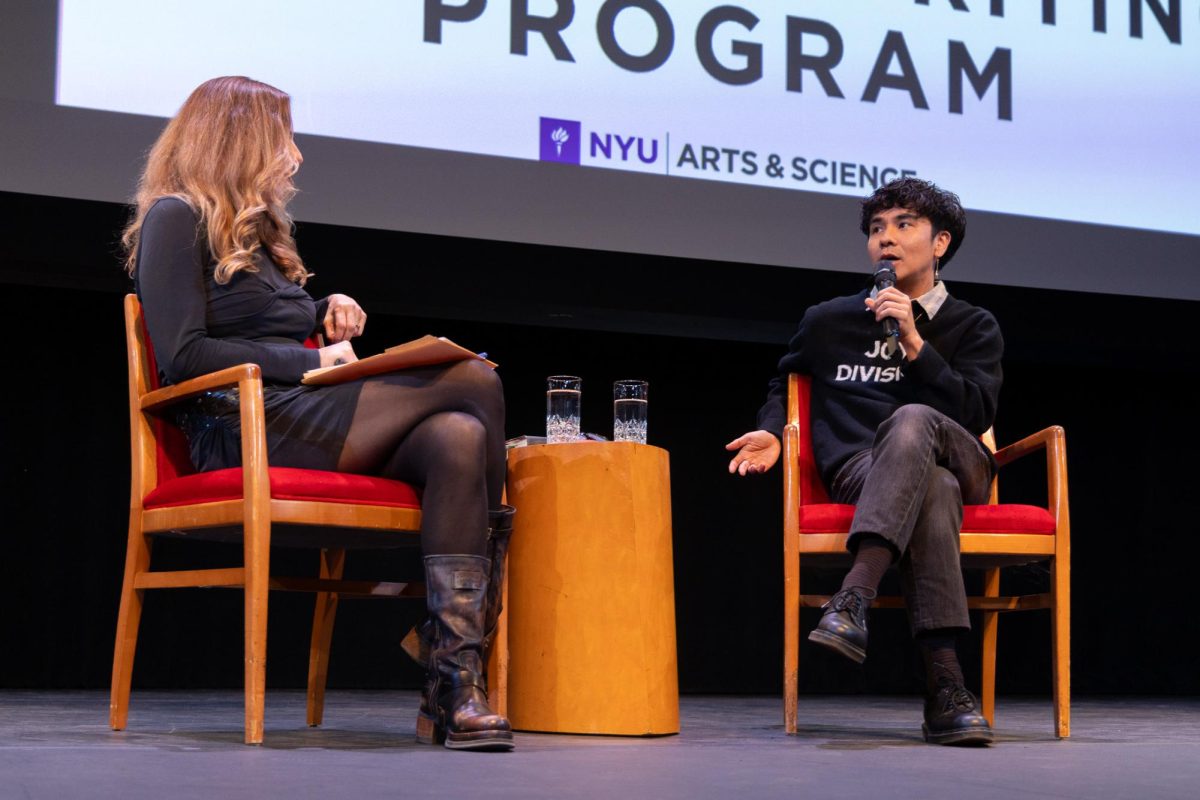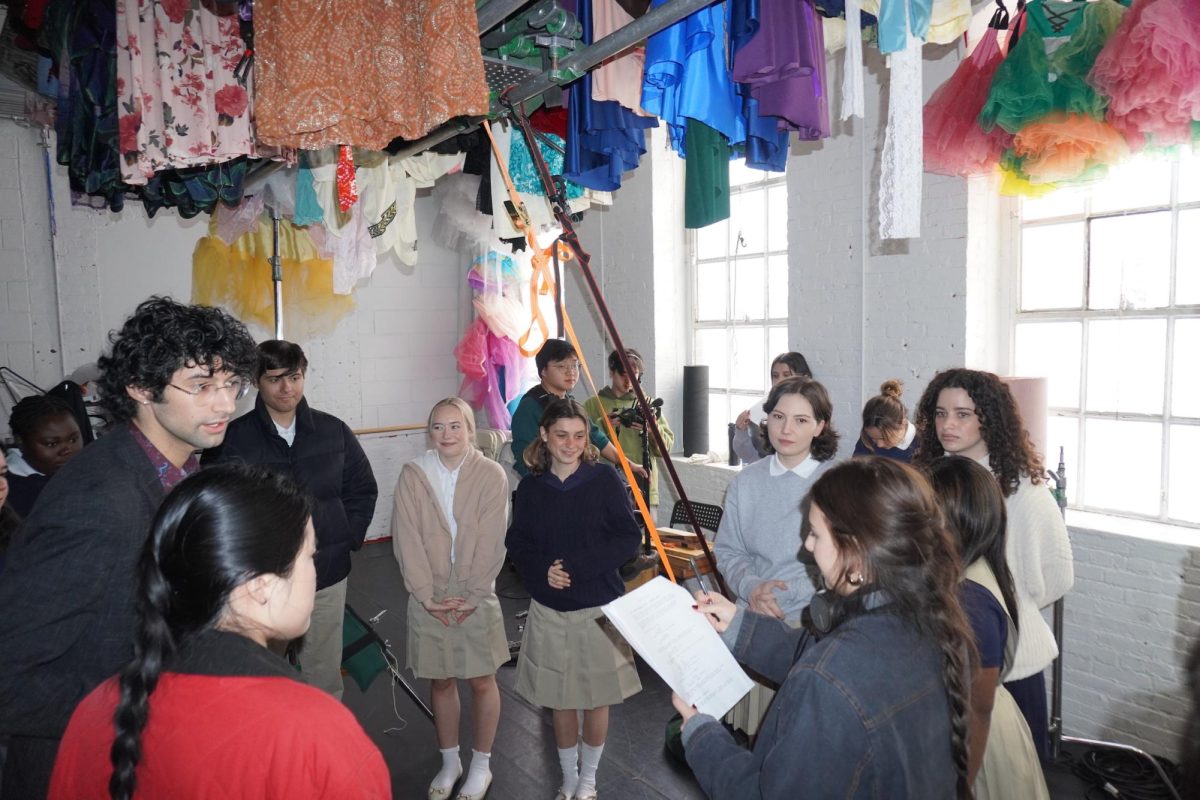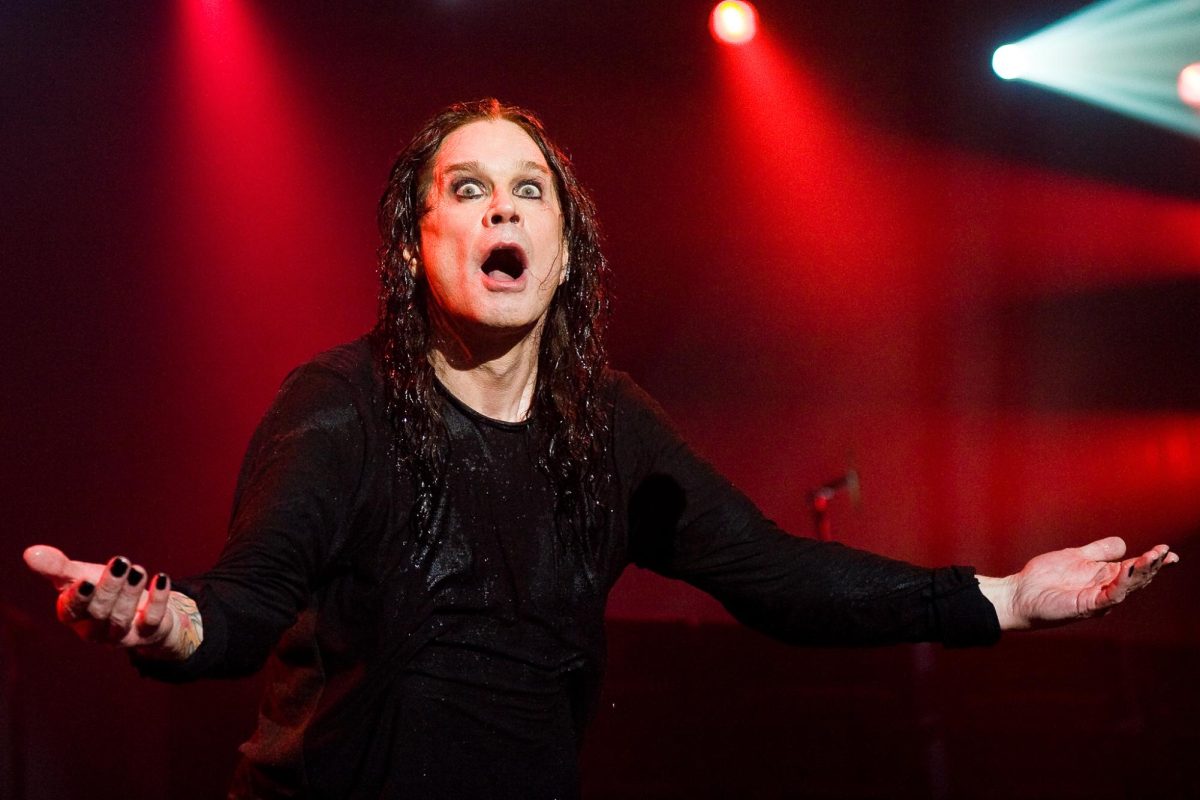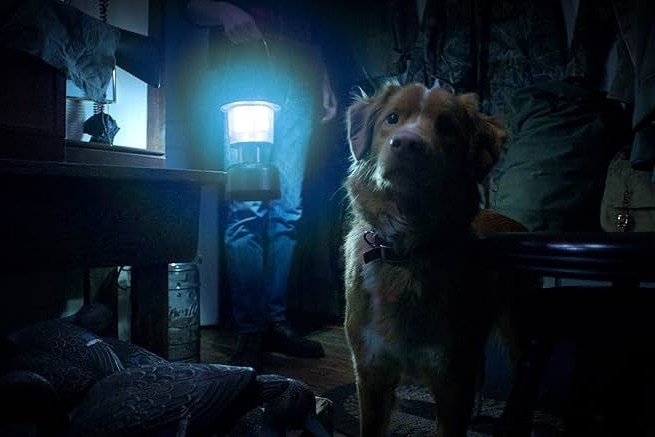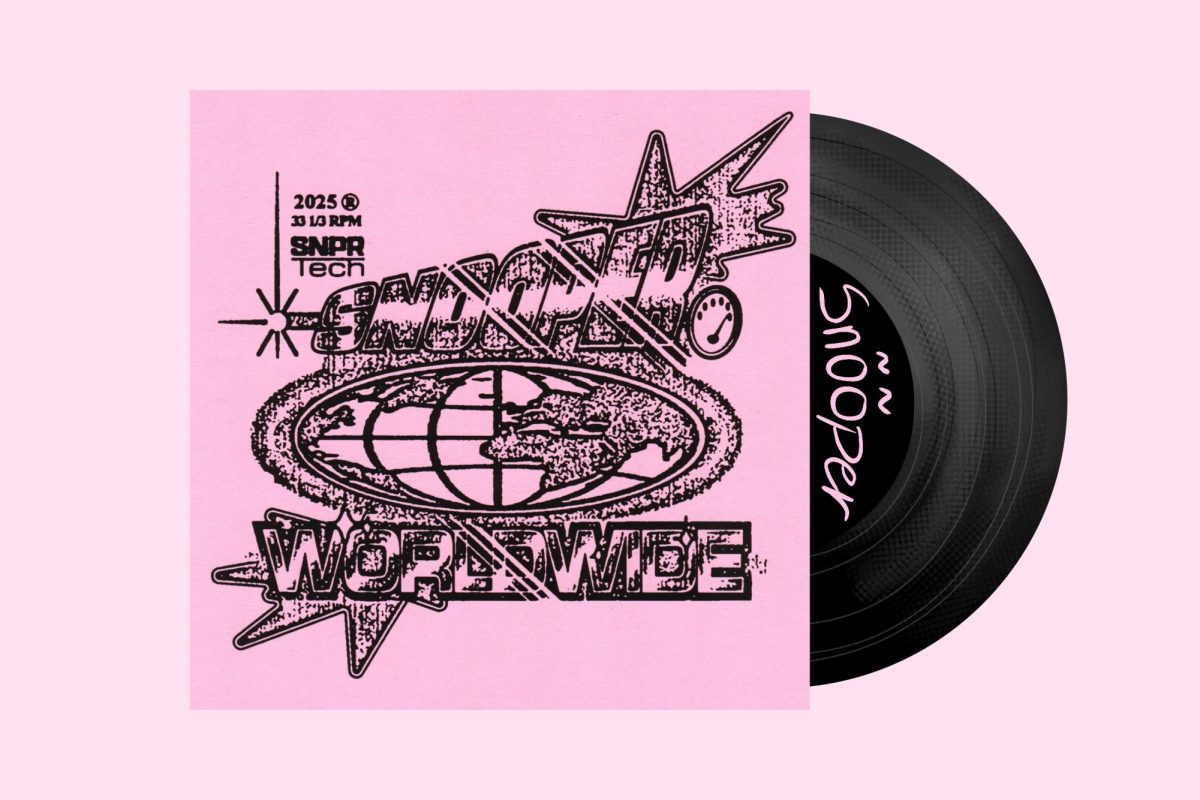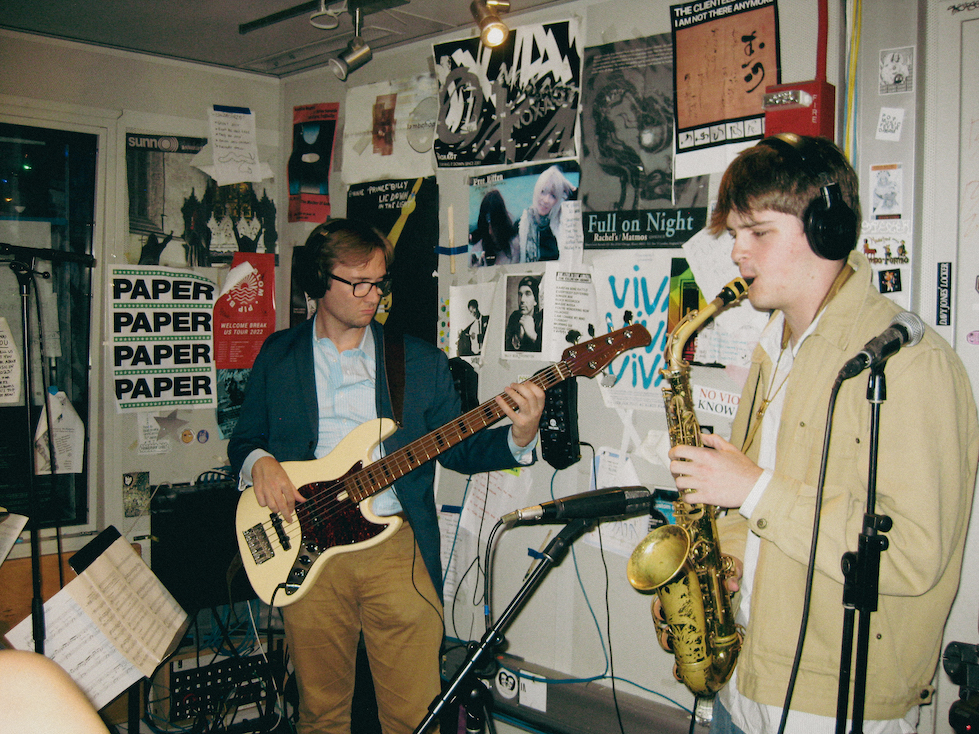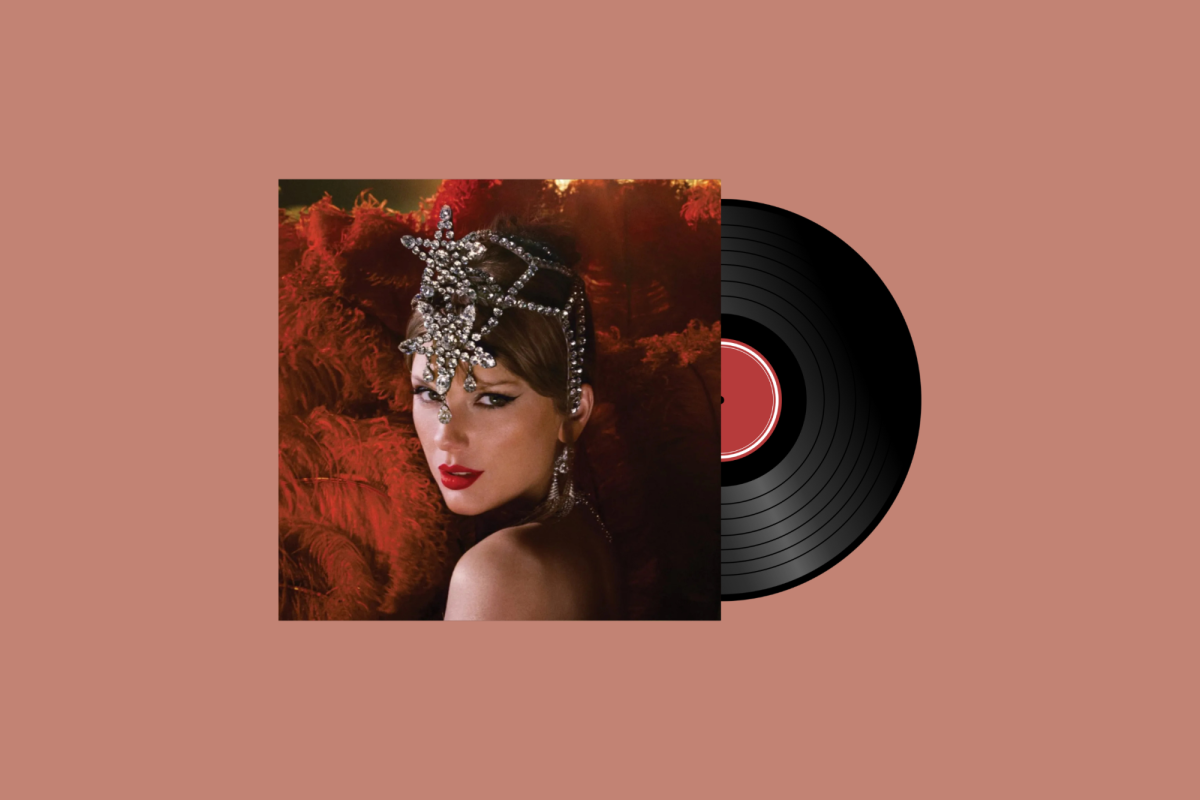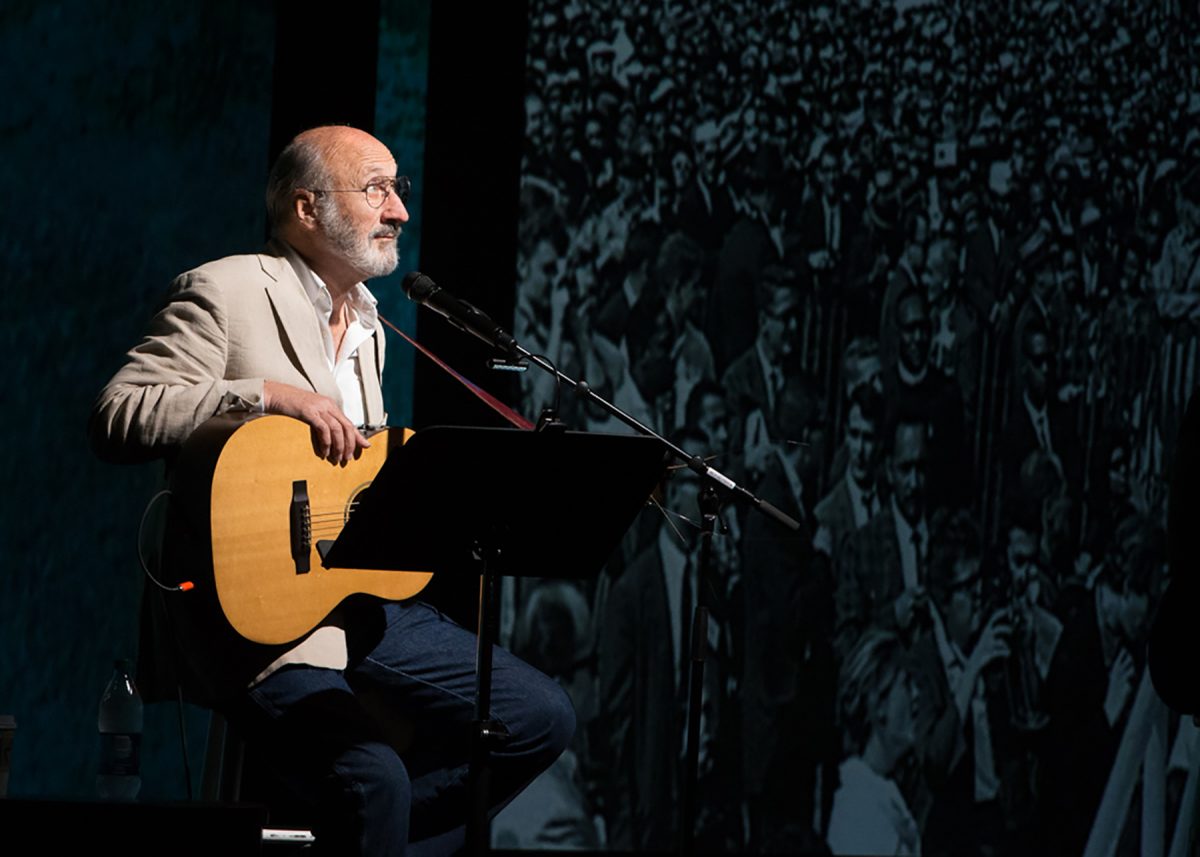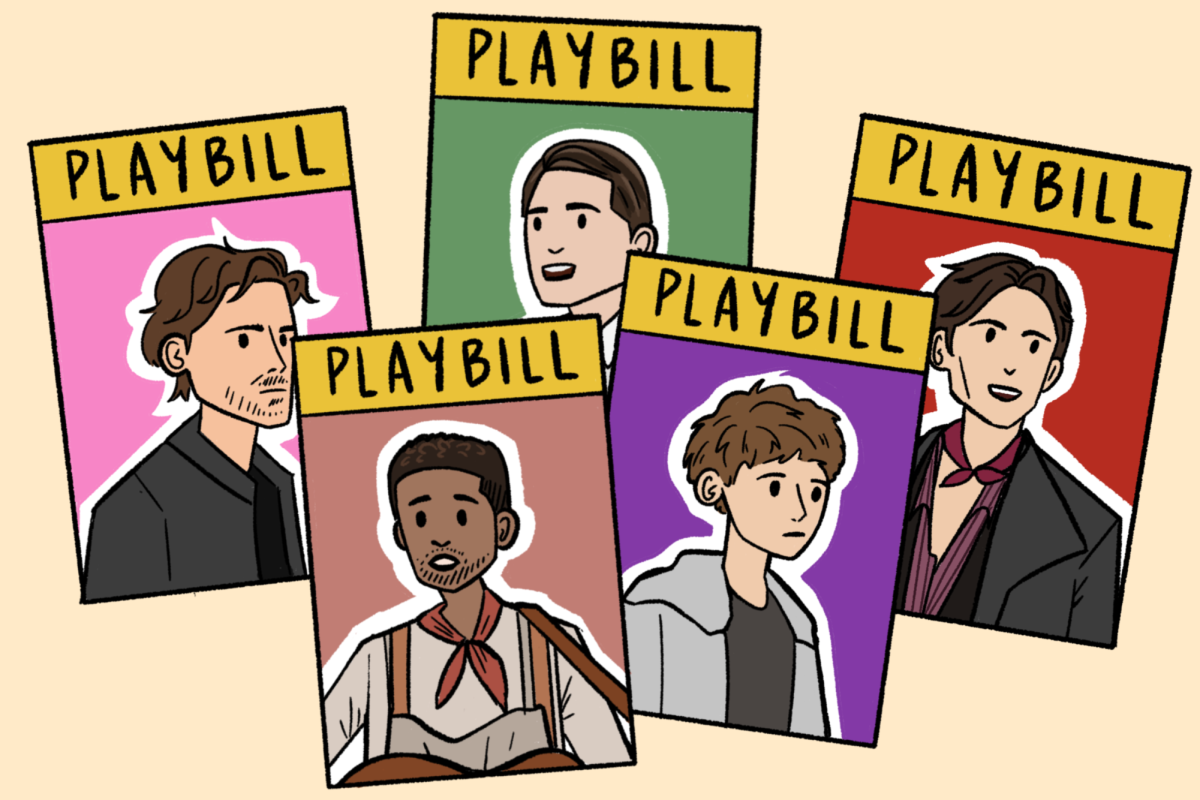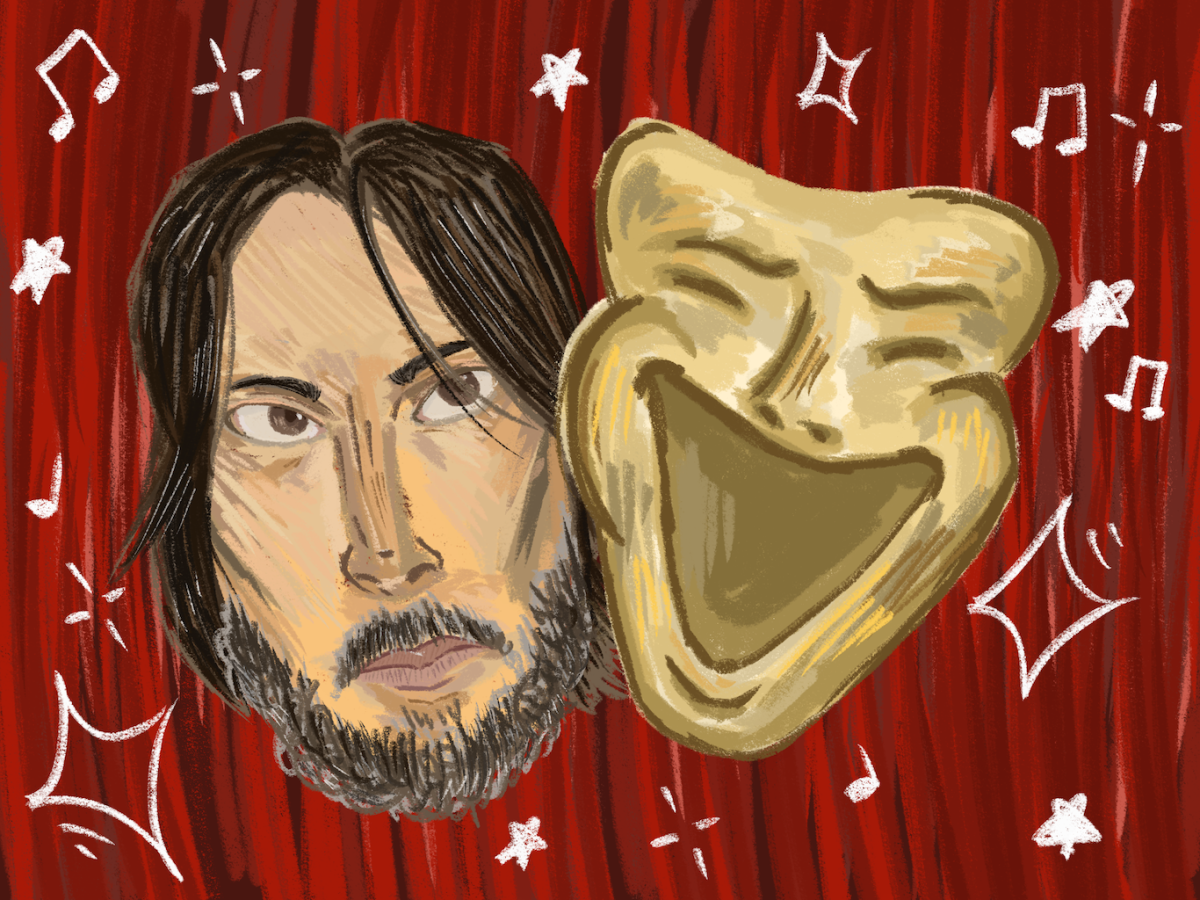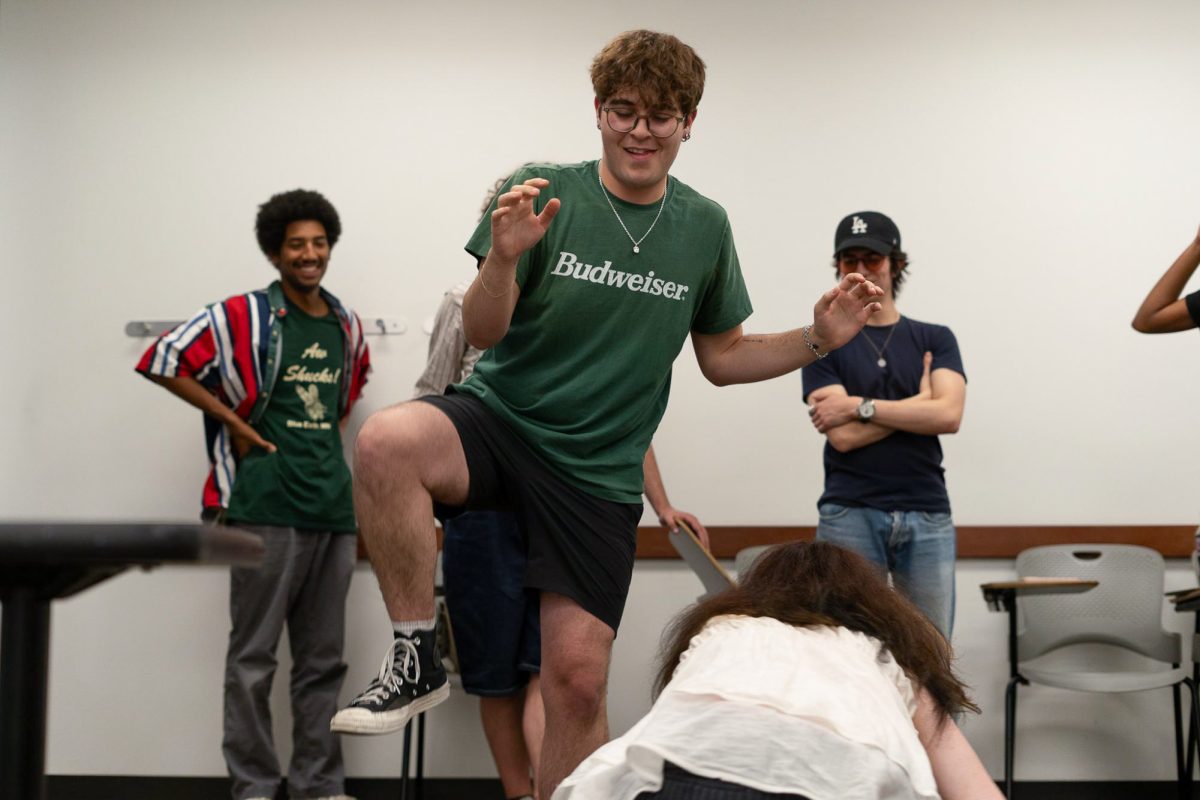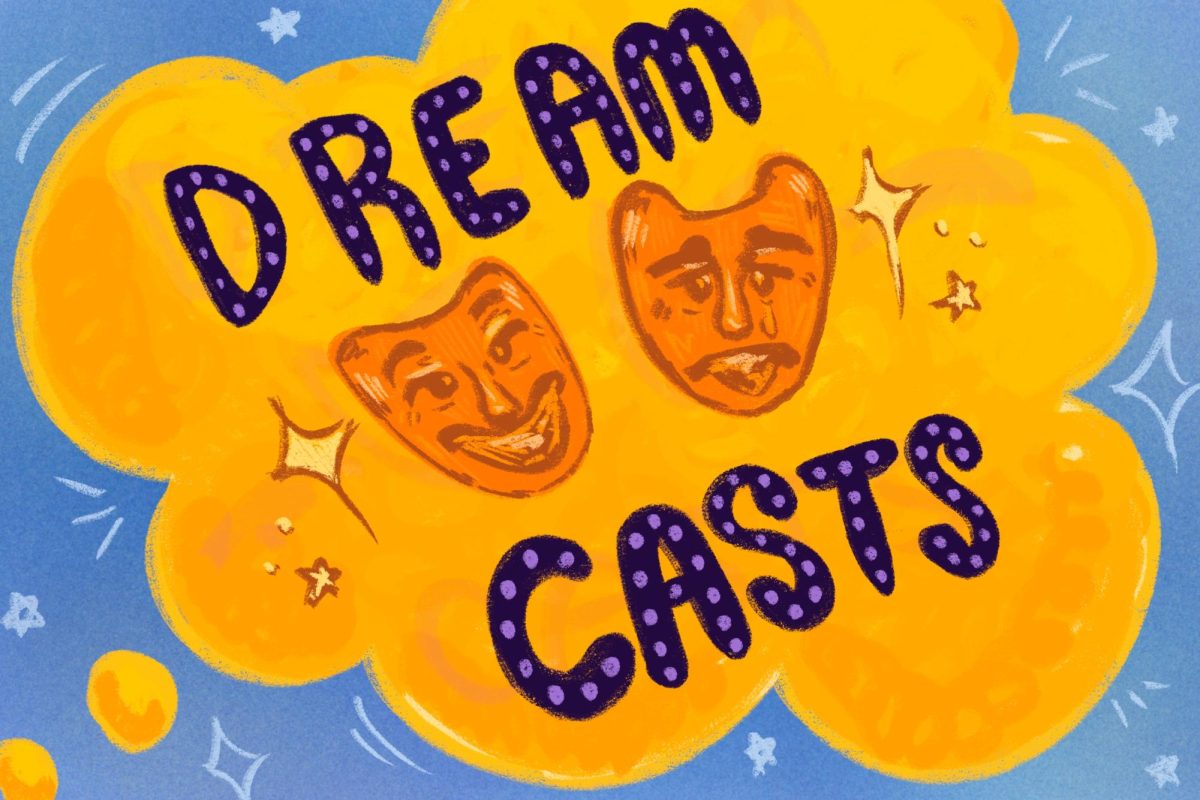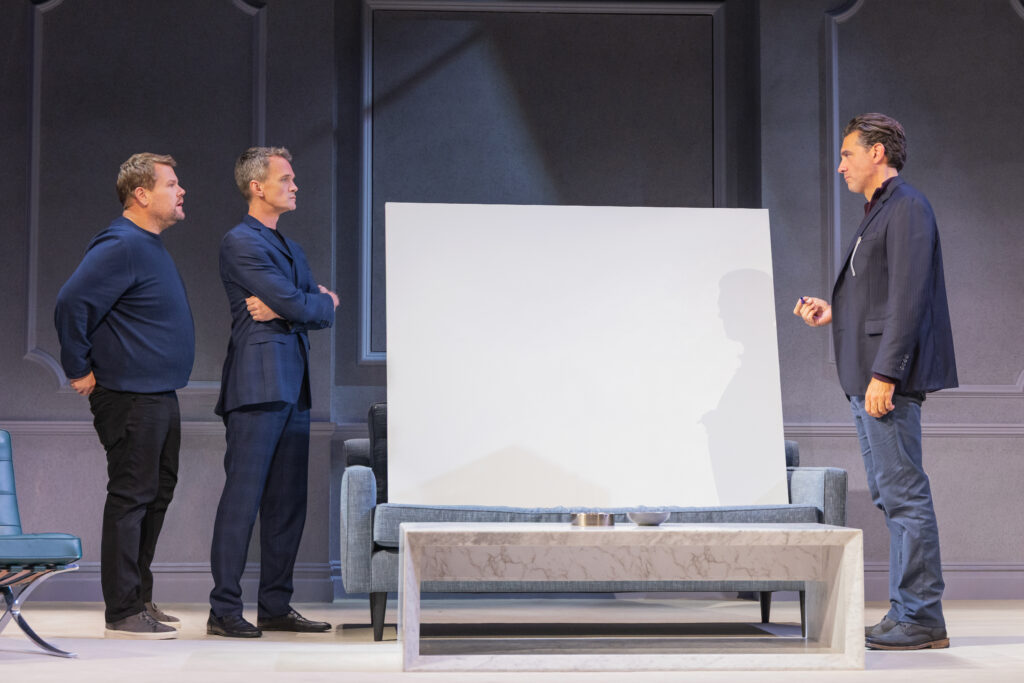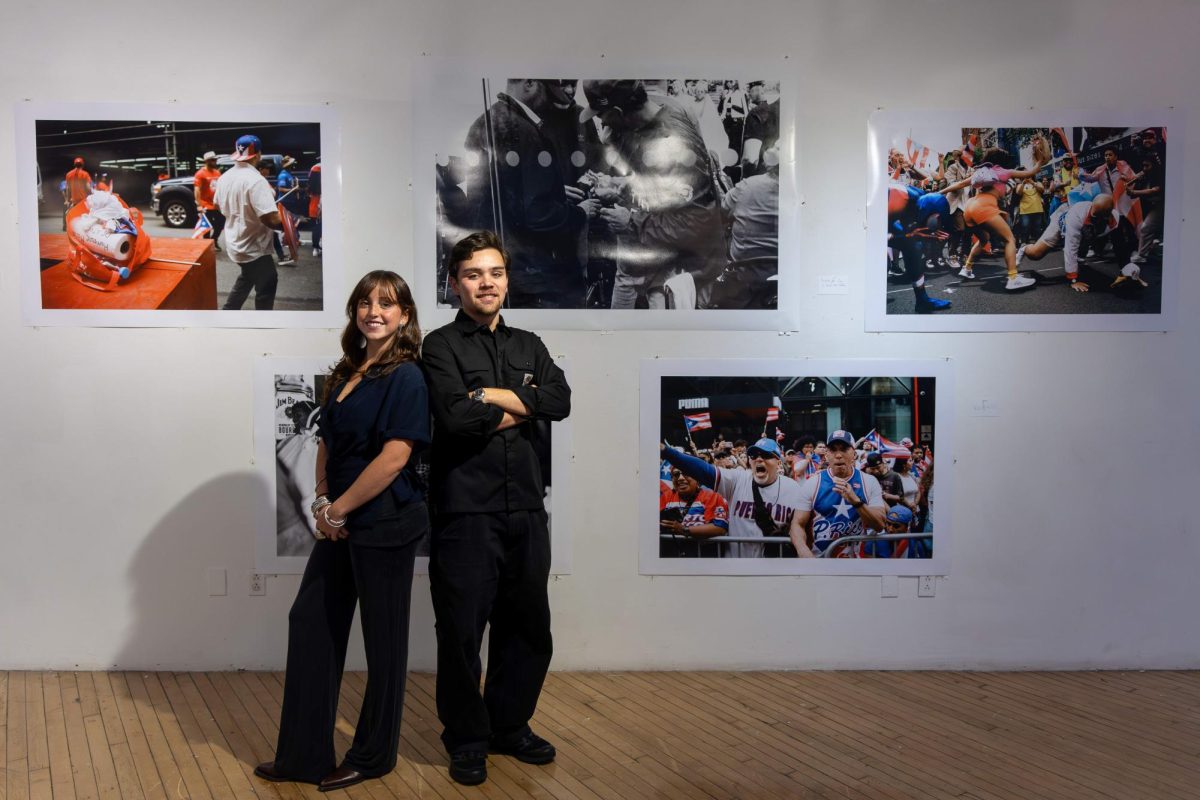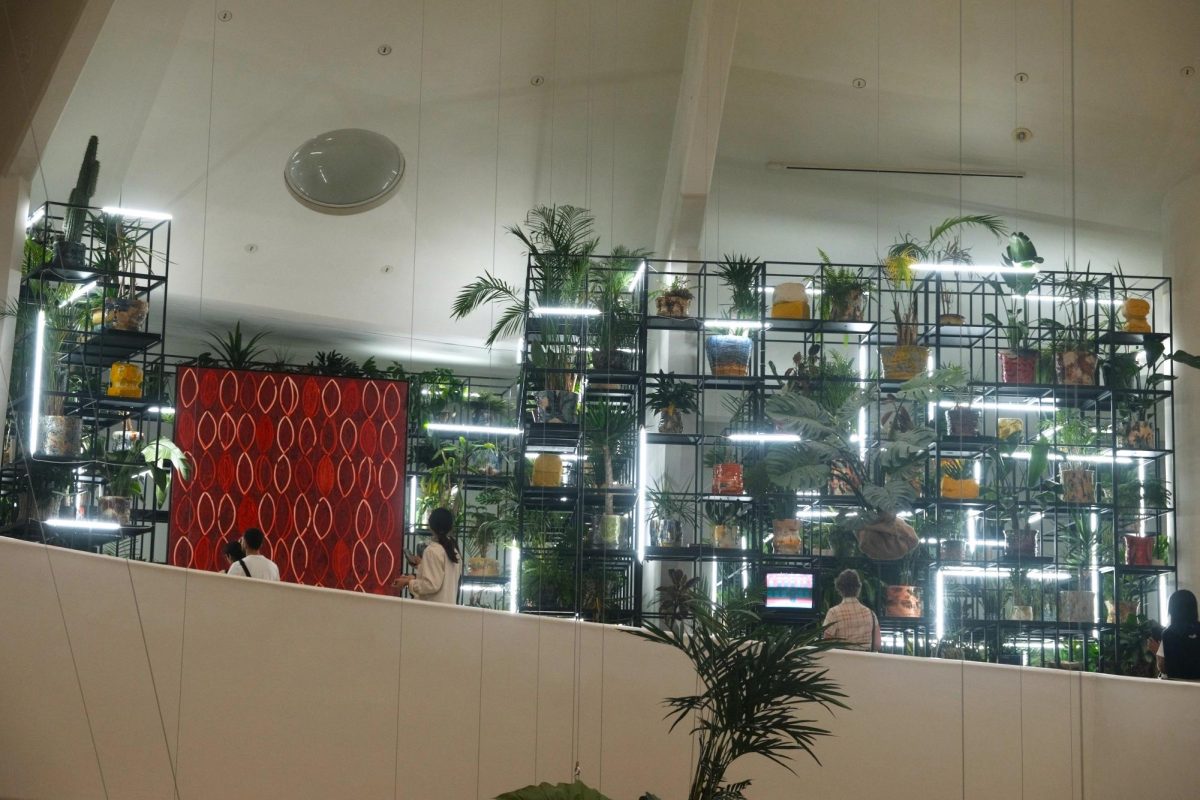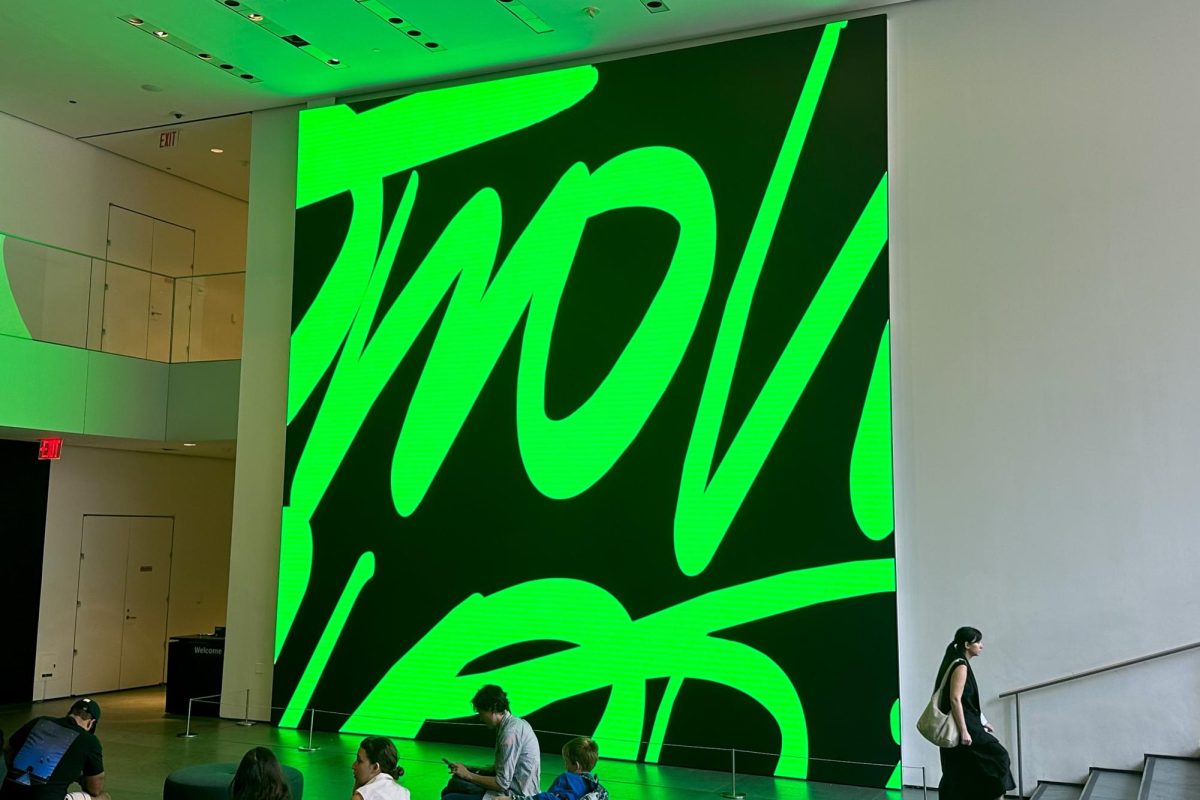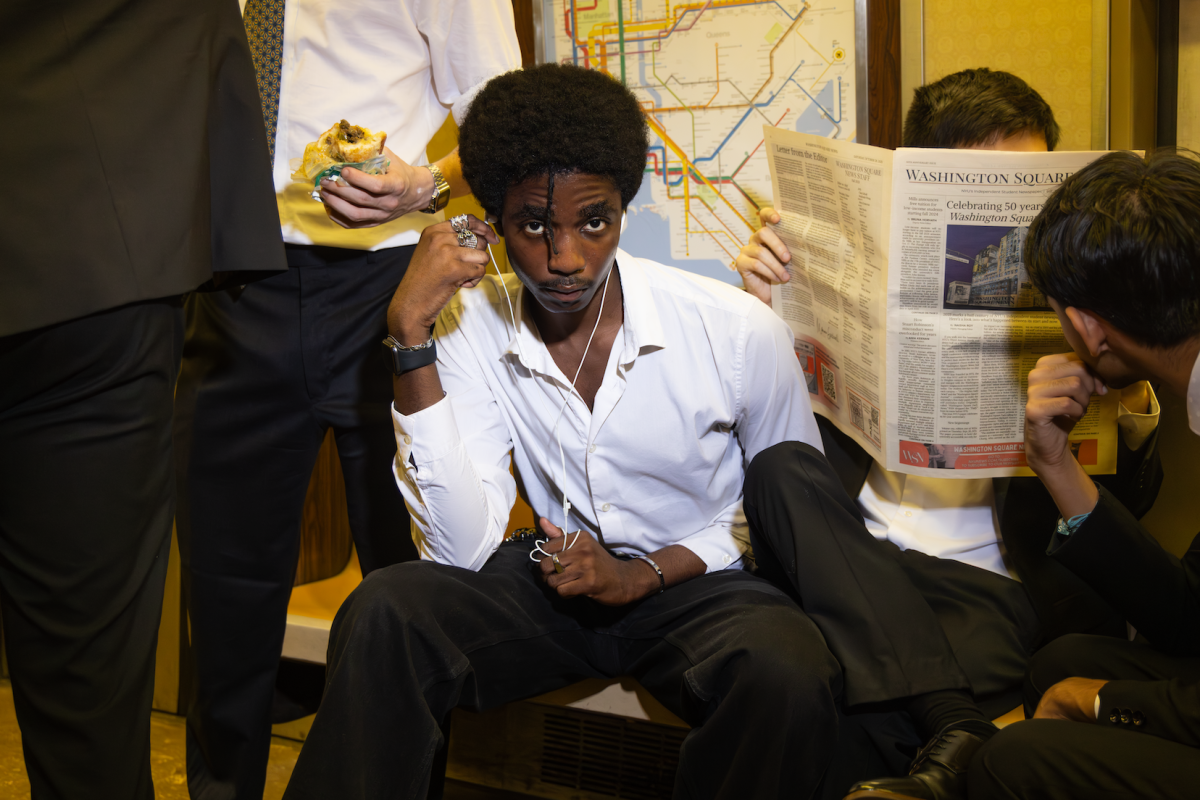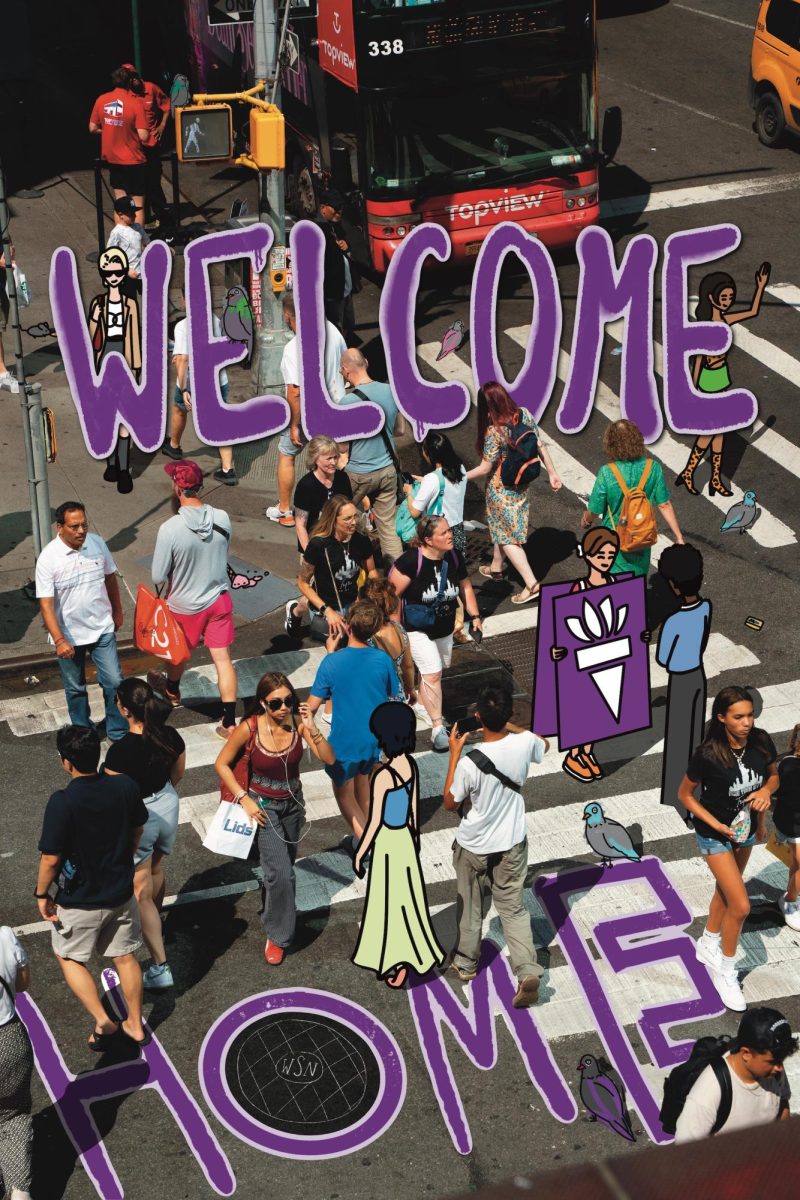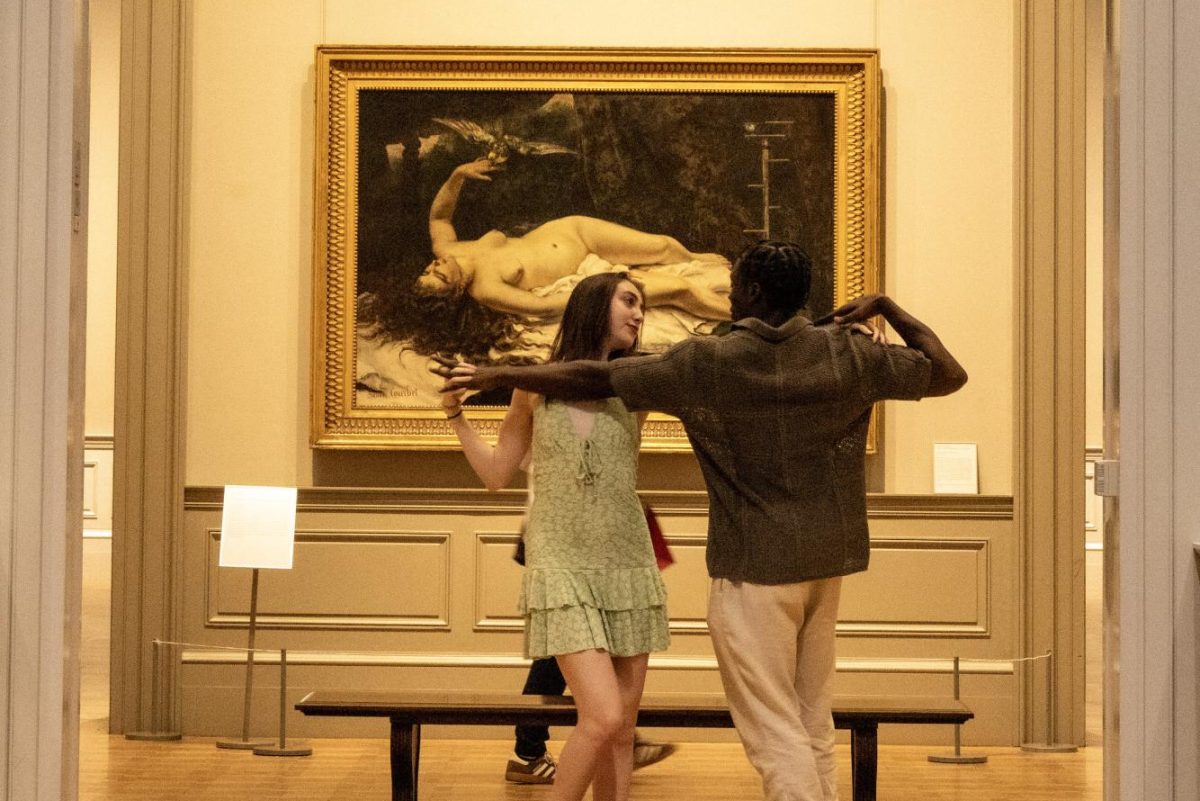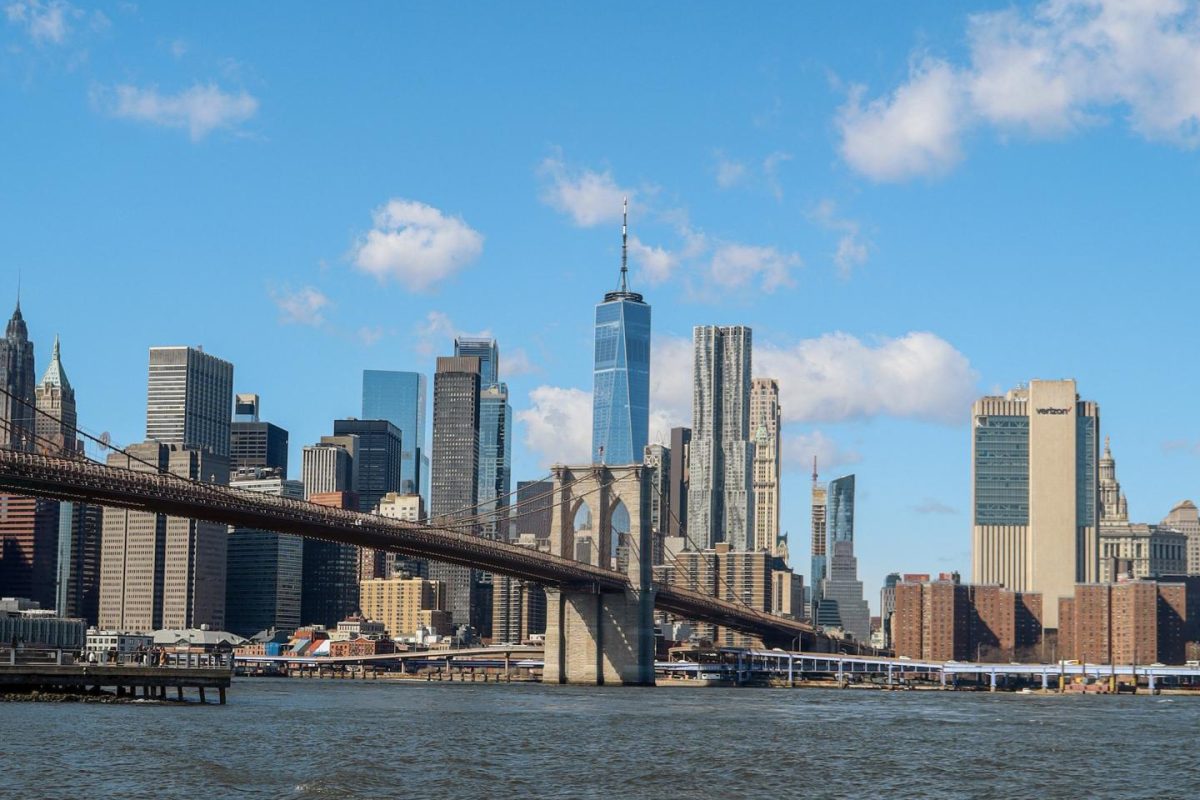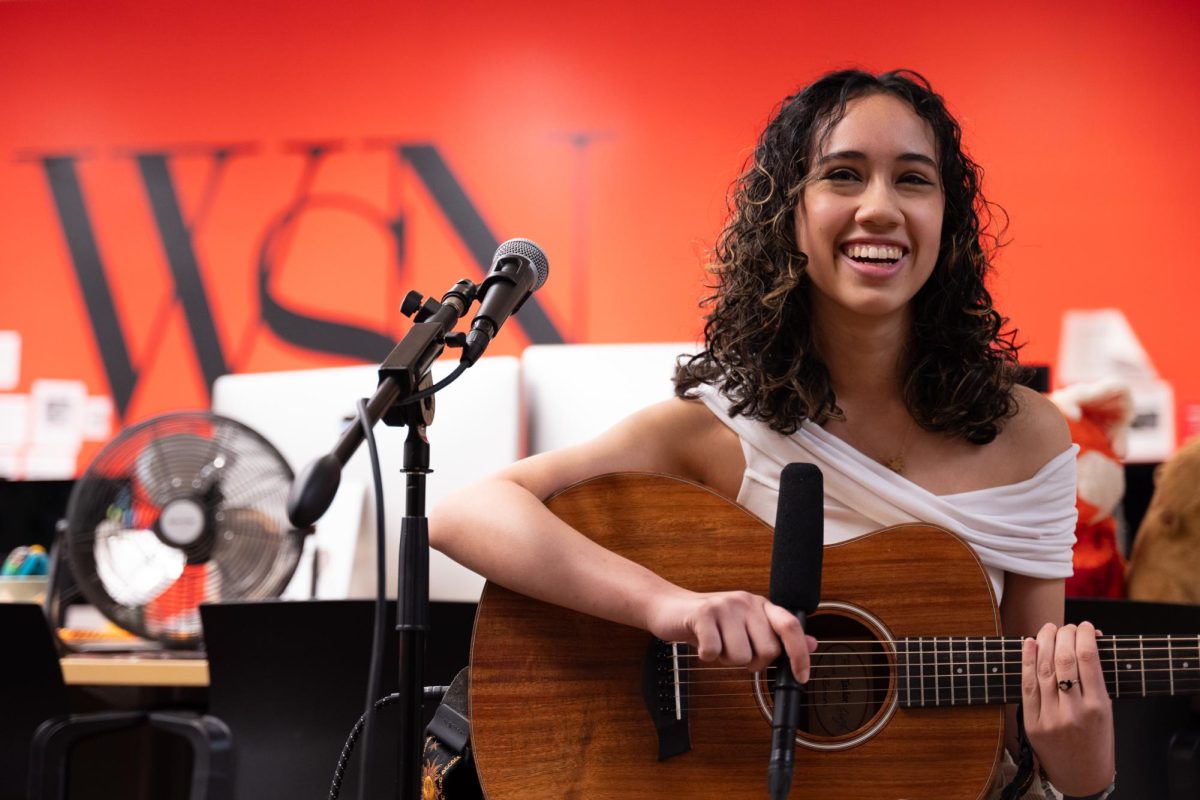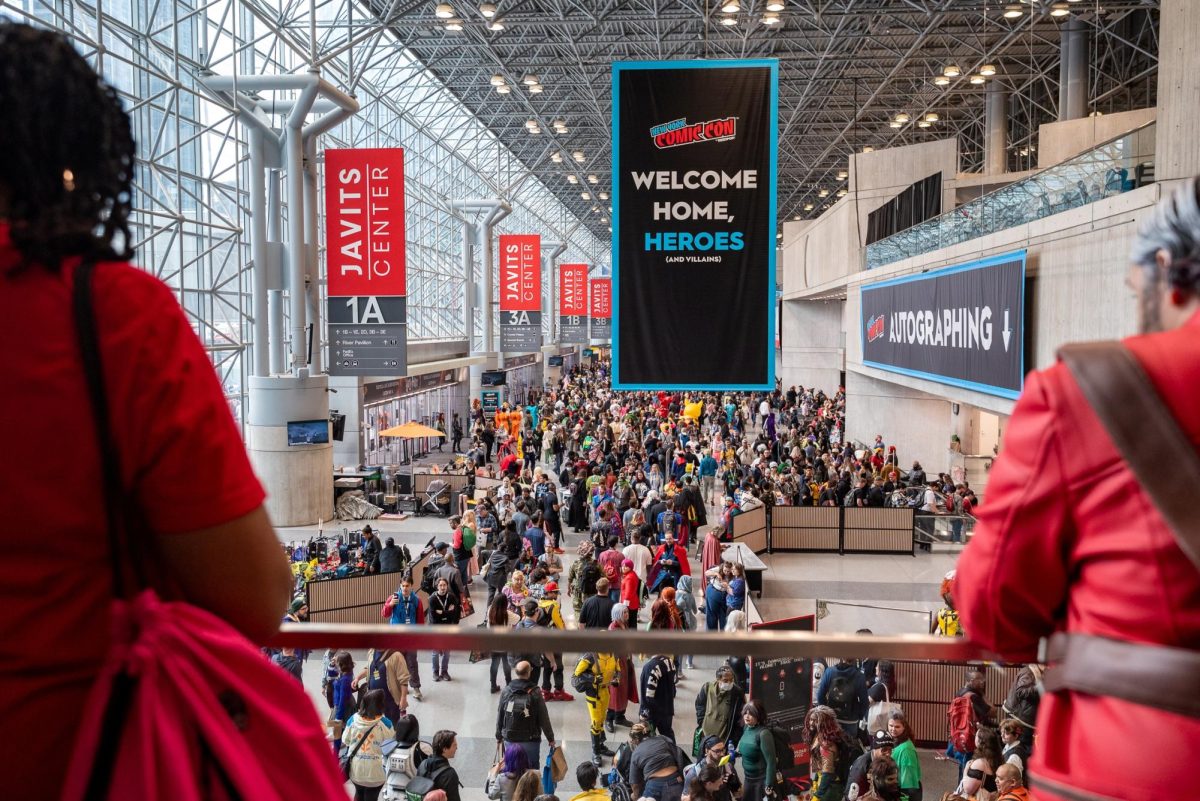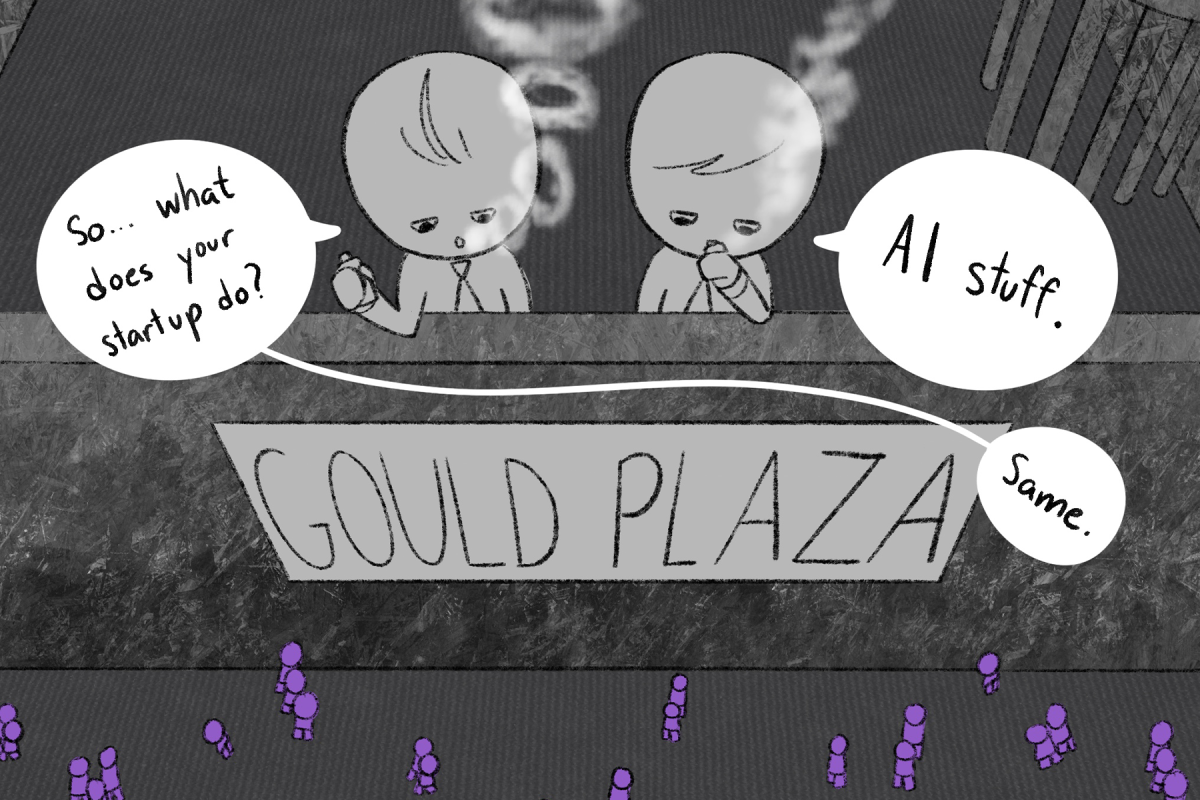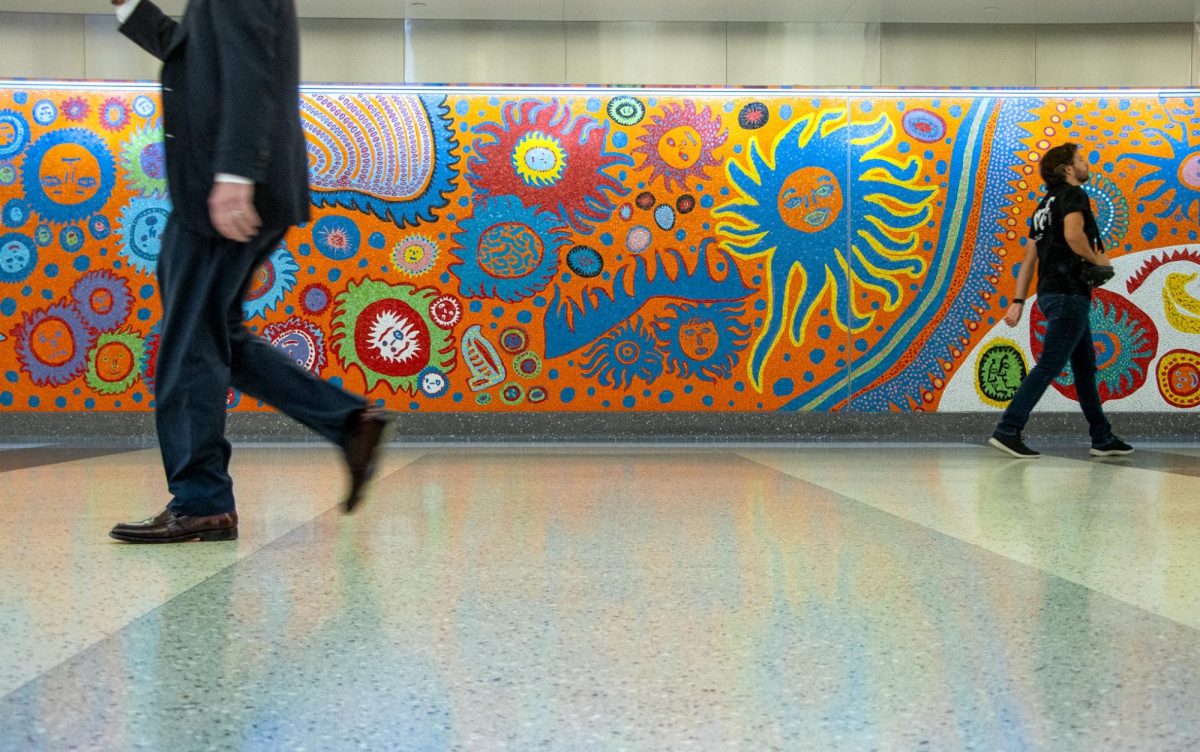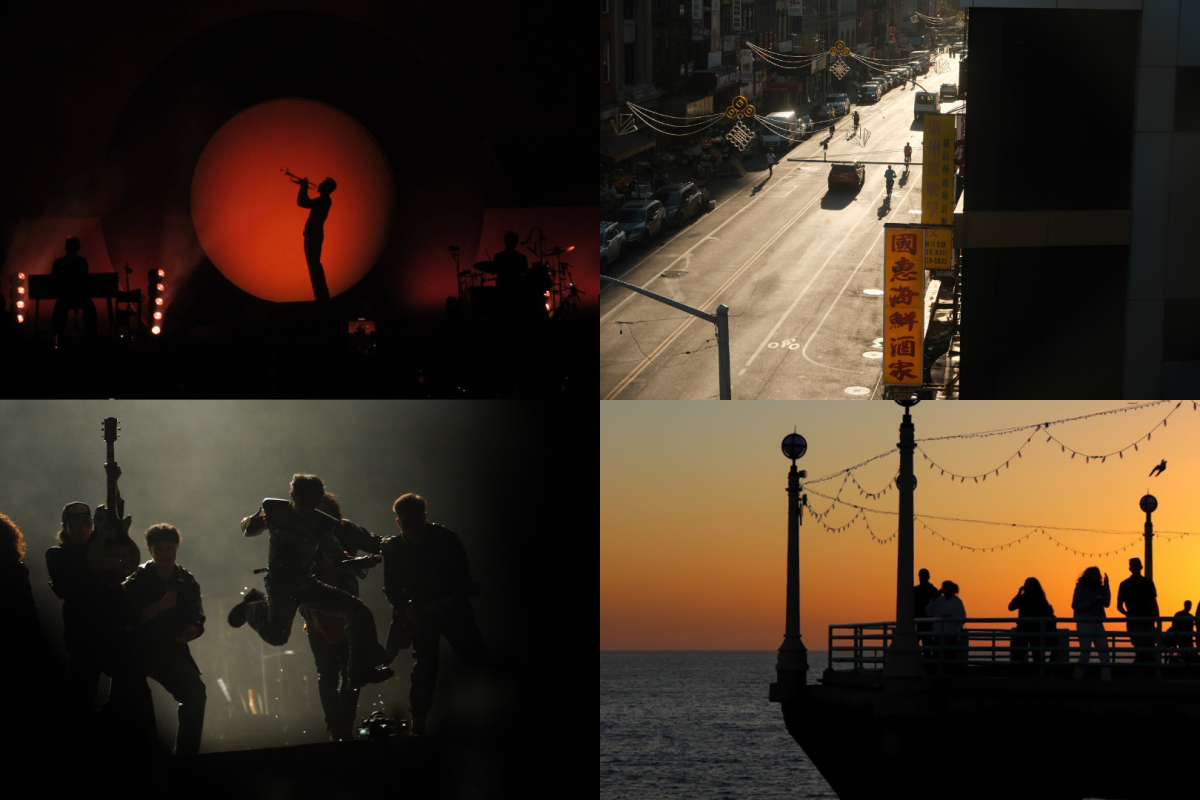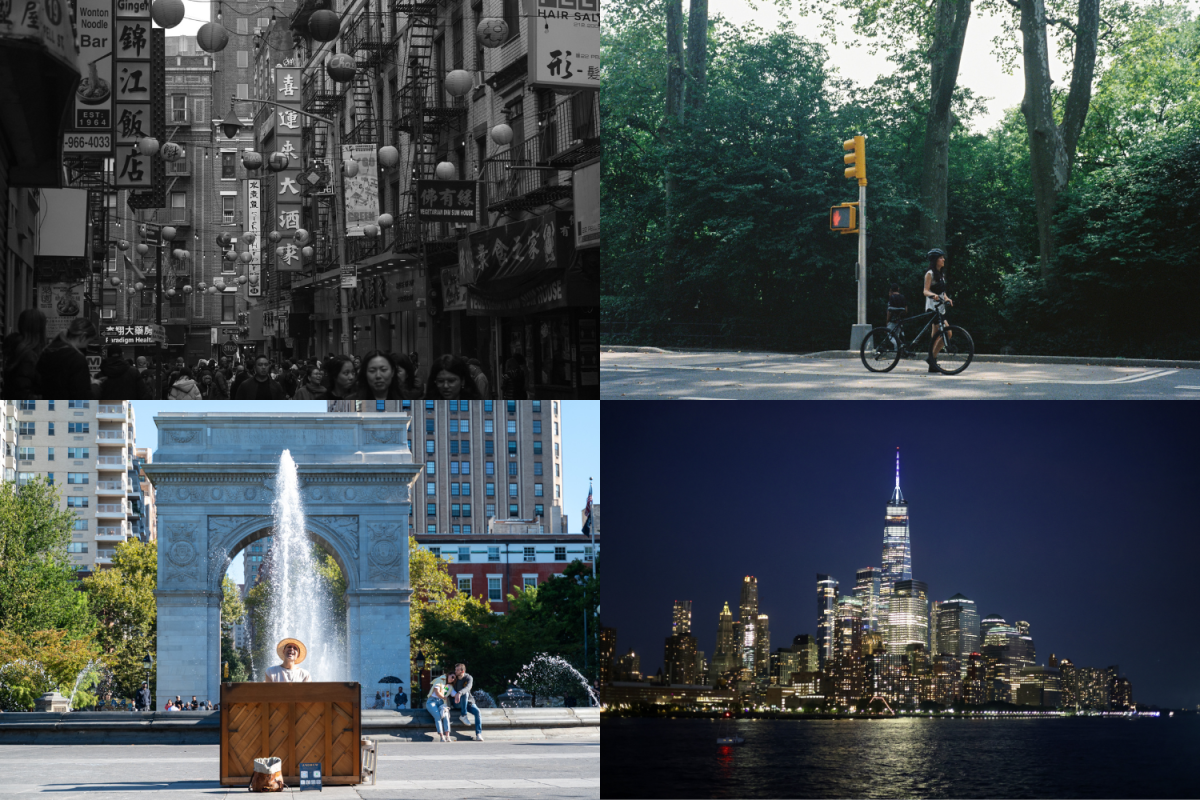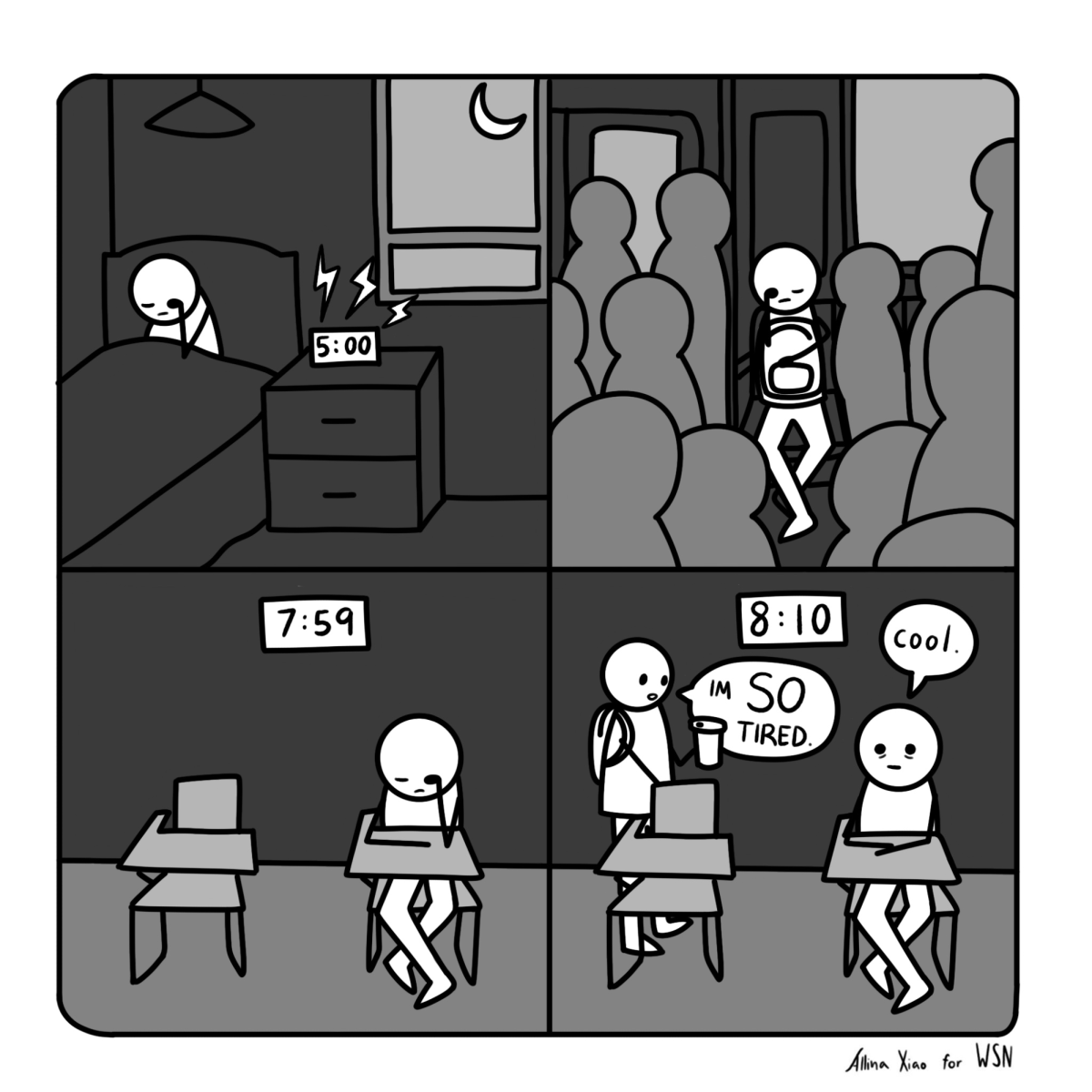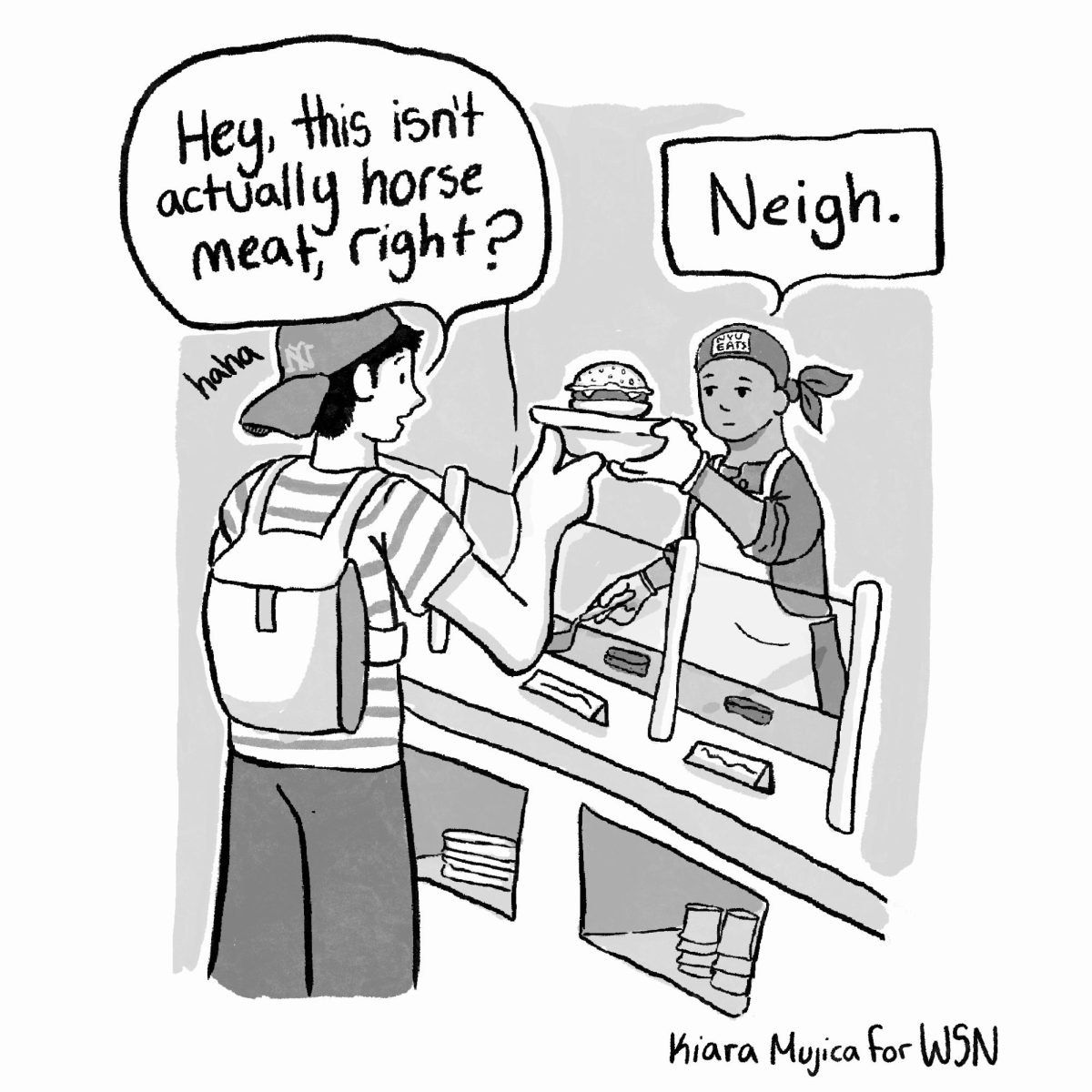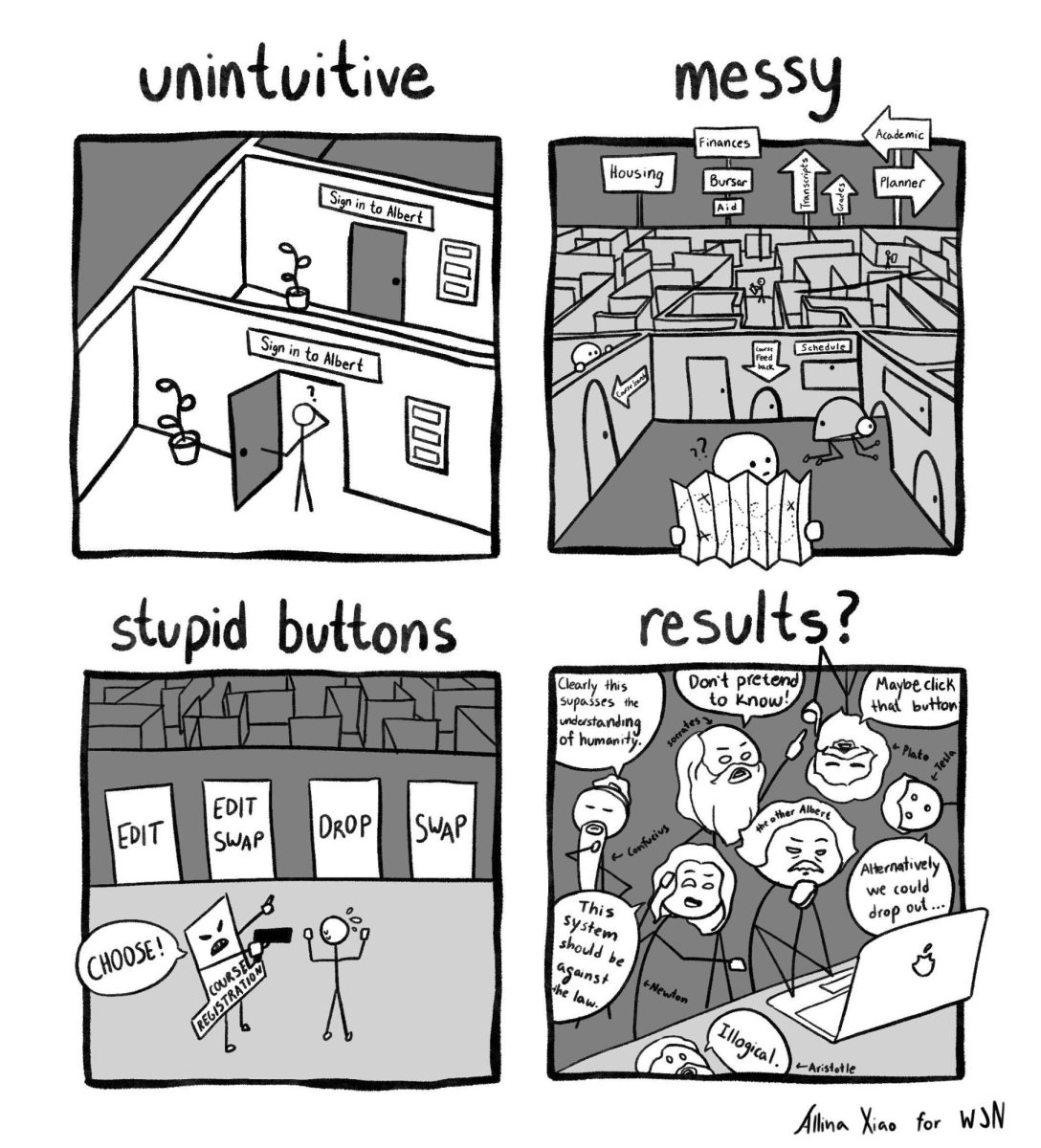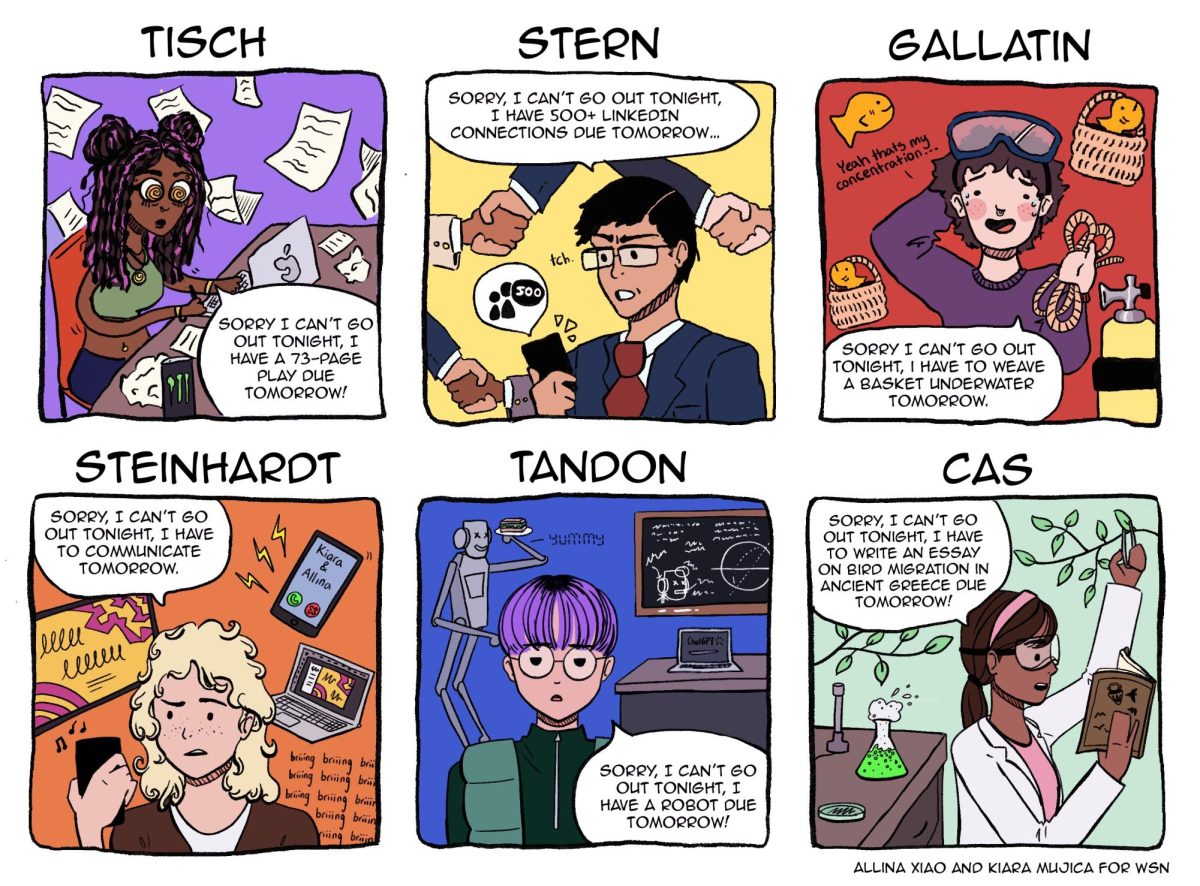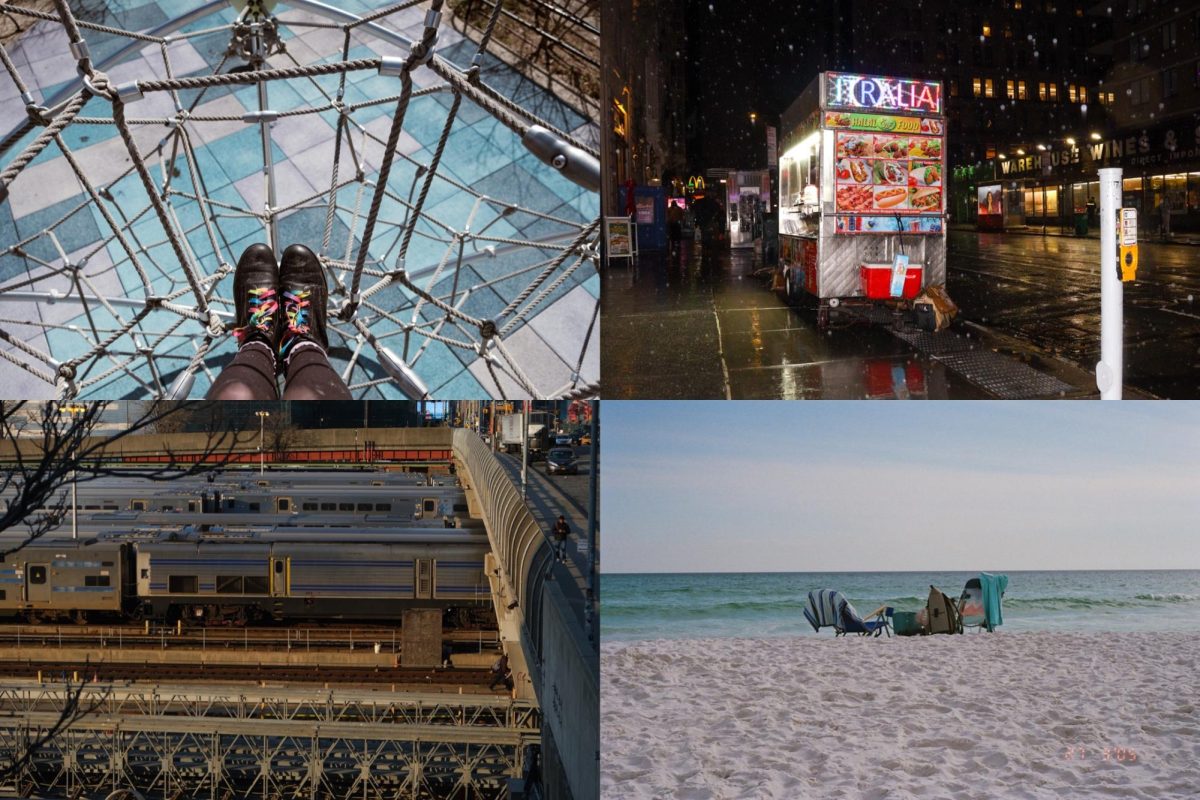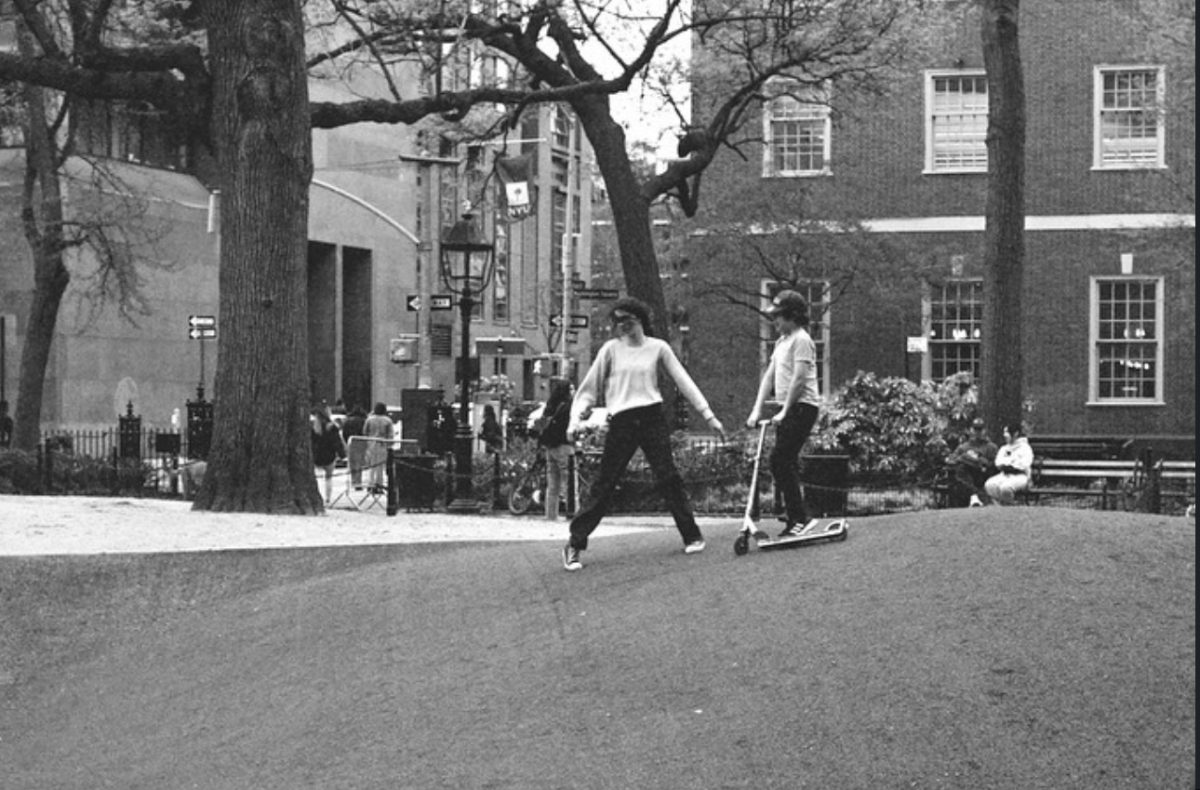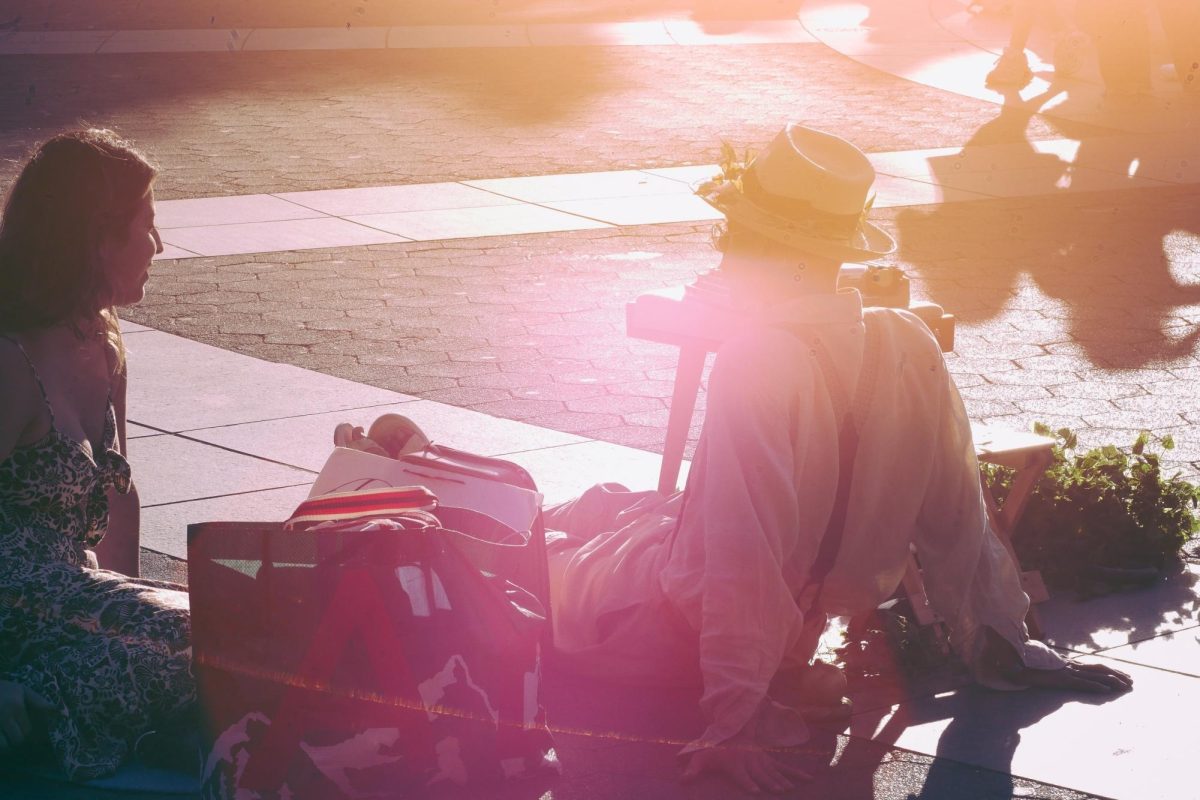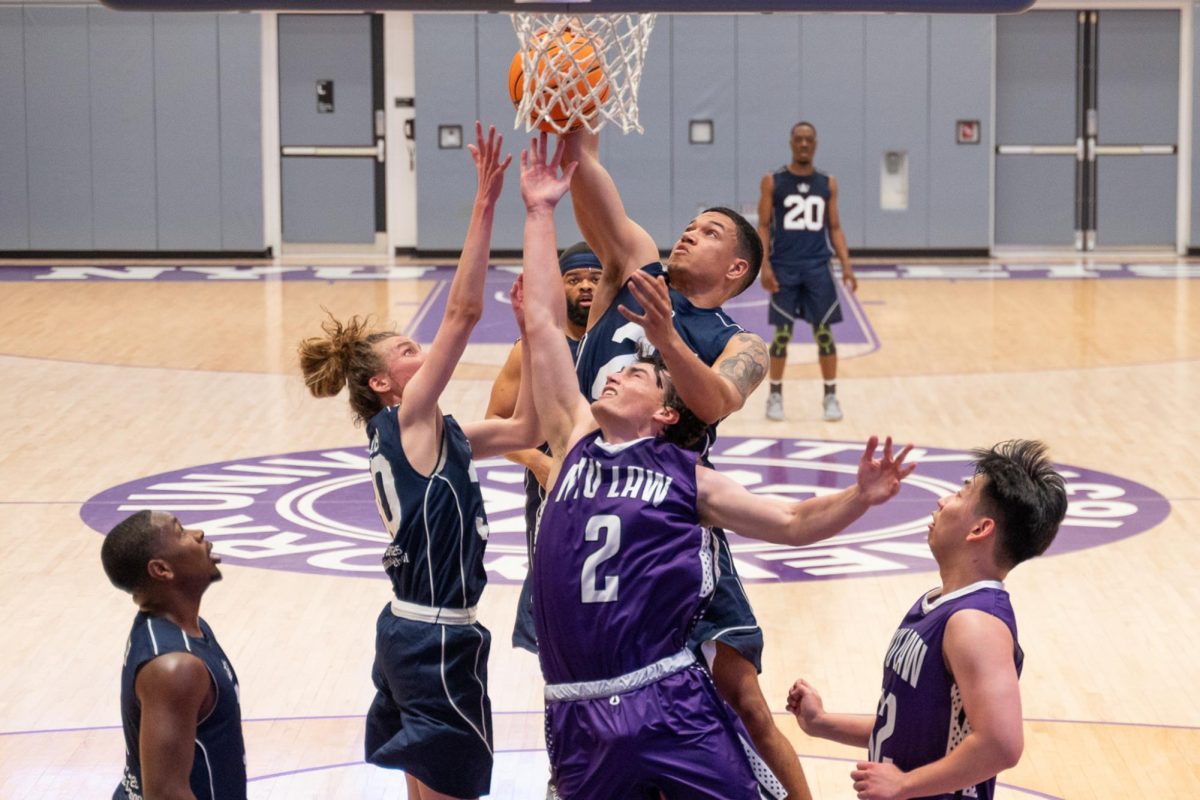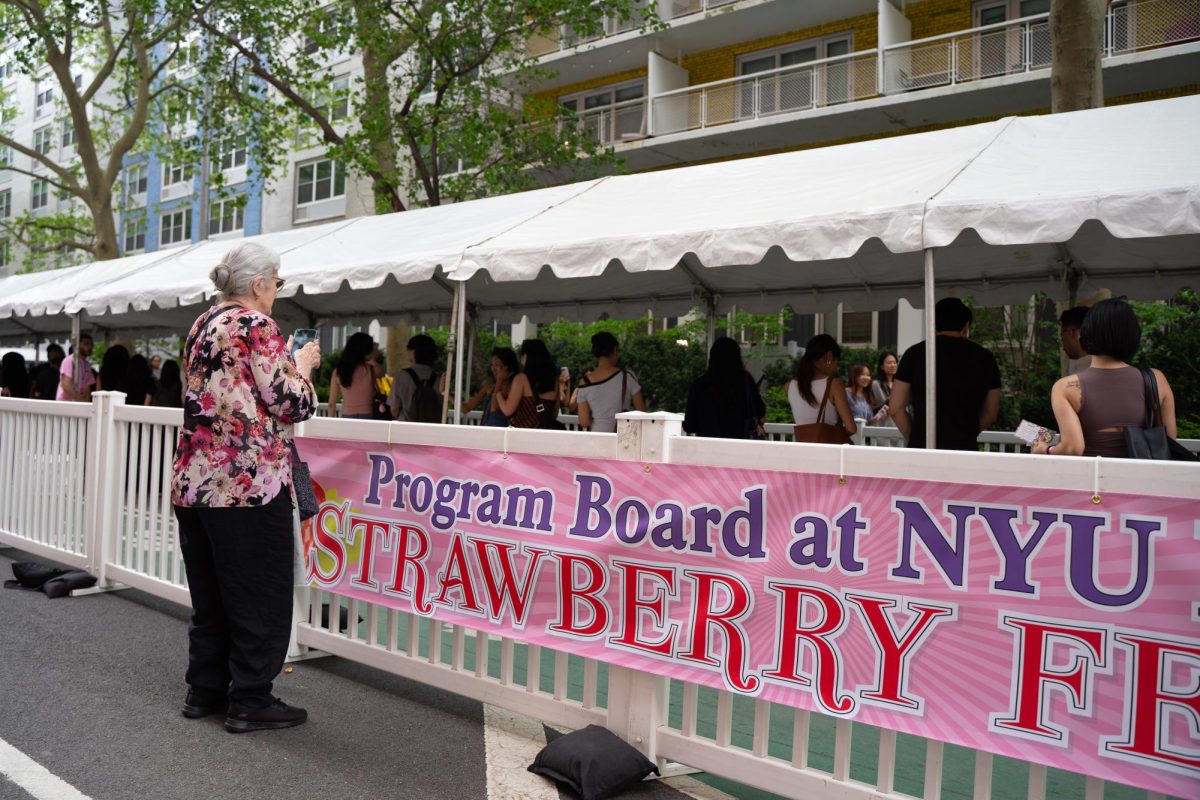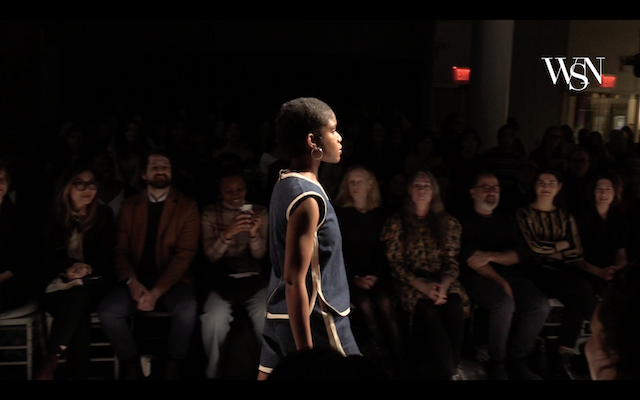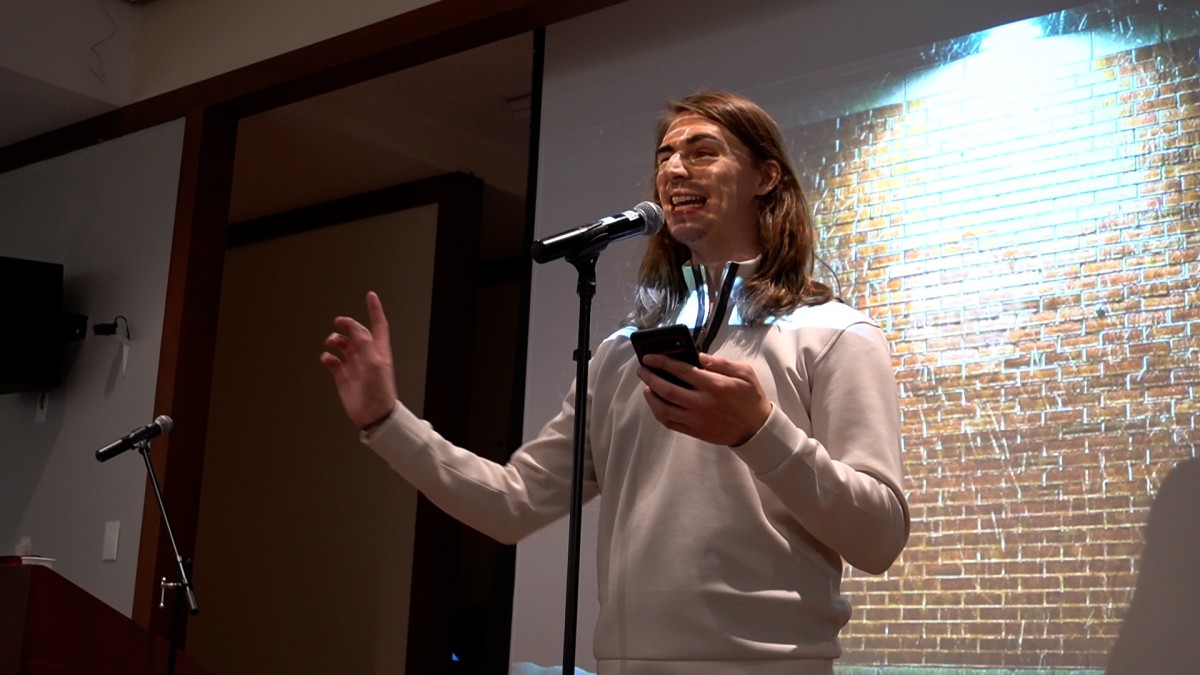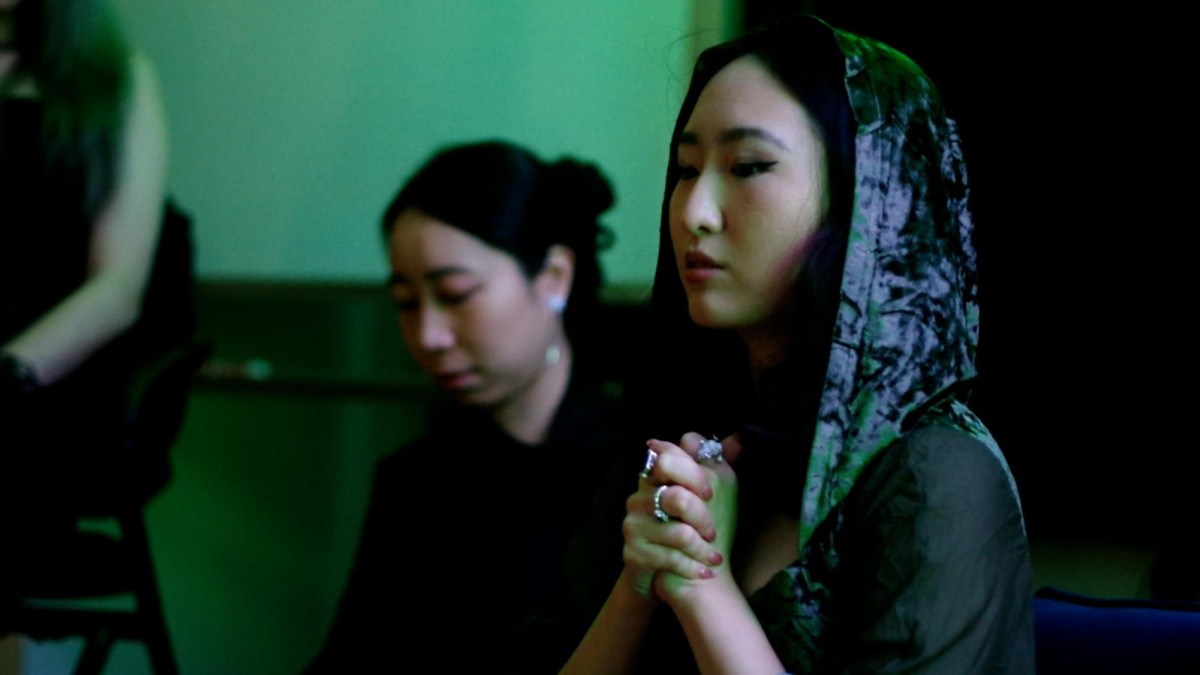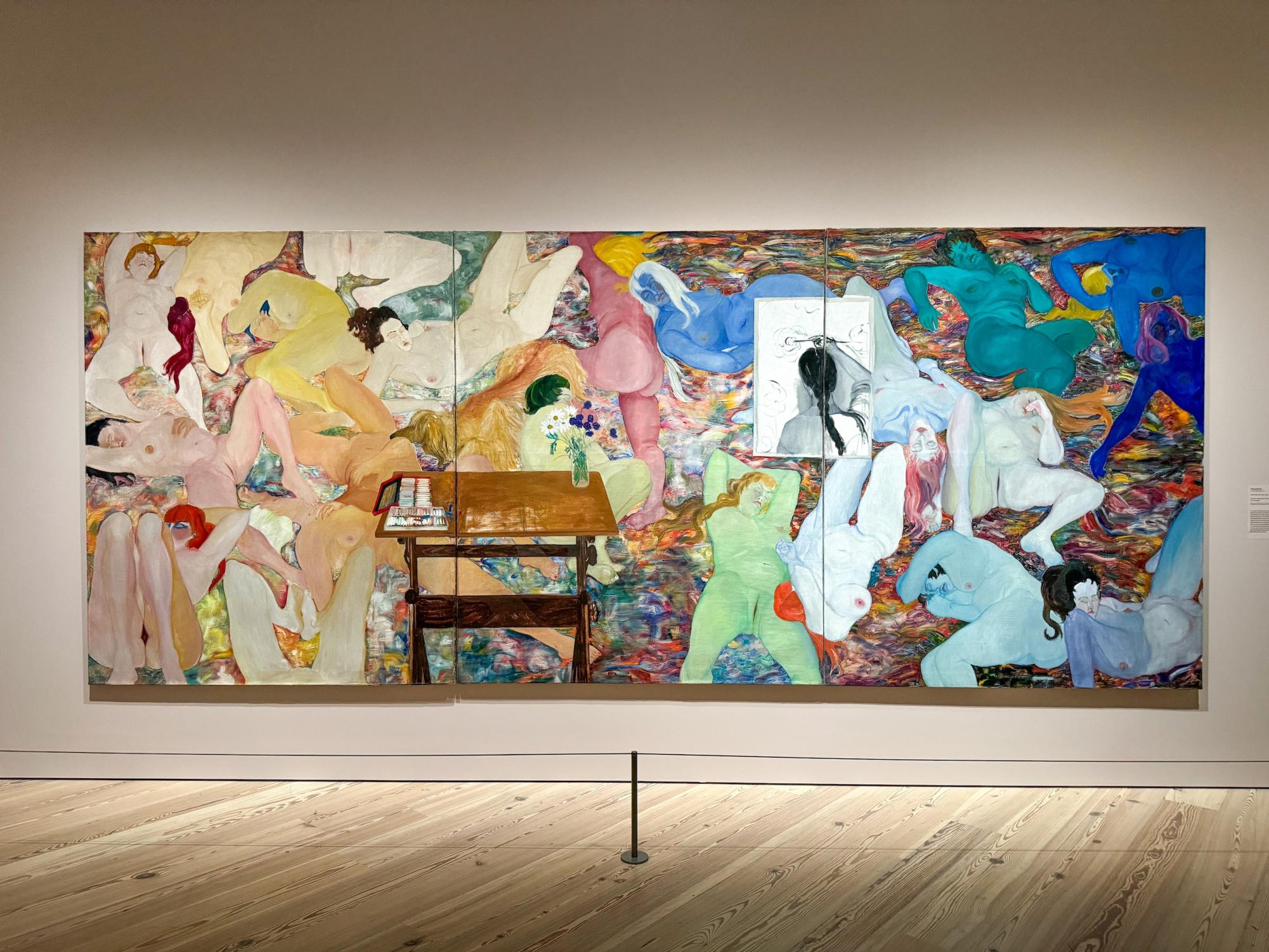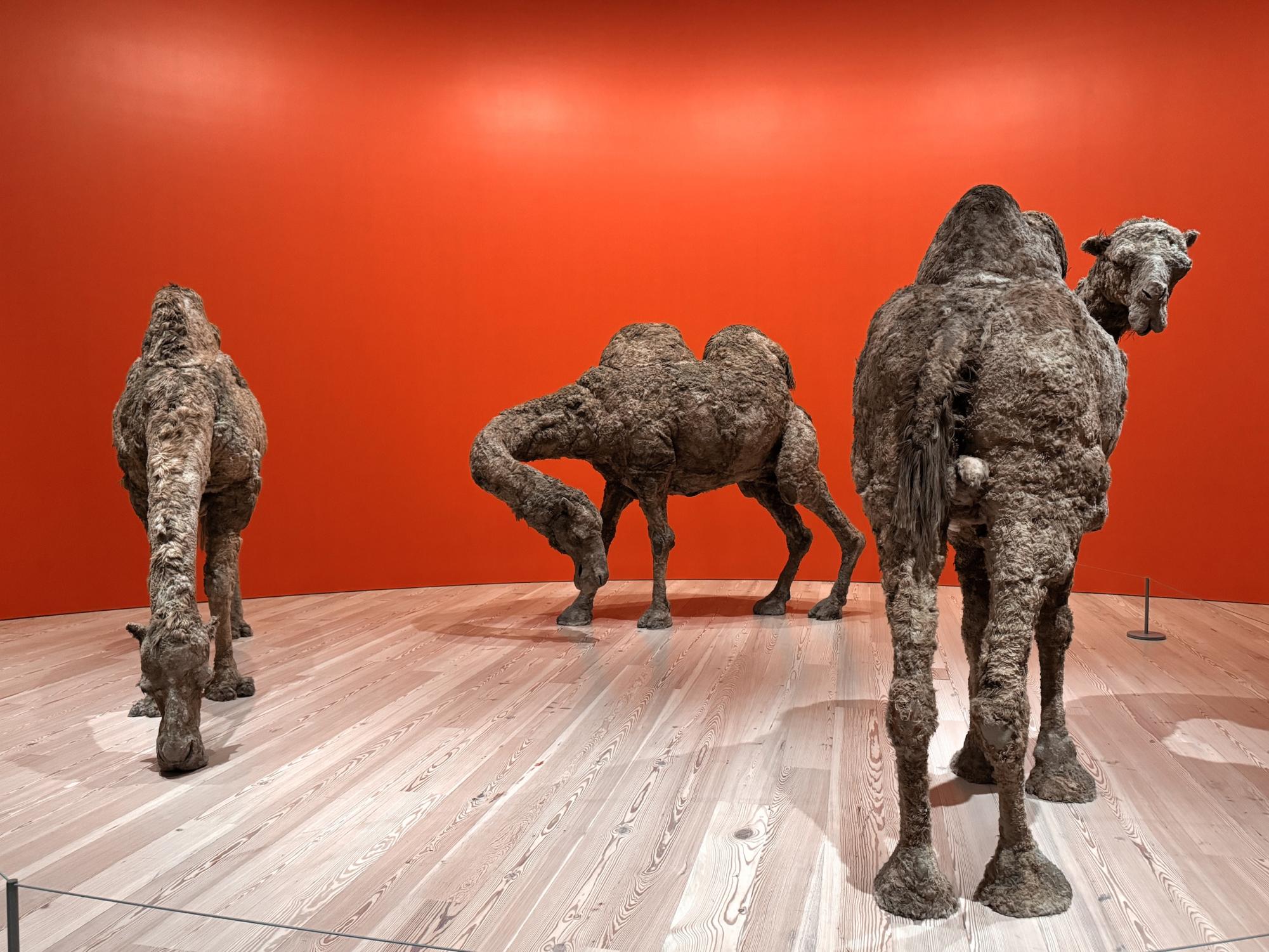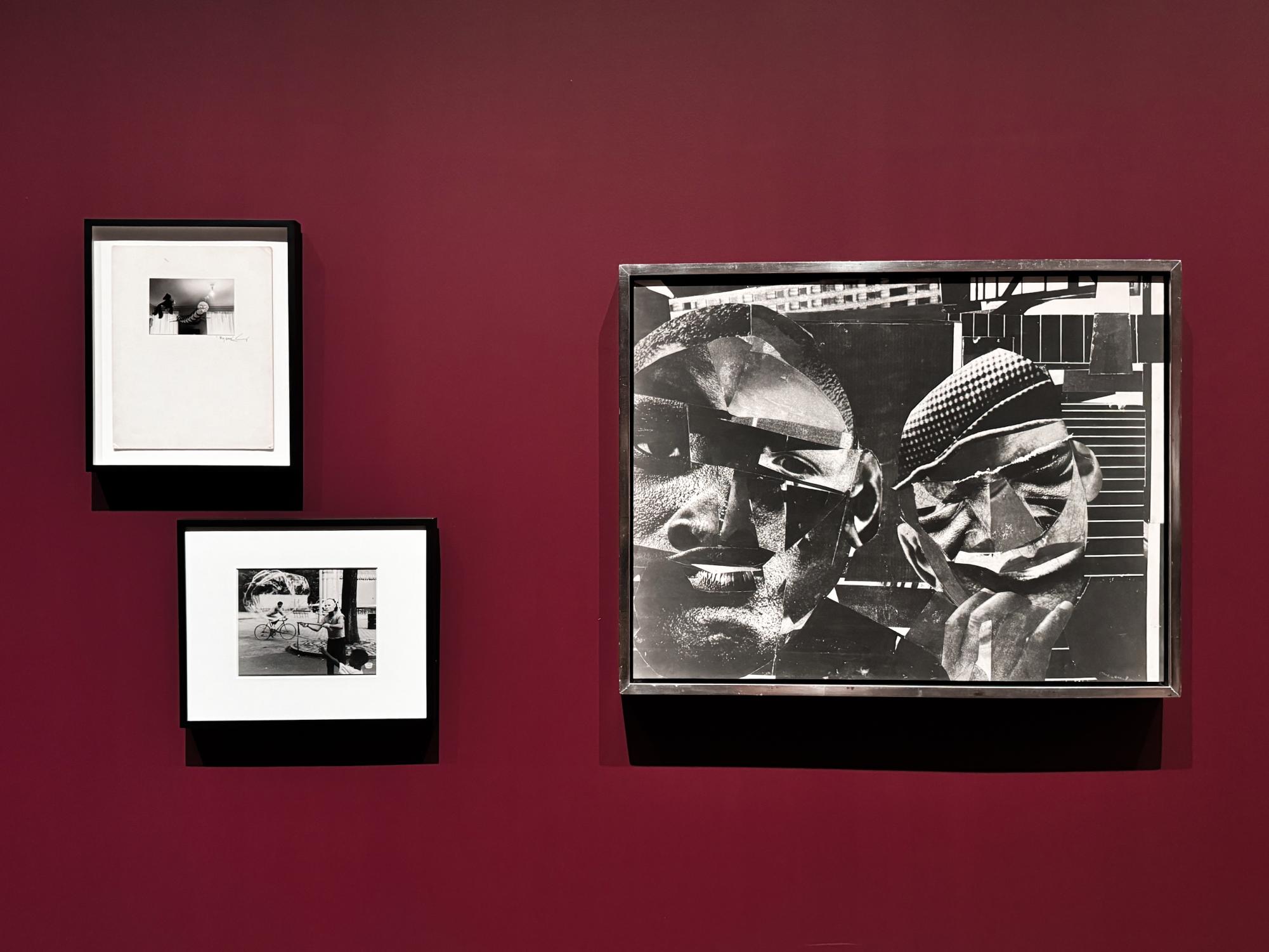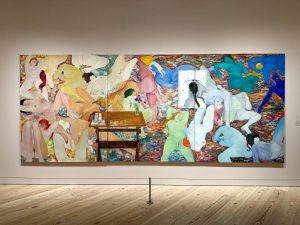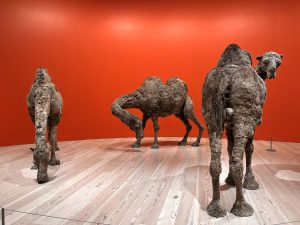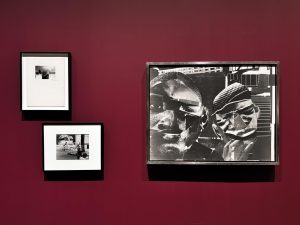Content Warning: This article contains mentions of sexual assault.
Getting off the elevator at the Whitney Museum of American Art is always a treat — you’re either greeted by large, engaging wall text or an in-your-face piece of art. The entry to “Sixties Surreal,” the museum’s new exhibition, is no different. When the elevators opened to three realistic and life-sized camel sculptures against a bright orange wall, I knew I was in the right place.
“Sixties Surreal” surveys the landscape of American surrealism from 1958 to 1972. The postwar art movement was devoted to exploring the subconscious mind, illustrating fantastical dreamscapes and, well, surreal imagery.
Equally as important, though often overlooked, was utilizing this strange and surprising art to respond to and analyze contemporary culture. The political and social landscape of America in the ’60s certainly gave artists much to work with, and the exhibition walks viewers through the context for this imagery.
With works by over 100 artists, notably including Diane Arbus, Louise Bourgeois and Yayoi Kusama, the exhibition provides a scholarly, yet approachable understanding of this canonical period in art history. The exhibition is split into seven themed sections, exploring reactions to American consumer culture, uncanny everyday life, the questioning of religion and more.
Some of the most traditionally dreamlike imagery is in the “Social Surreal” section which takes its inspiration from a 1967 exhibition at the Museum of Modern Art that showcased work by young photographers. These artists expressed “the strangeness of postwar American life” through images.
Striking black and white photos by Arbus capture this sentiment, including “Five members of the Monster Fan Club, N.Y.C. 1961,” a gelatin silver print. The image shows five young boys sitting on an apartment stoop embracing each other. Everything in the picture is ordinary — the brick entrance to the house, the boys’ clothes, their body language — except for the monster mask each child wears. The uncanny juxtaposition of the everyday image with the boys’ scary faces is unsettling.
Most interesting to me was some of the art’s feminist undertones. The feminist art movement had its most powerful years later on, during the 1970s, and surrealism wasn’t expressively concerned with women’s issues. Despite this, the exhibition delivers on showcasing powerful feminist art, particularly from the latter end of the decade, when women’s liberation sentiments began to really ramp up in the art world.
In the “An Other Pop” section, which focused on consumer culture and the peculiarities of the American Dream, Martha Rosler’s photo montages “Kitchen I, or Hot Meat” and “Damp Meat” showcase the restrictions of womanhood. The images show a pair of breasts and a woman’s butt overlaid on household appliances. Rosler’s work serves as commentary on the expectations and commodification of the female body, alluding to the treatment of women as objects and expectations of full-fledged domesticity.
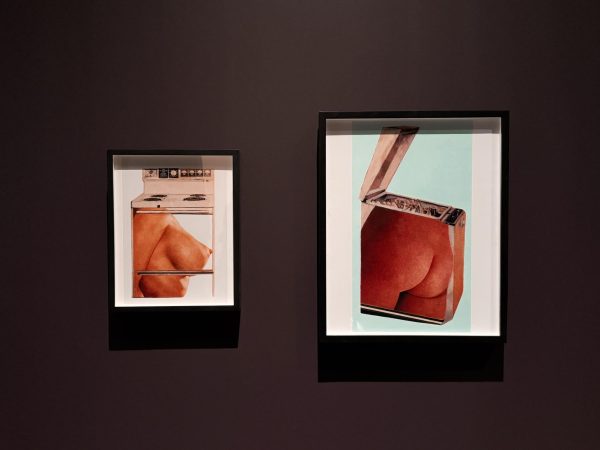
“The Big Rip-Up” section focuses on the use of collage by some protofeminist surreal artists. Martha Edeheit’s grand painting,“Flesh Wall with Table,” shows an amalgamation of naked women painted in lucid pastel colors. The female models are not performing, like most nude women subjects are, for the male gaze. Rather, they contort themselves into comfortable, relaxing positions, splaying about the canvas without any self-reproach.
Edelheit’s painting works in tandem with the show’s “Body Ego” section, focusing on the use of unexpected materials to create representations of the human figure. Judy Chicago’s “In My Mother’s House” is a blue, gold, orange and red painted stoneware representation of a vulva. This section does not skimp on the womb and vaginal imagery, which also plays an important role in ’70s feminist art.
Finally, the “Show of Force” section tackles the political turmoil of the decade, showcasing artists’ reactions to violence in the United States and abroad. Peter Saul’s gigantic “Saigon” painting presents a neon hellish dreamscape in protest of the Vietnam War, relying on “ugly stereotypes of both Vietnamese women and American soldiers.” Most disturbingly, Saul paints cartoonish, bloody women being tied up and attacked by monsters with googly eyes. In neon block letters to the bottom left of the painting is the sentence “WHITE BOYS TORTURING AND RAPING THE PEOPLE OF SAIGON.”
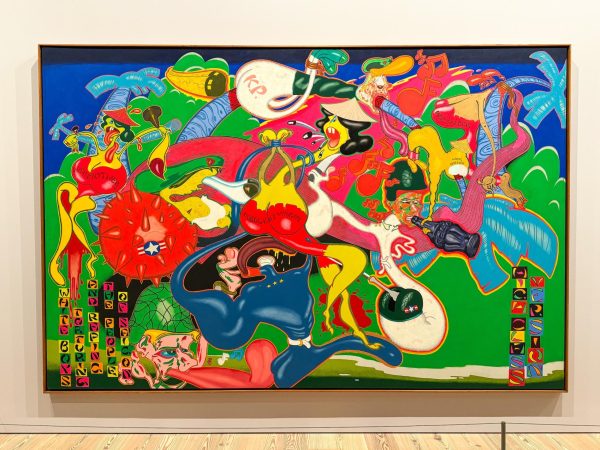
“Sixties Surreal” not only gives viewers a chance to see a plethora of thought-provoking art, but it also provides a whole new context to the artistic movement’s subject matter. I certainly learned a lot, and felt my own opinions toward surrealism changing. I admittedly have never been a fan of the movement’s grandfather Salvador Dalí, and had largely overlooked the genre because of that. This show at the Whitney opened up my mind.
“Sixties Surreal” will be open at the Whitney through Jan. 19, and admission to the museum is free for NYU students.
Contact Alexa Donovan at [email protected].

